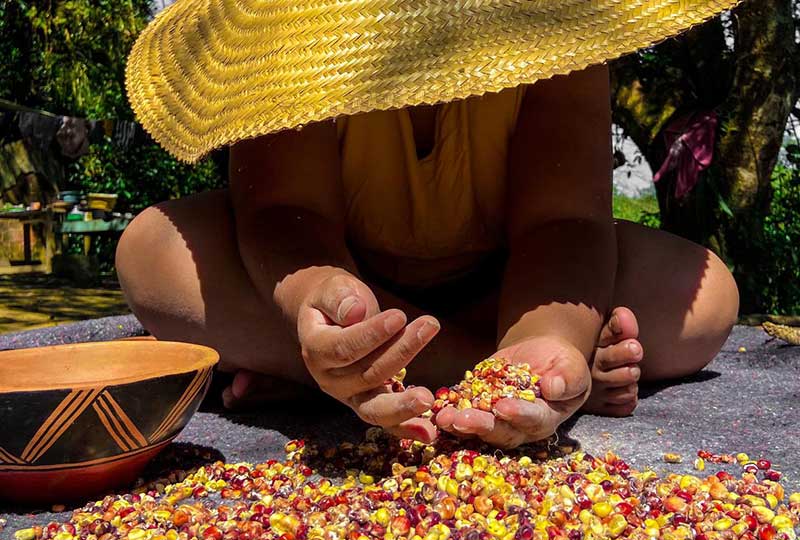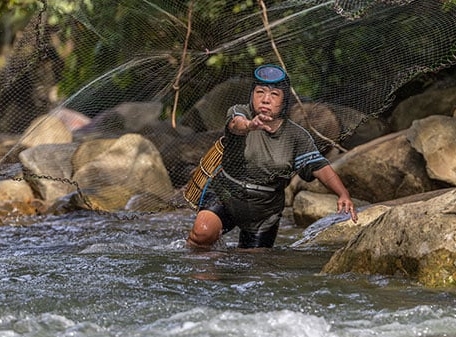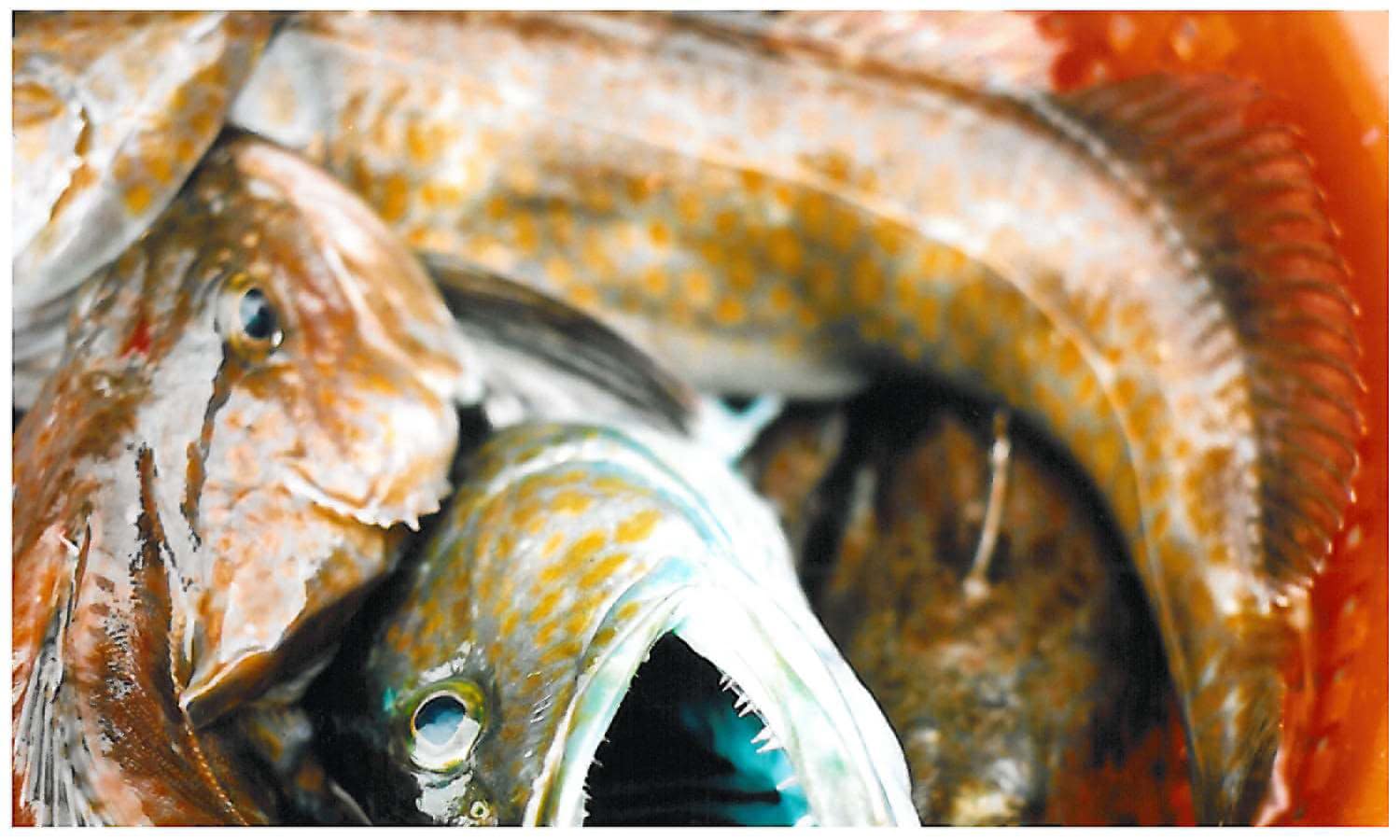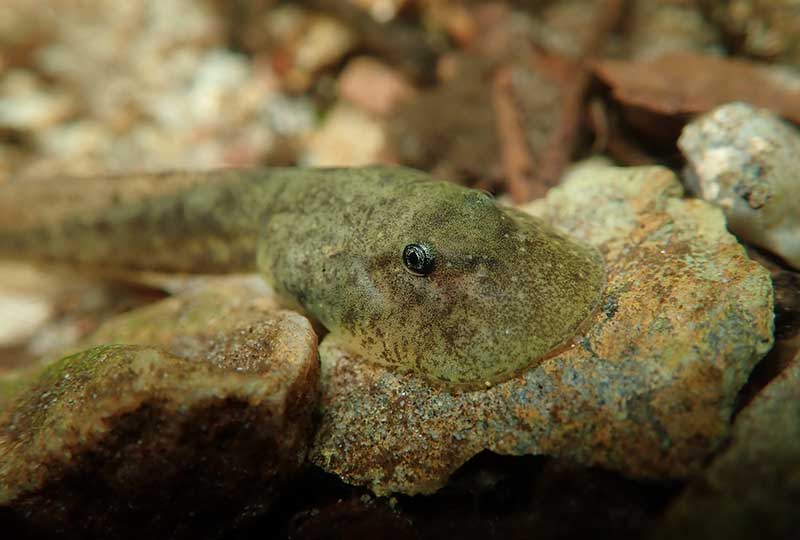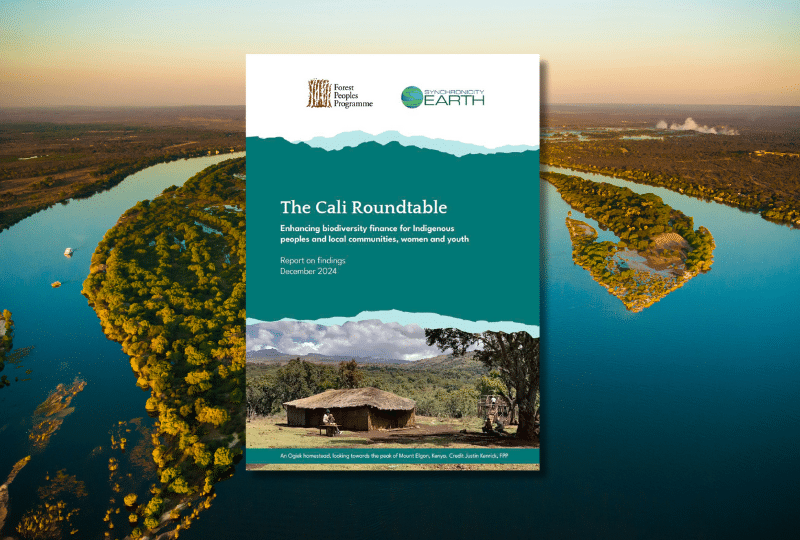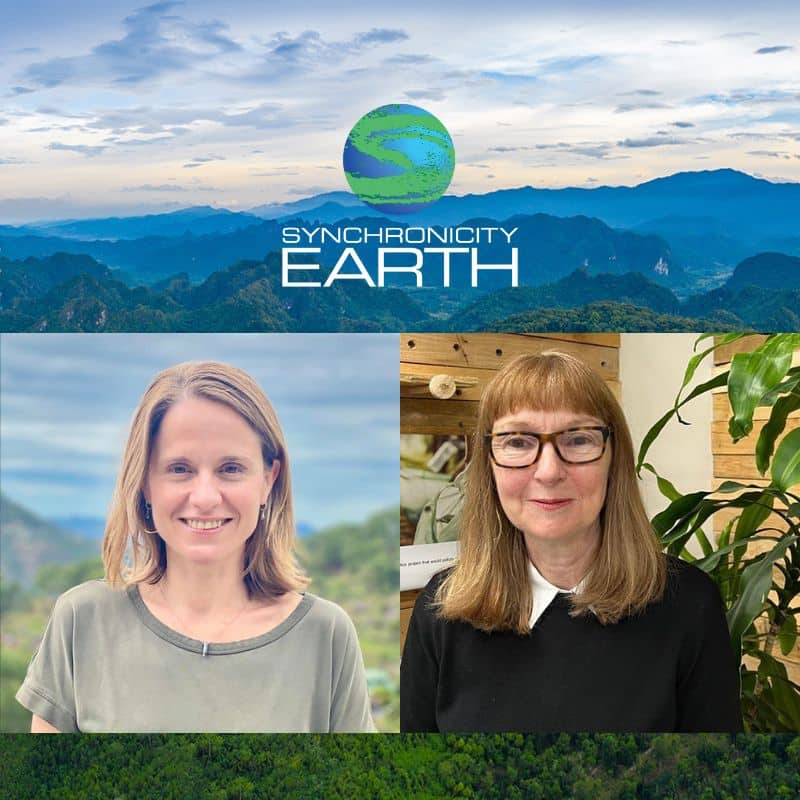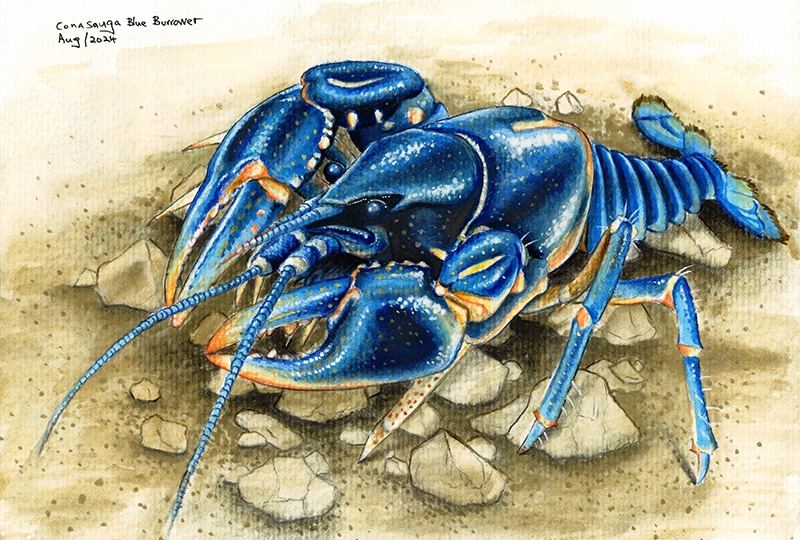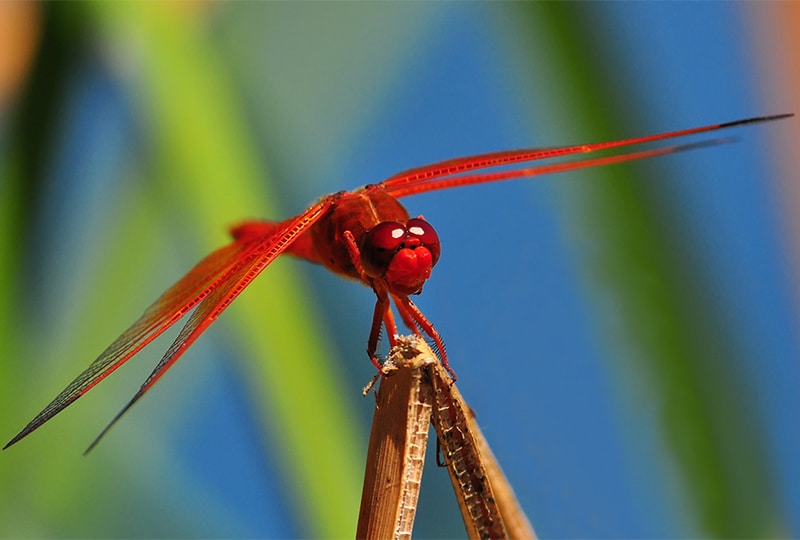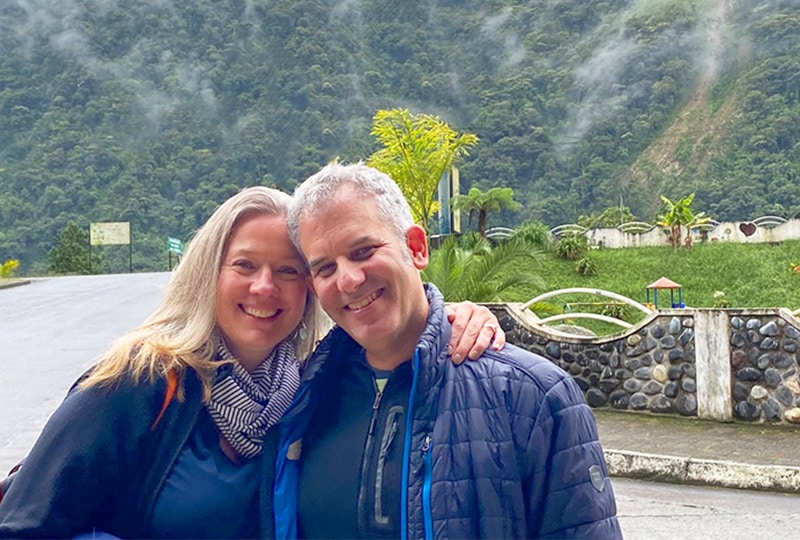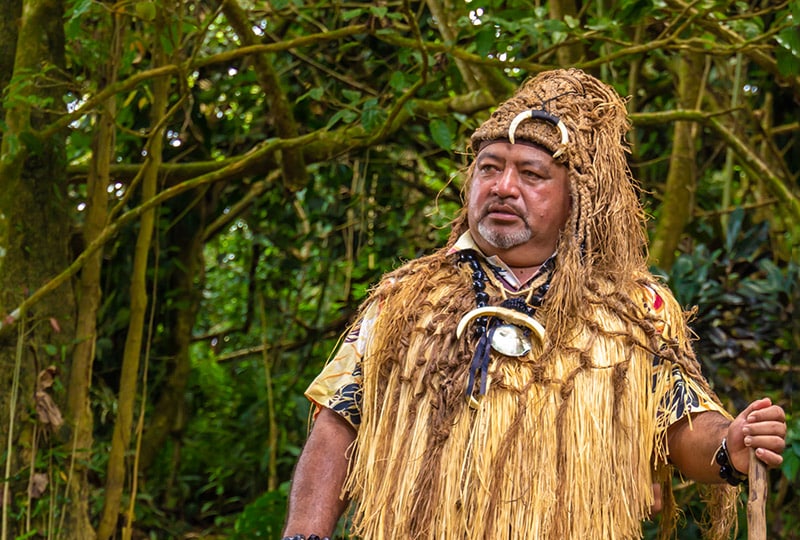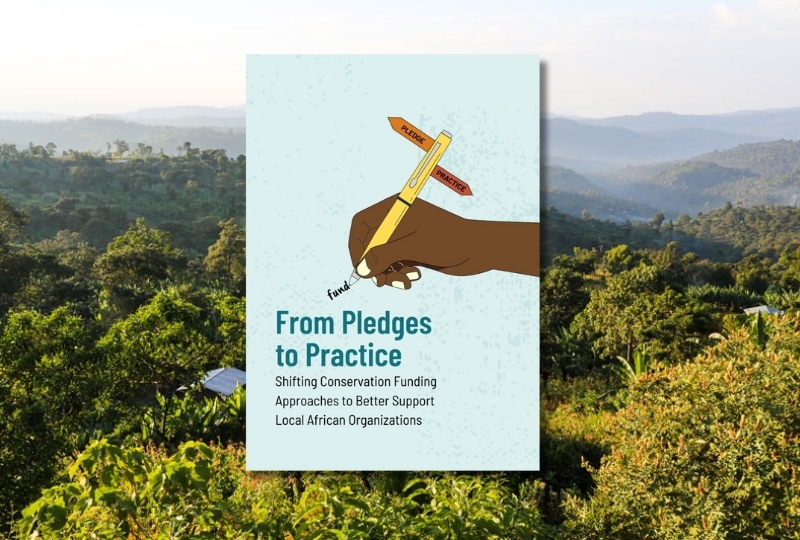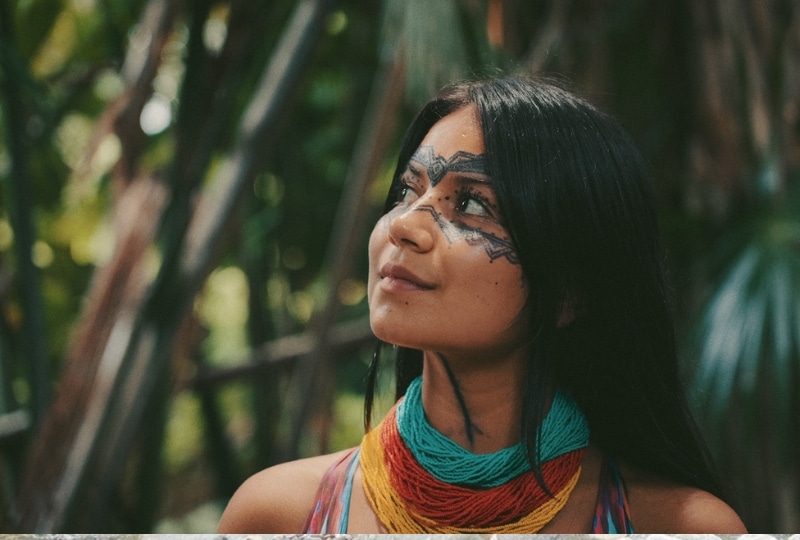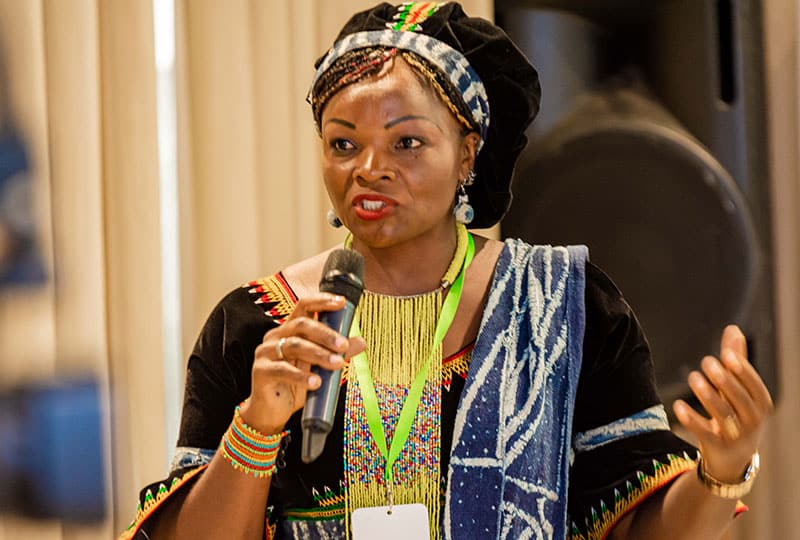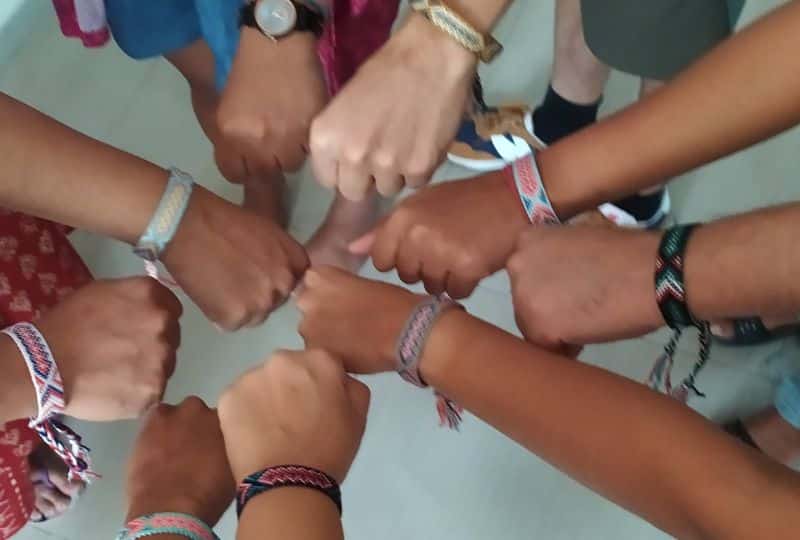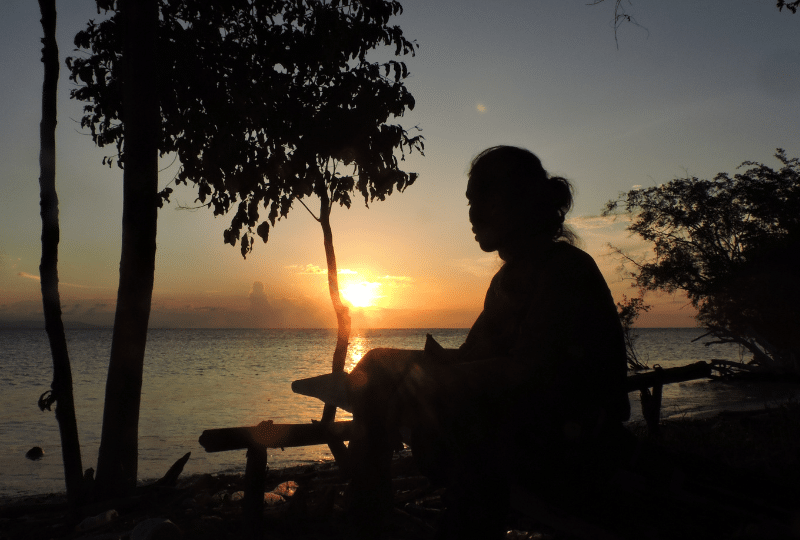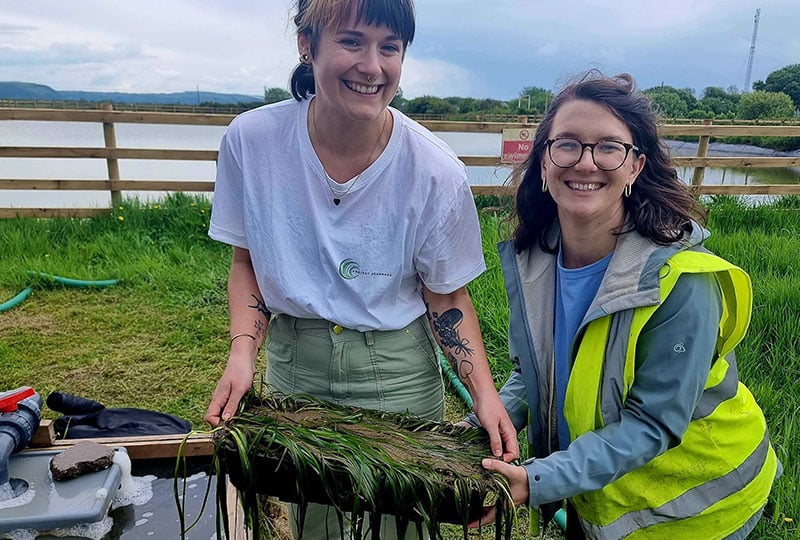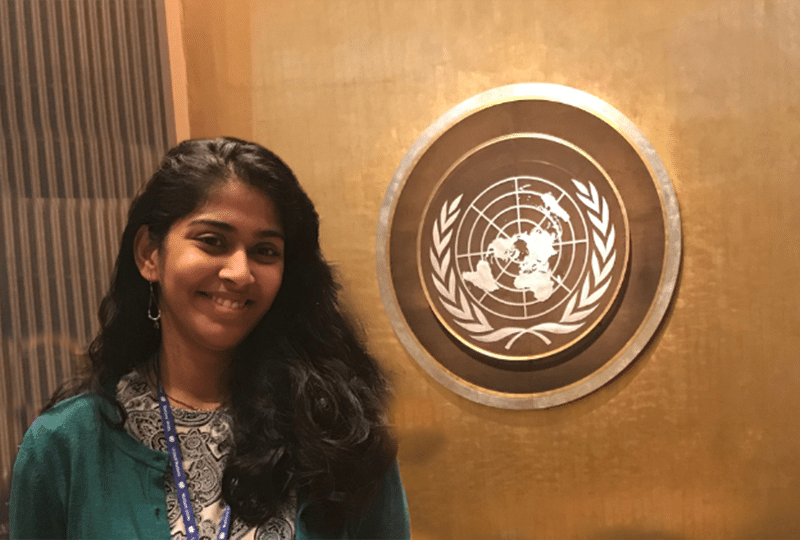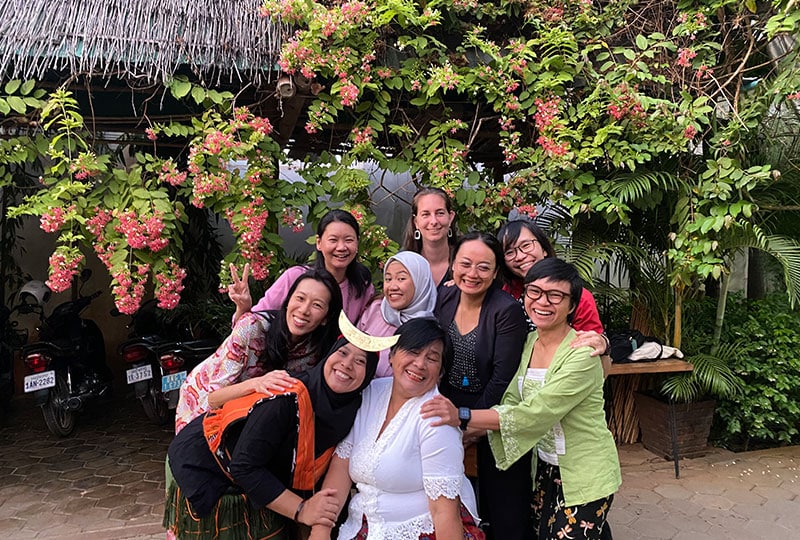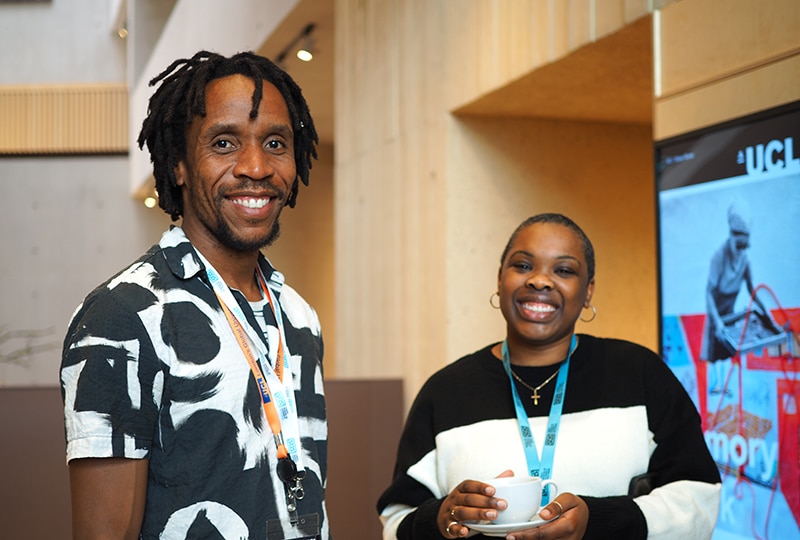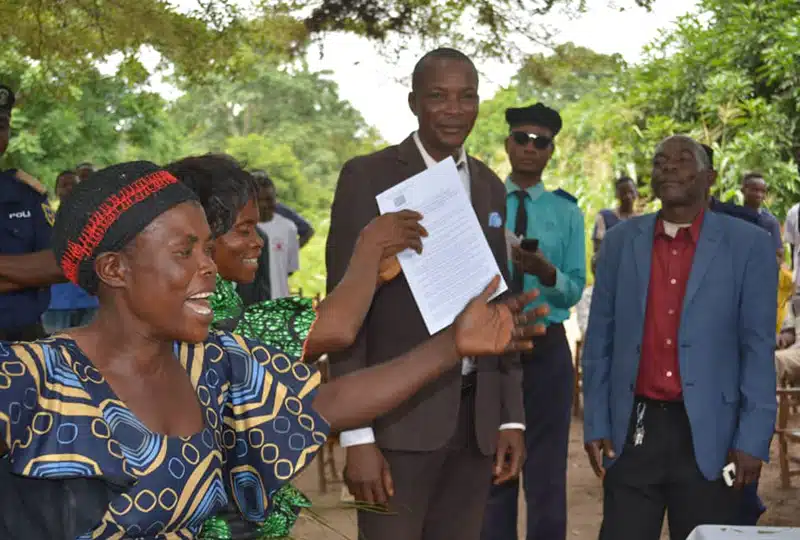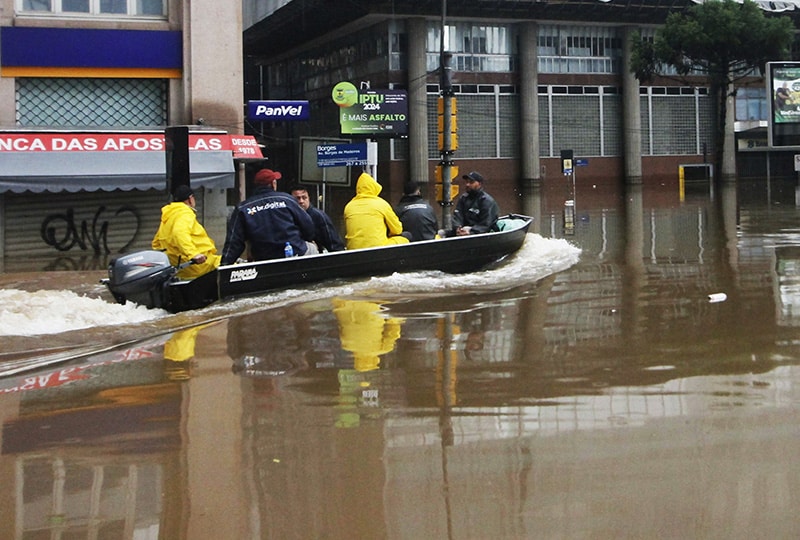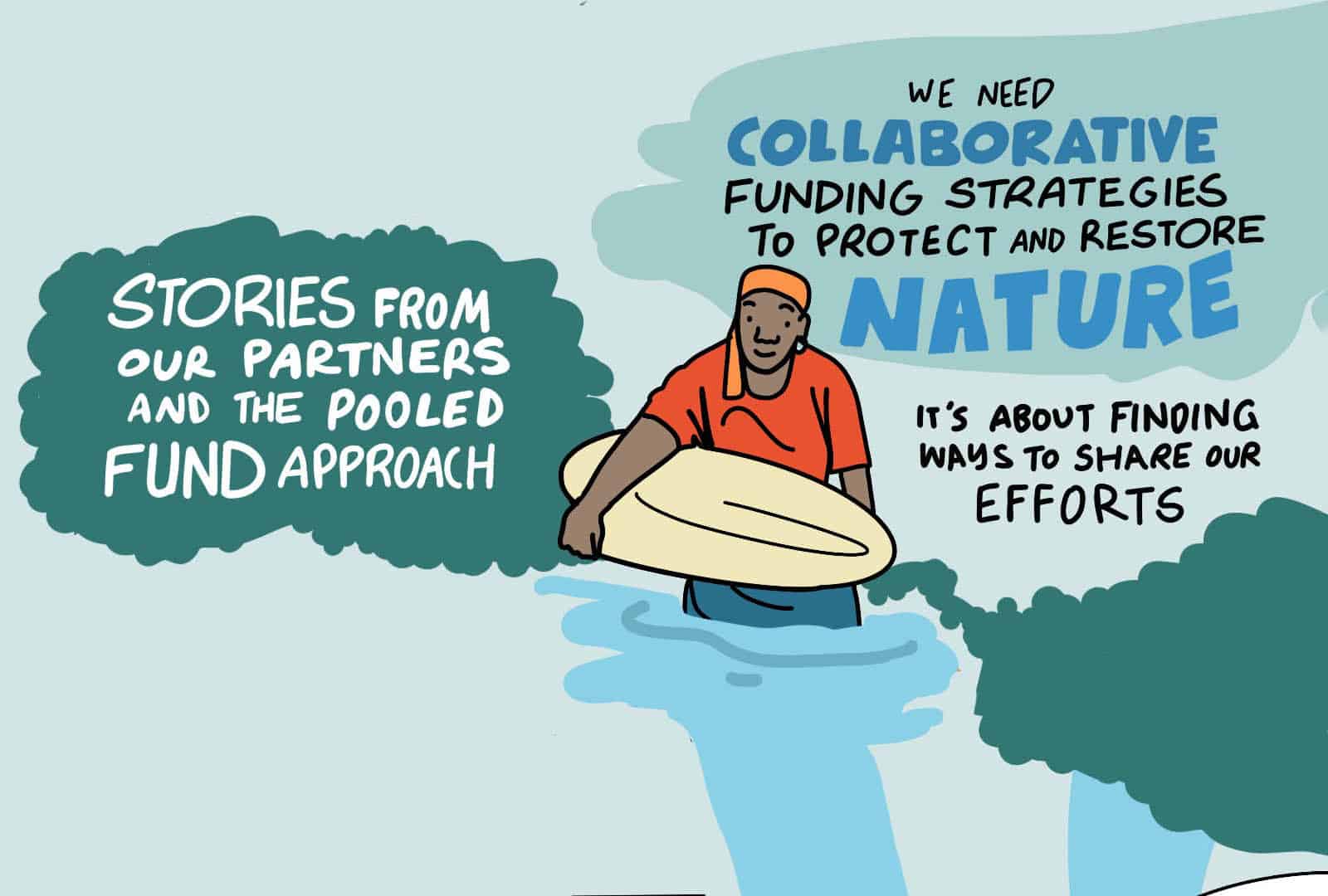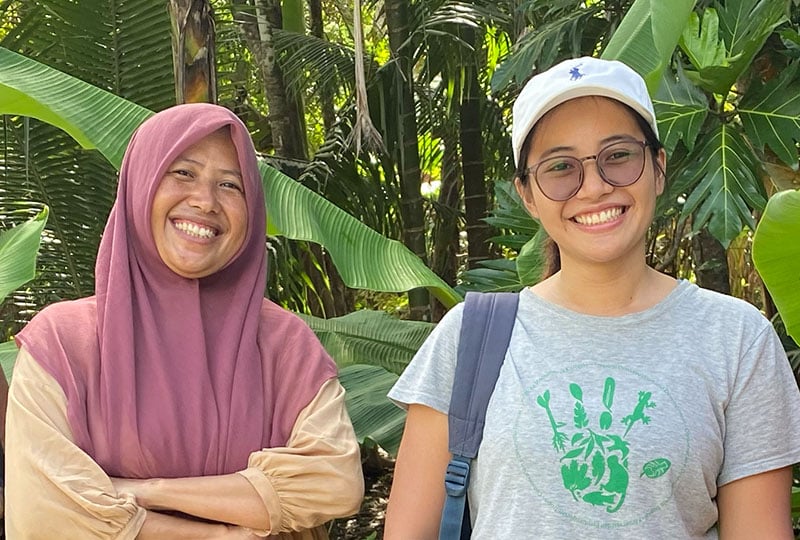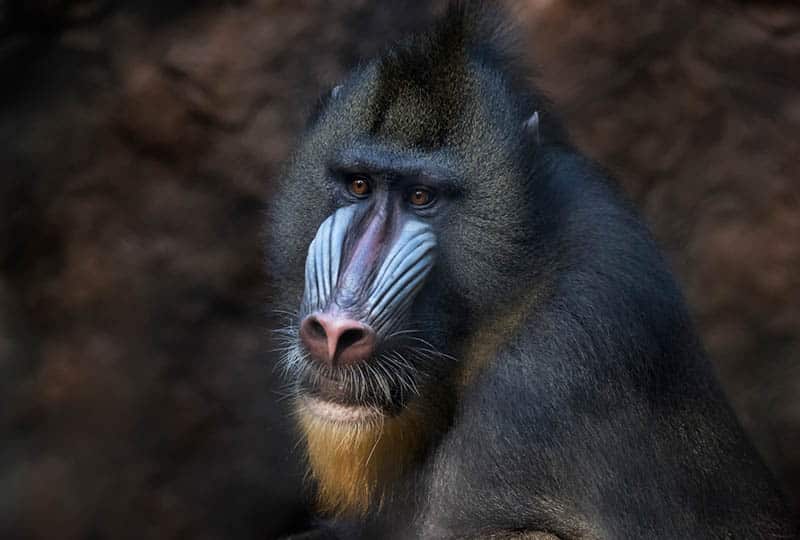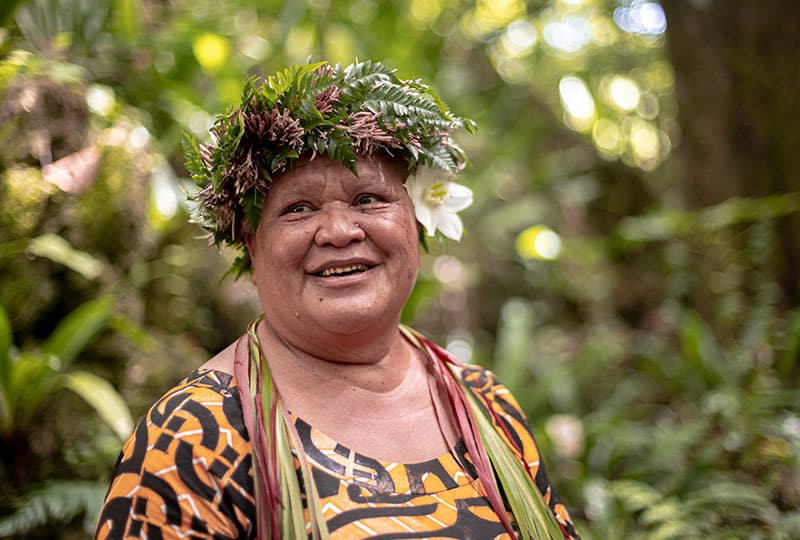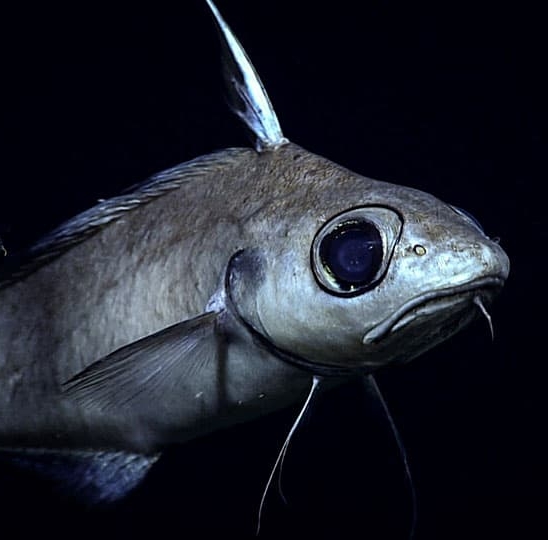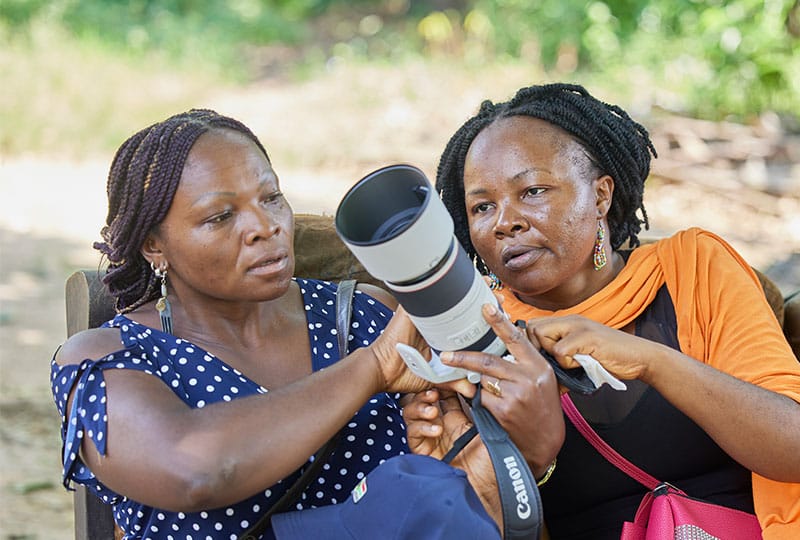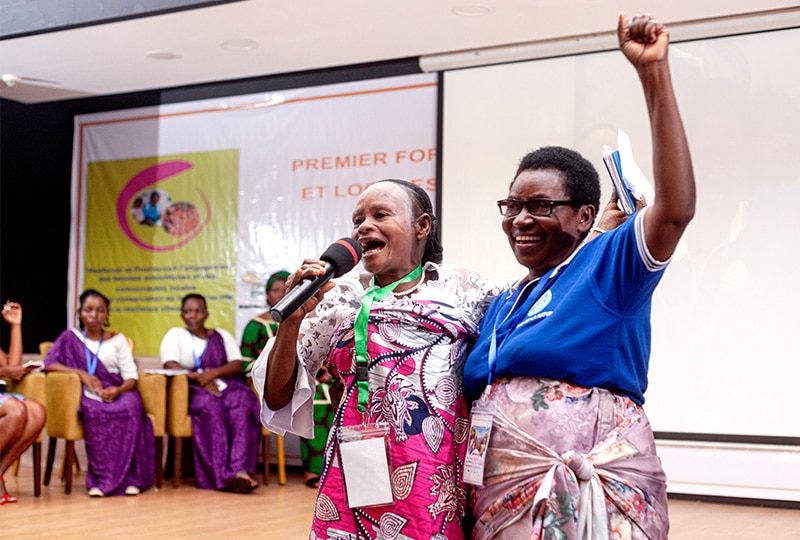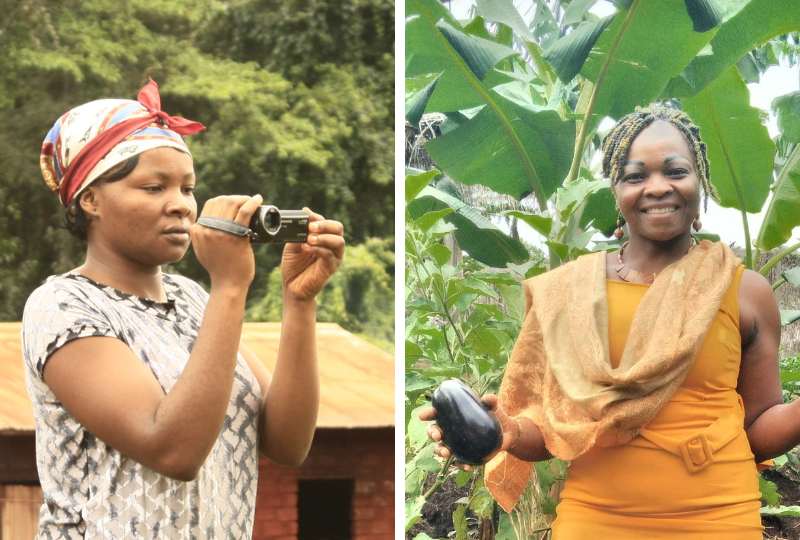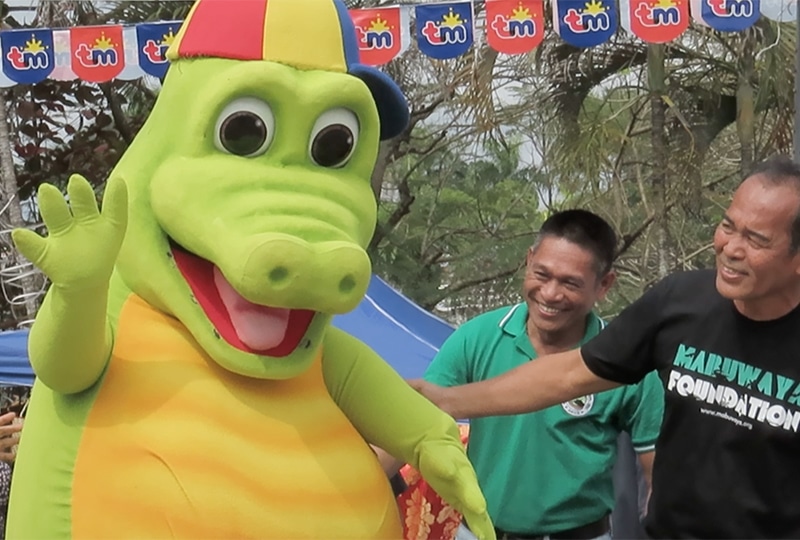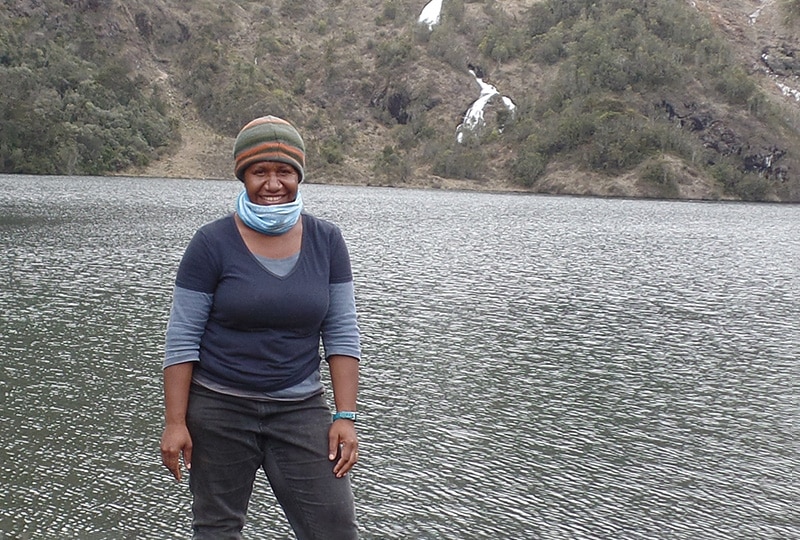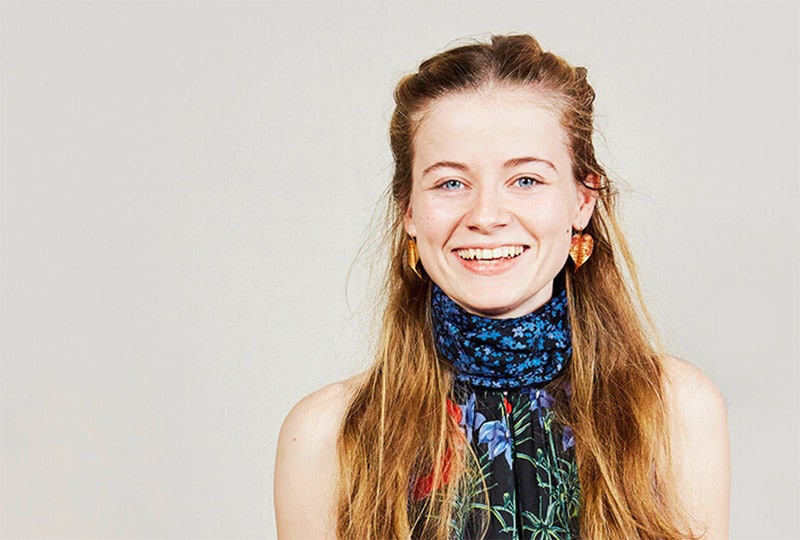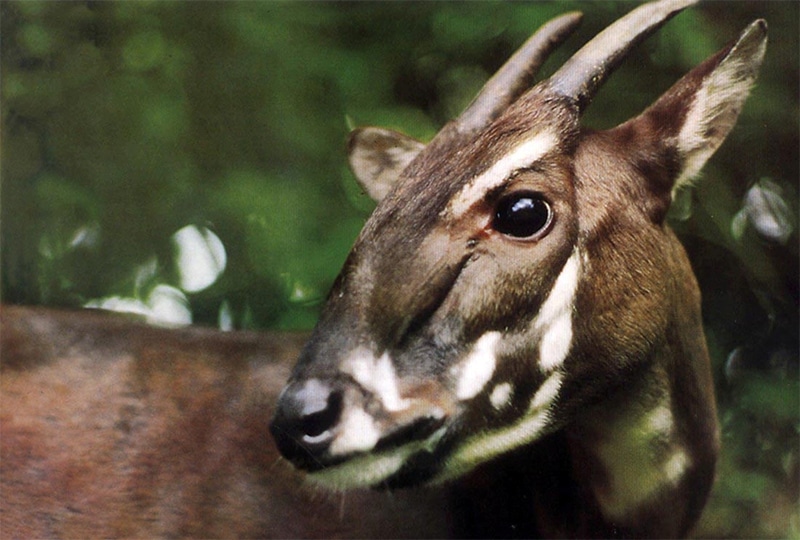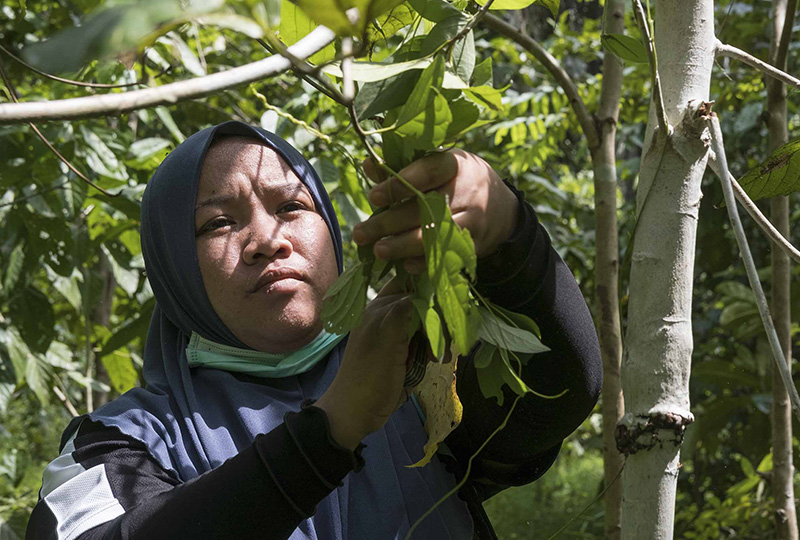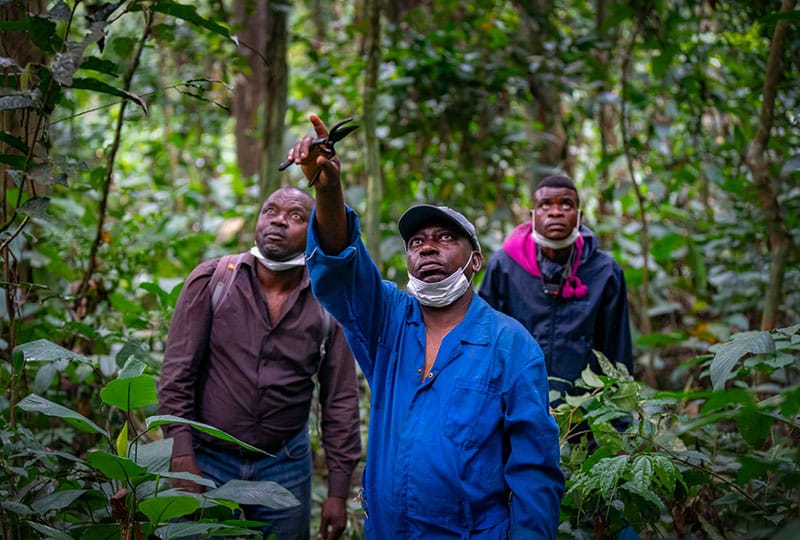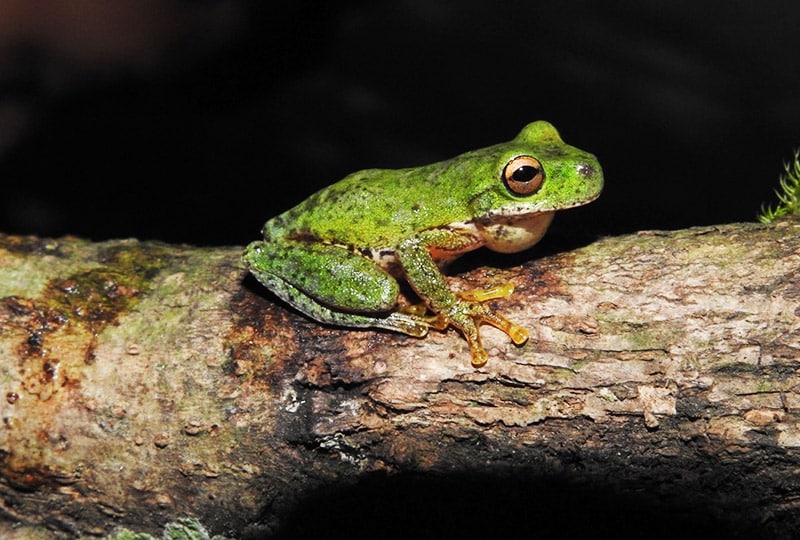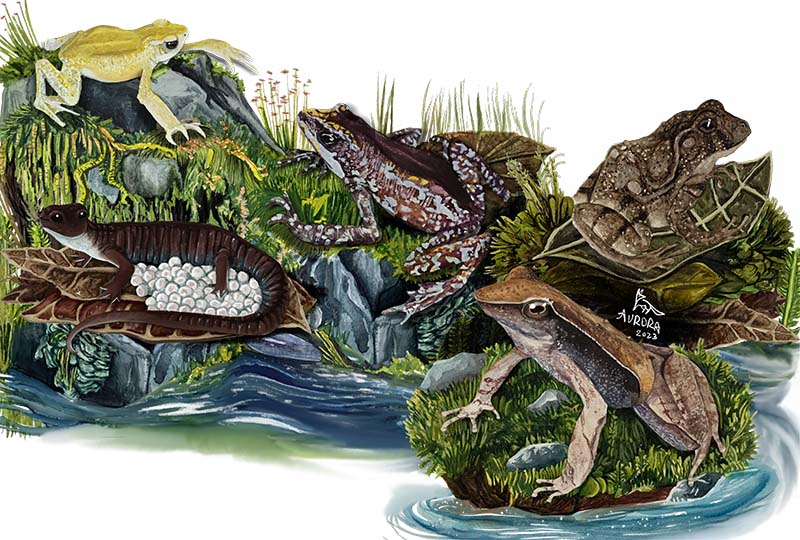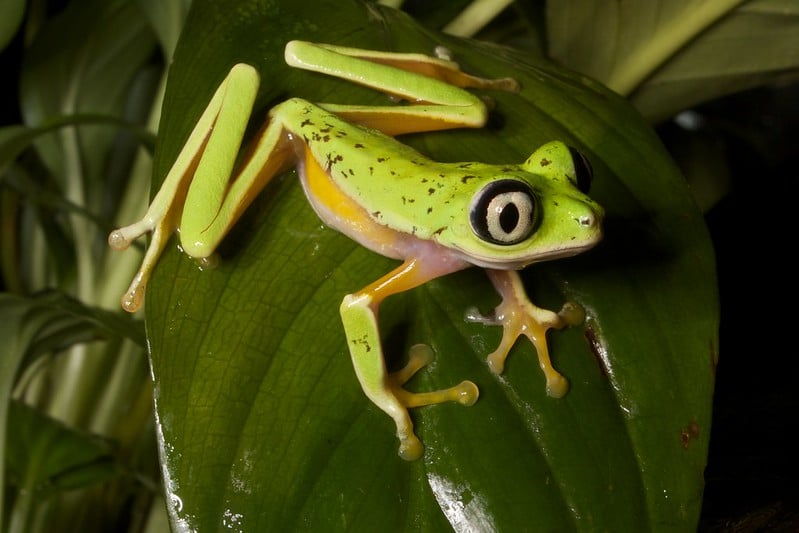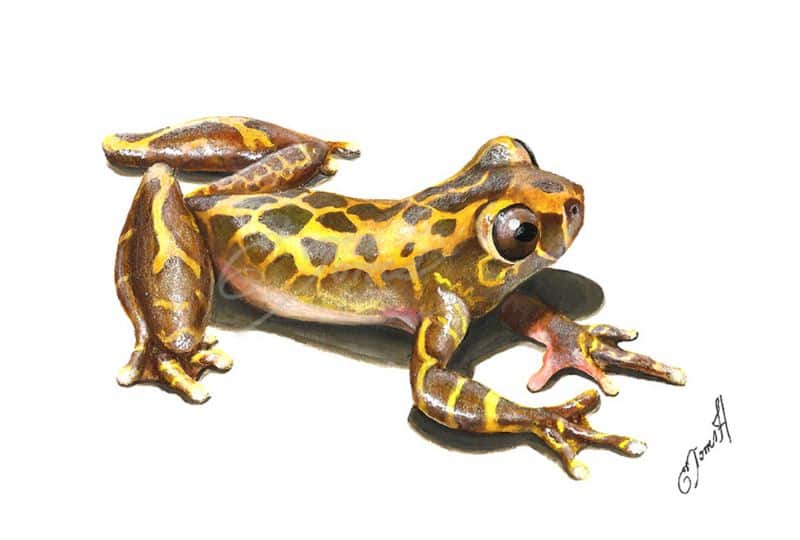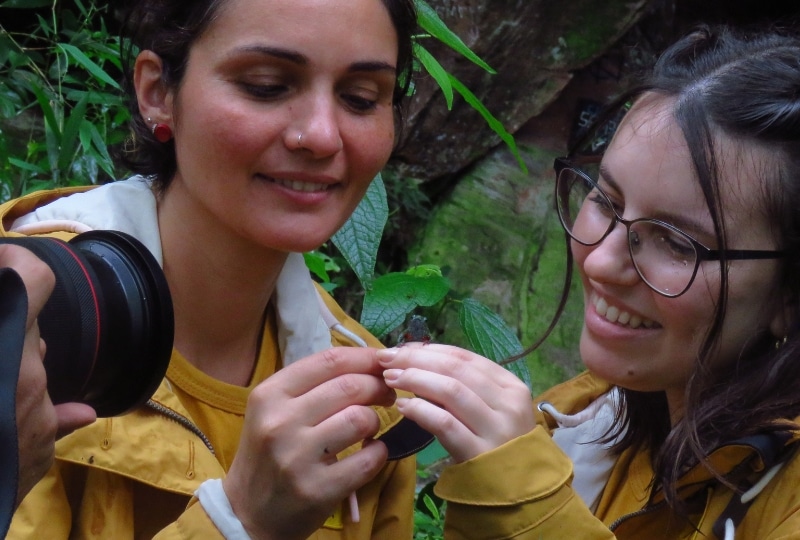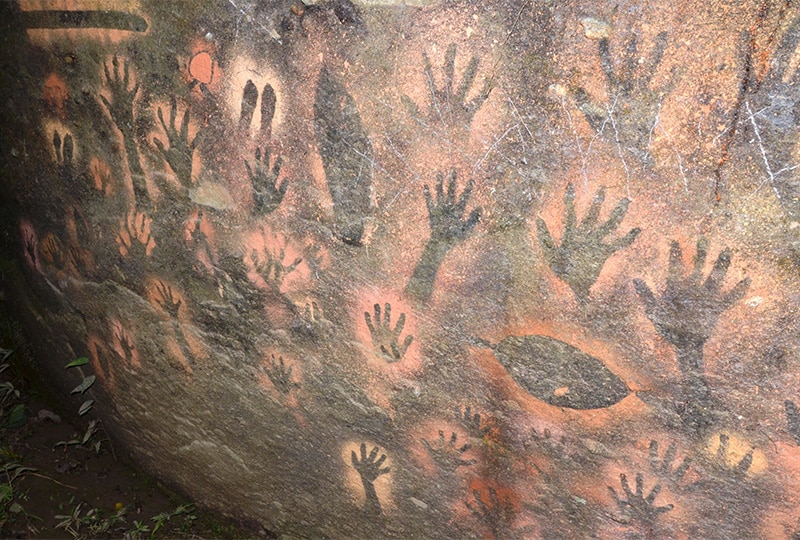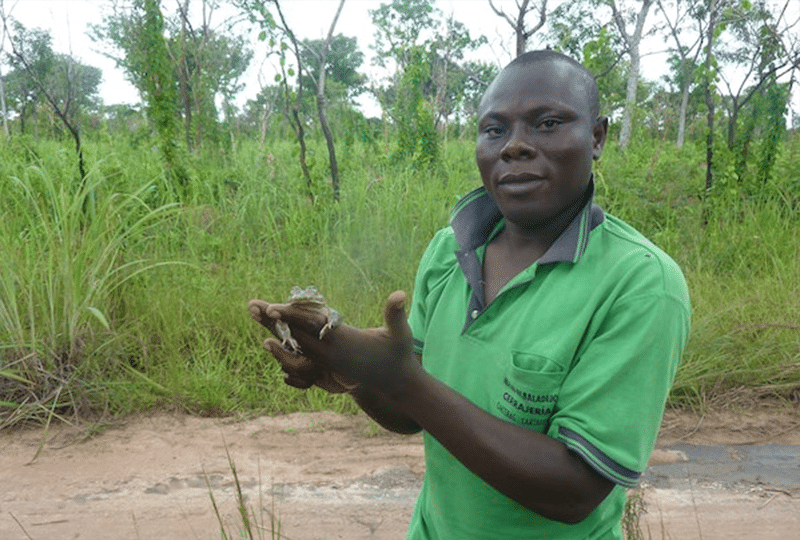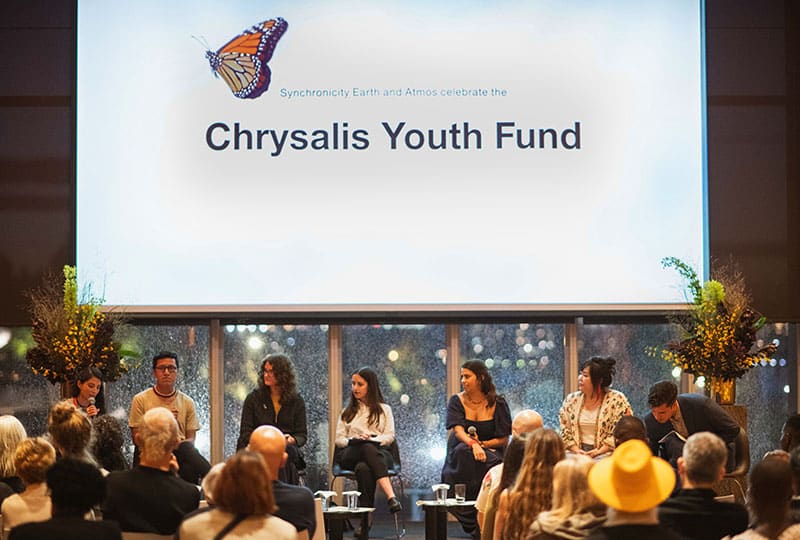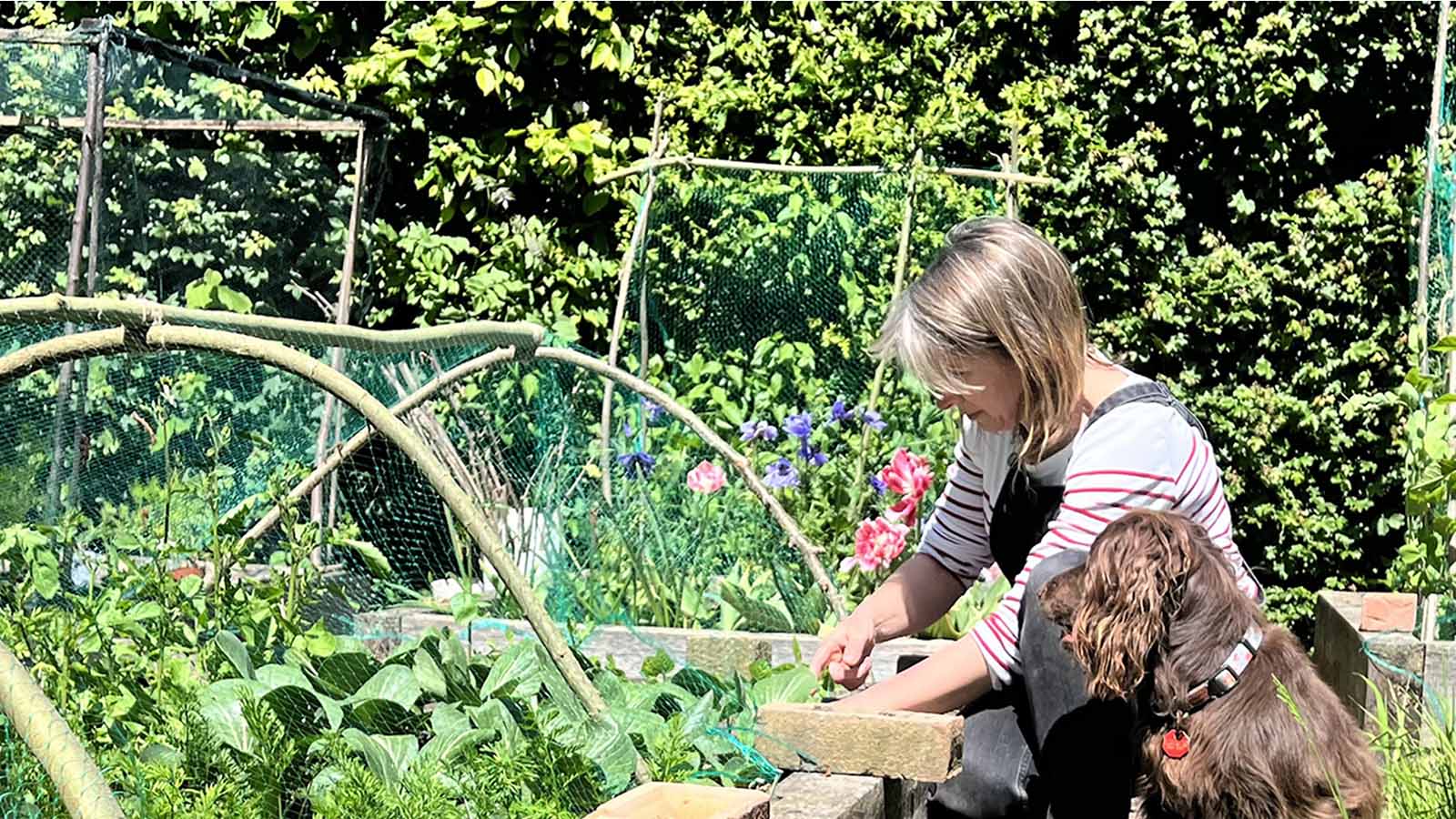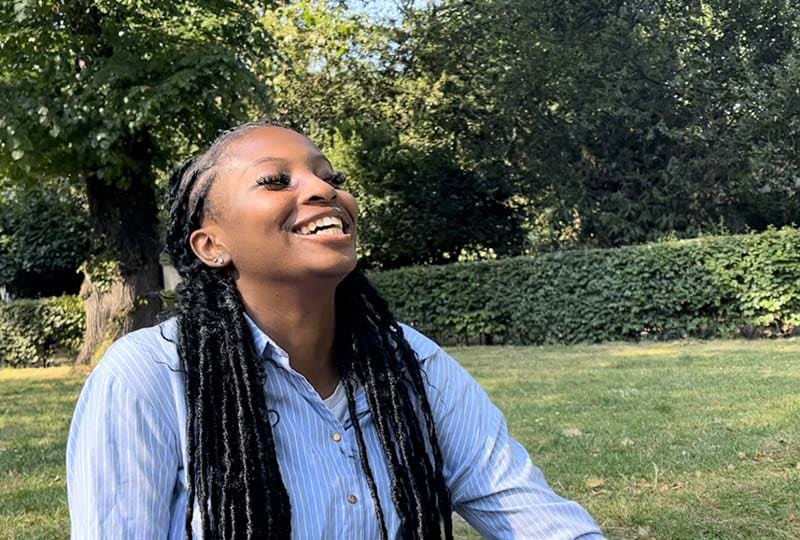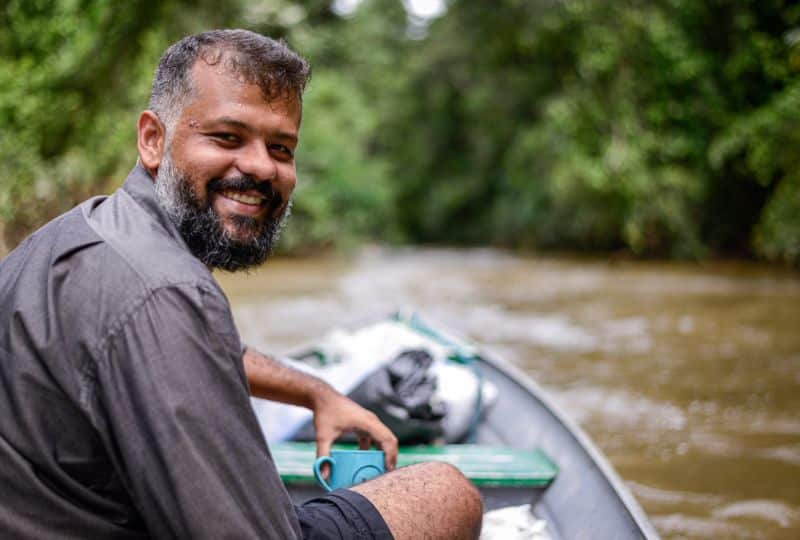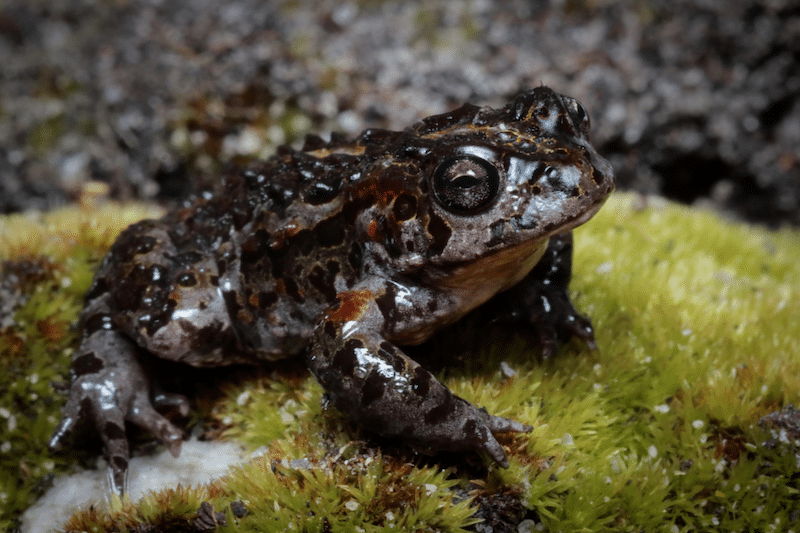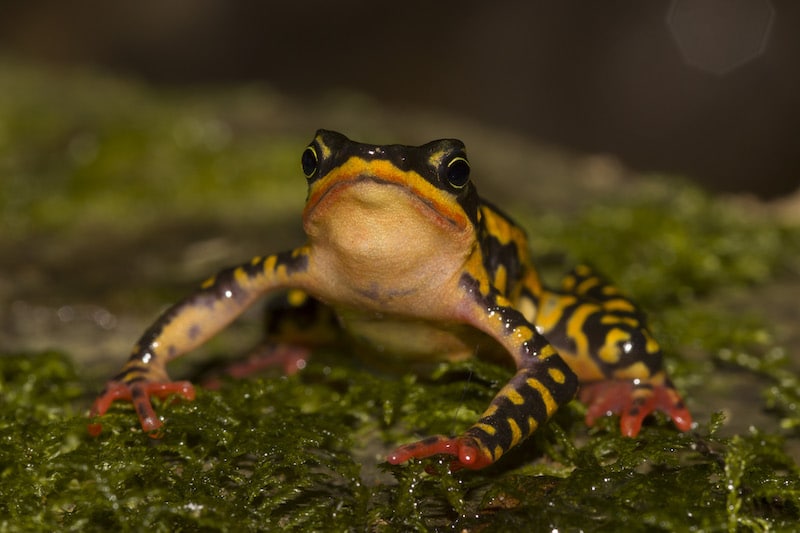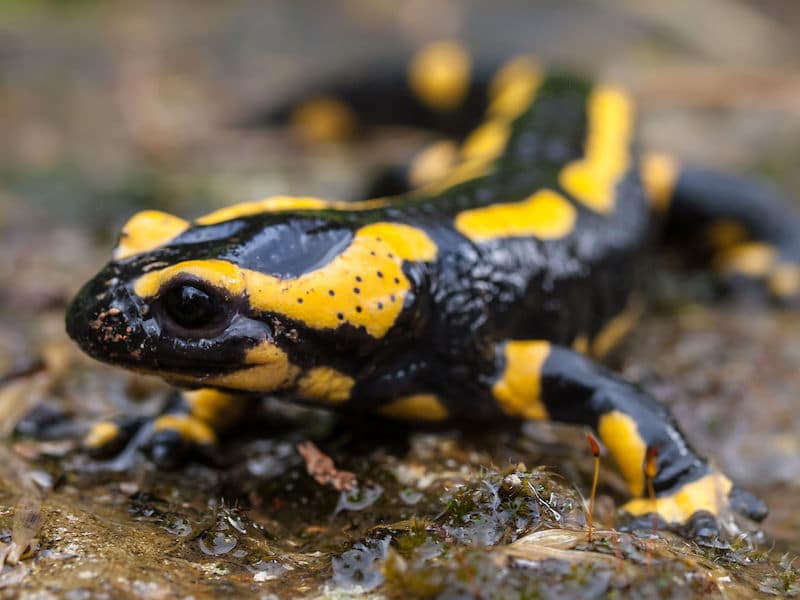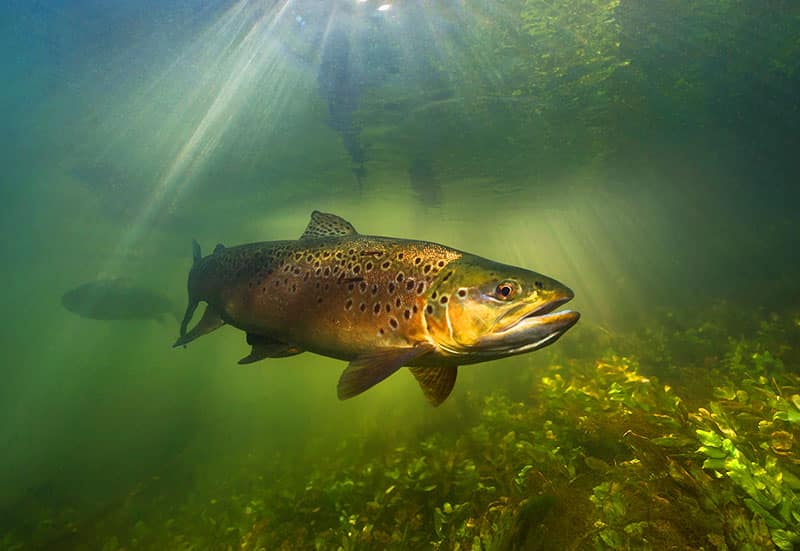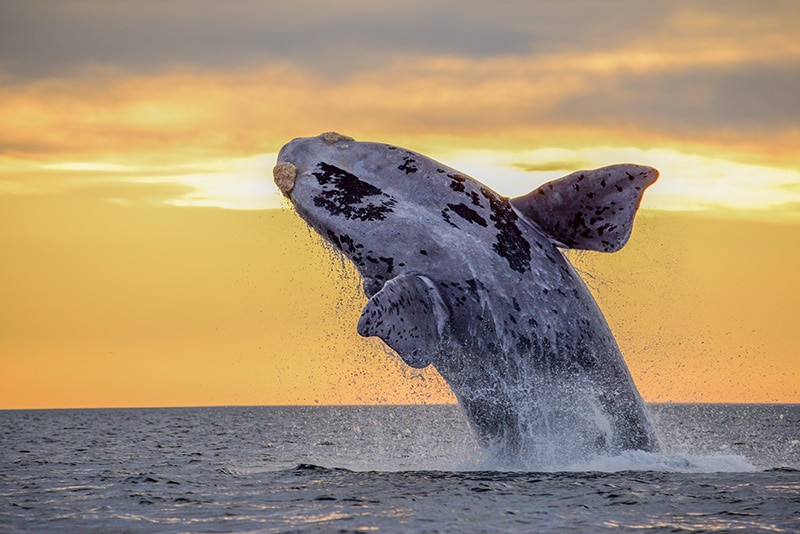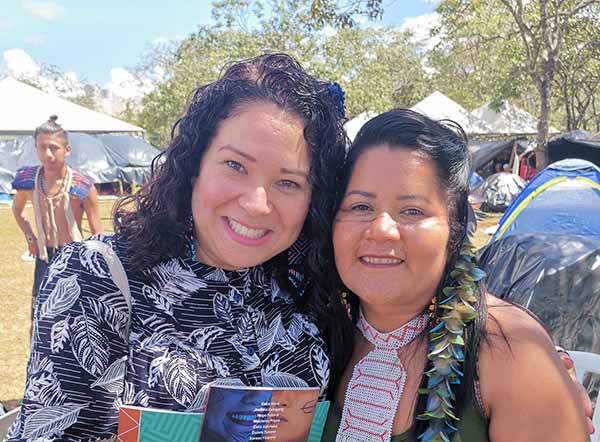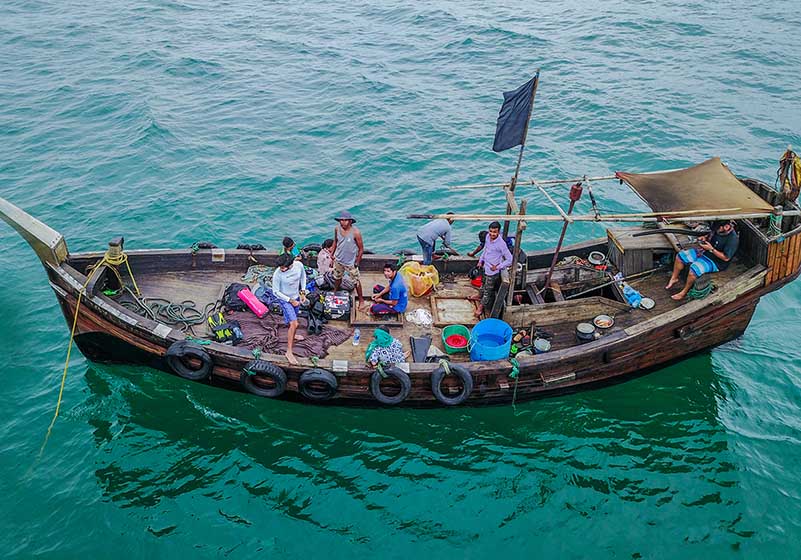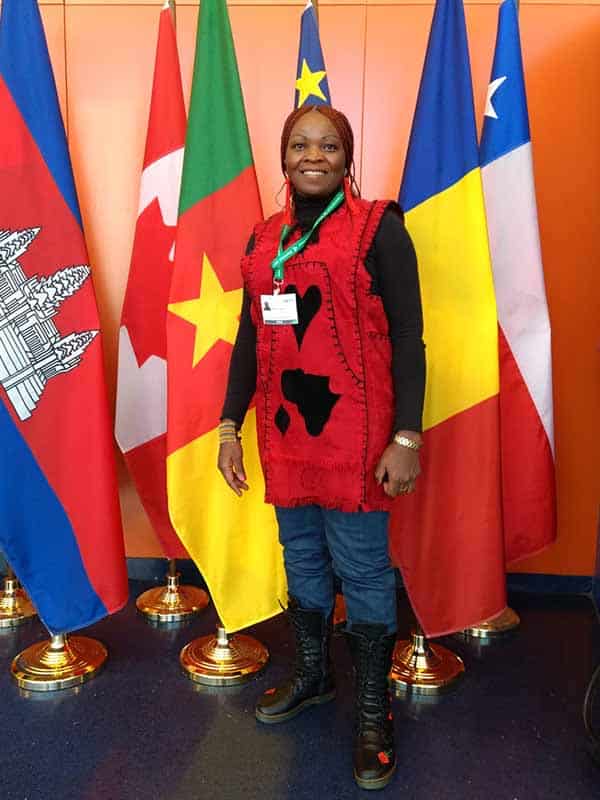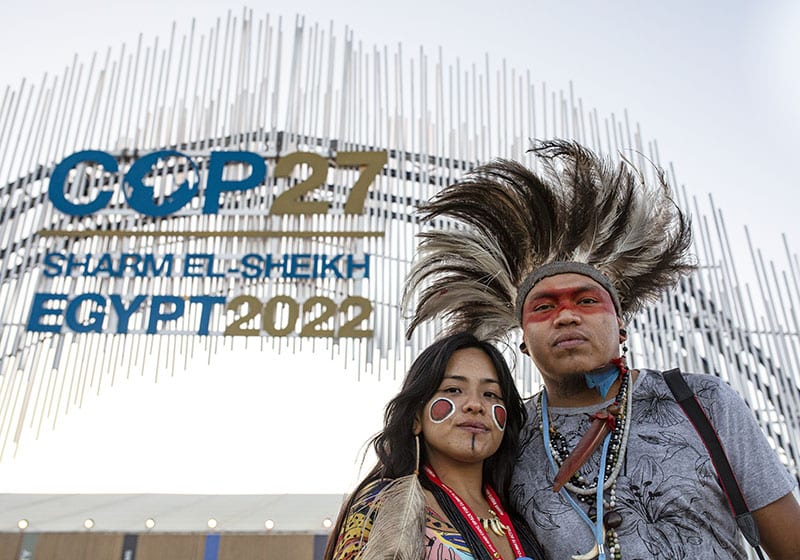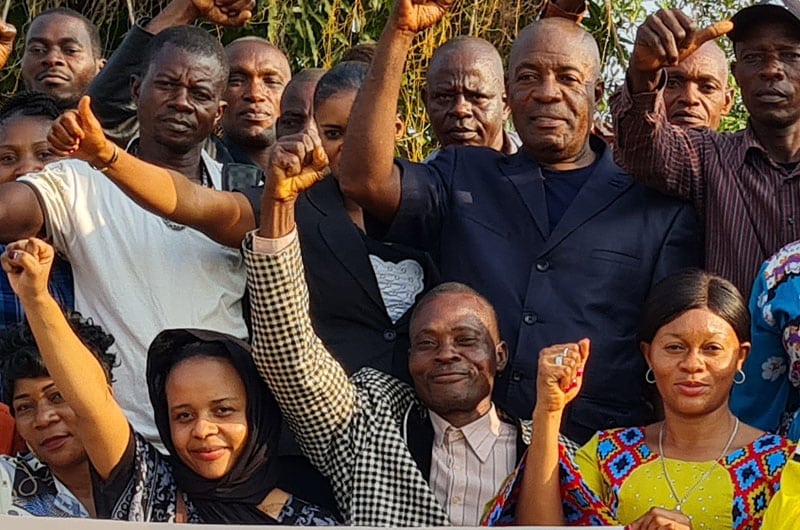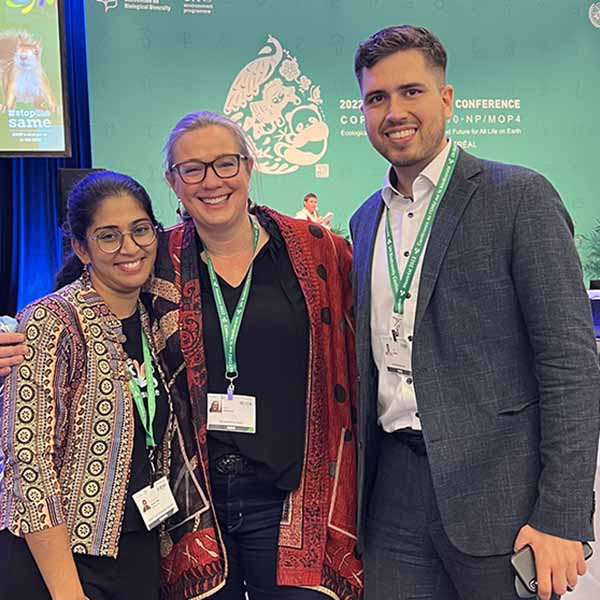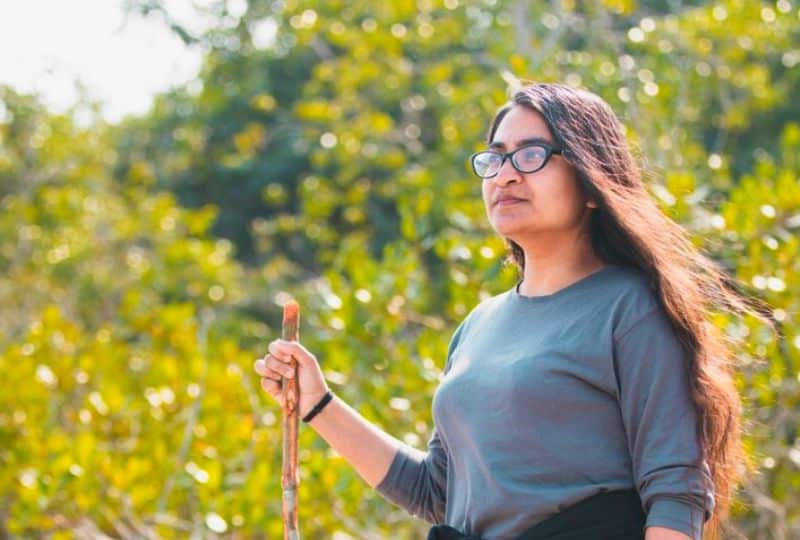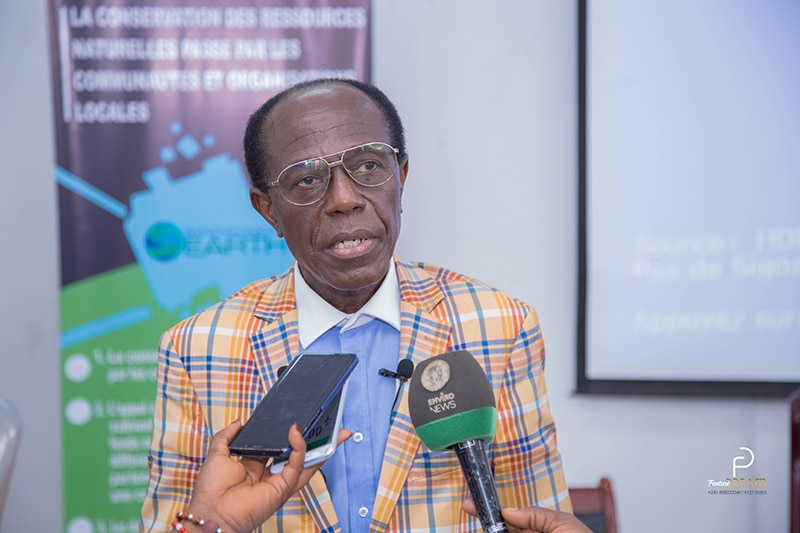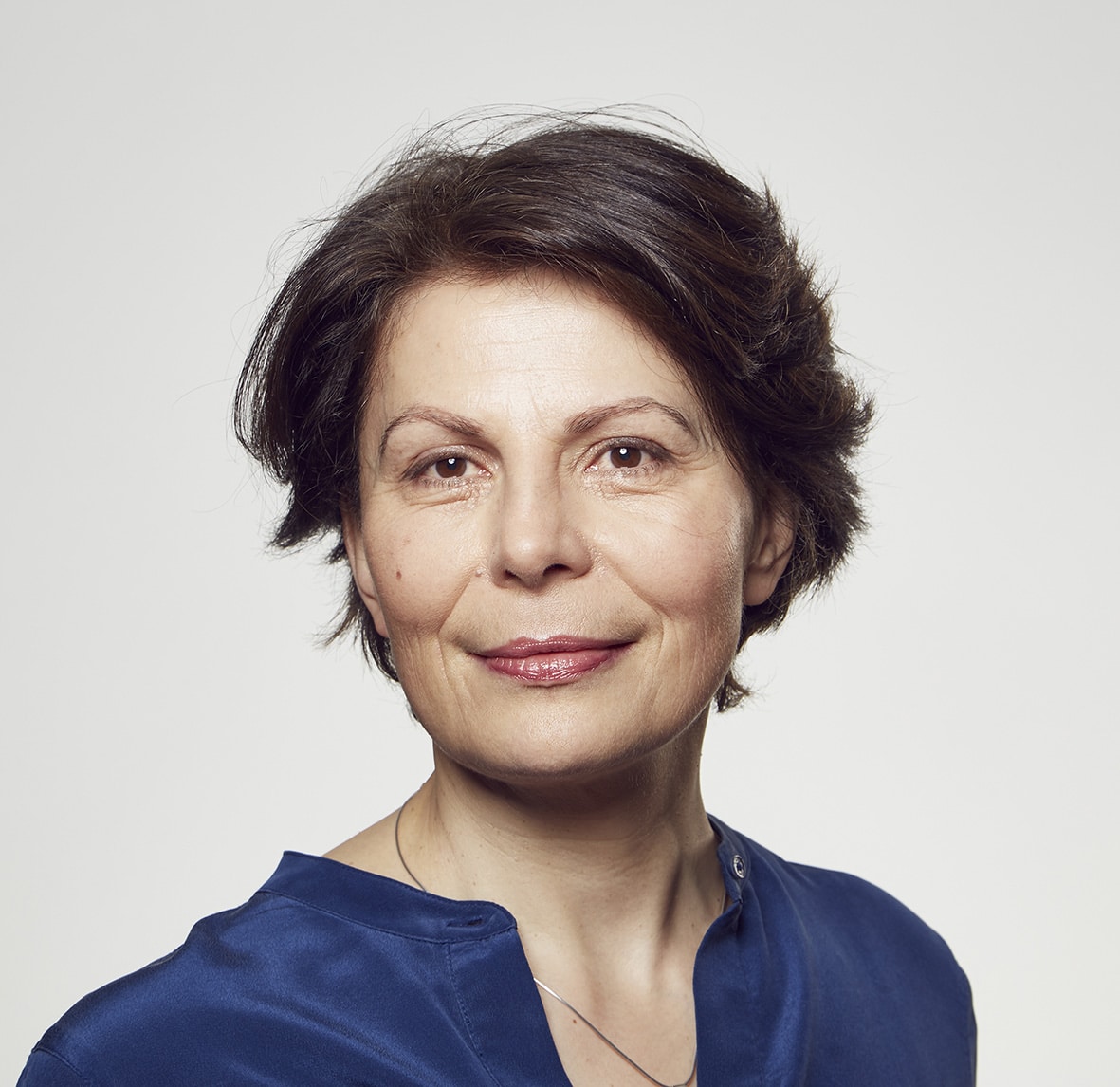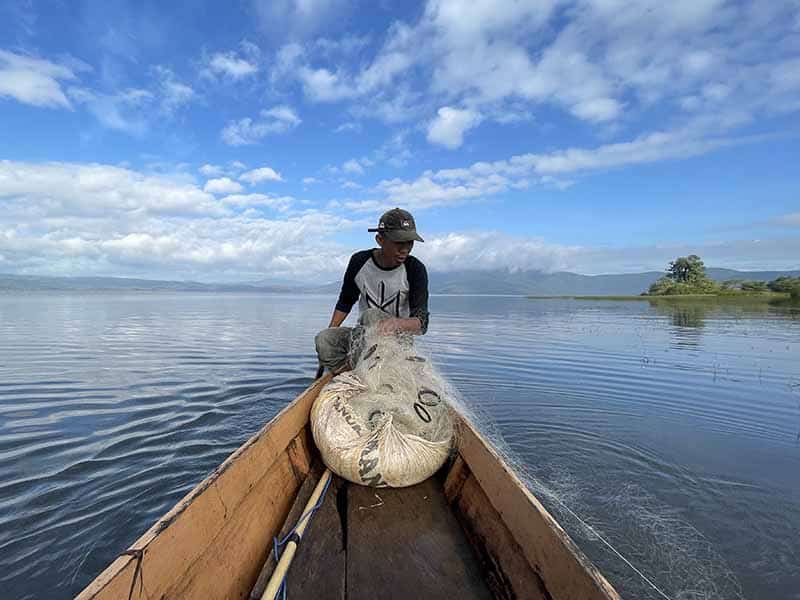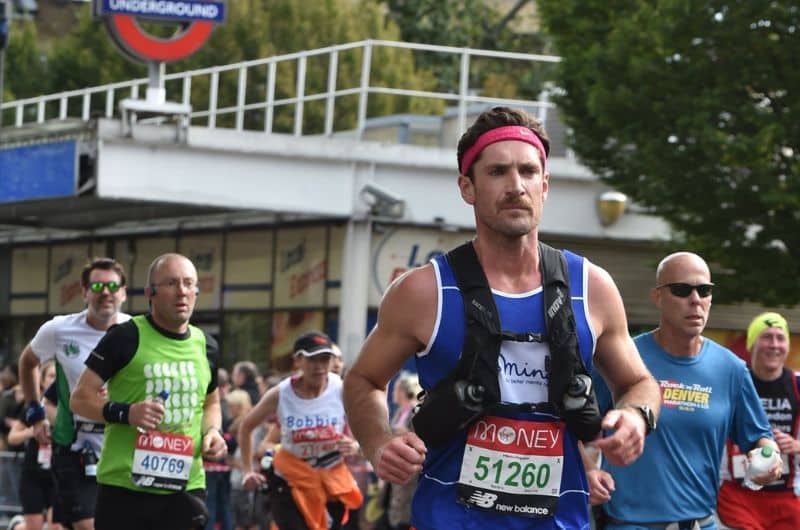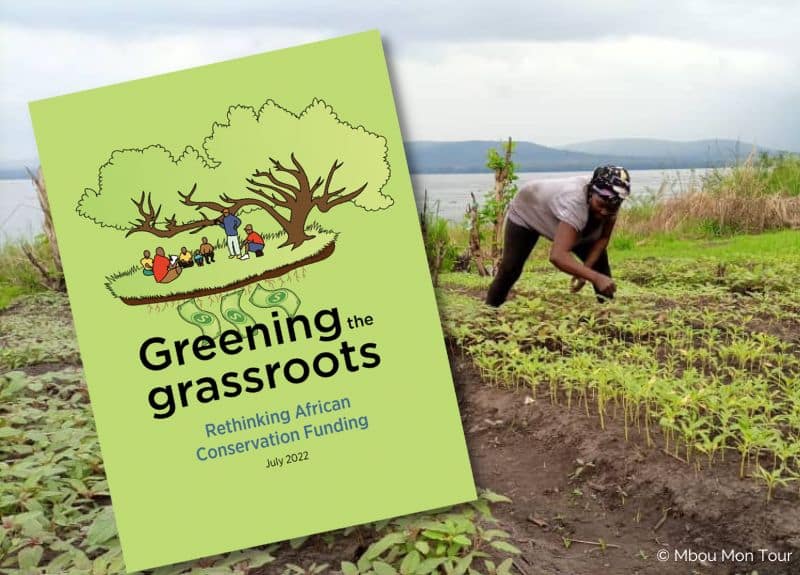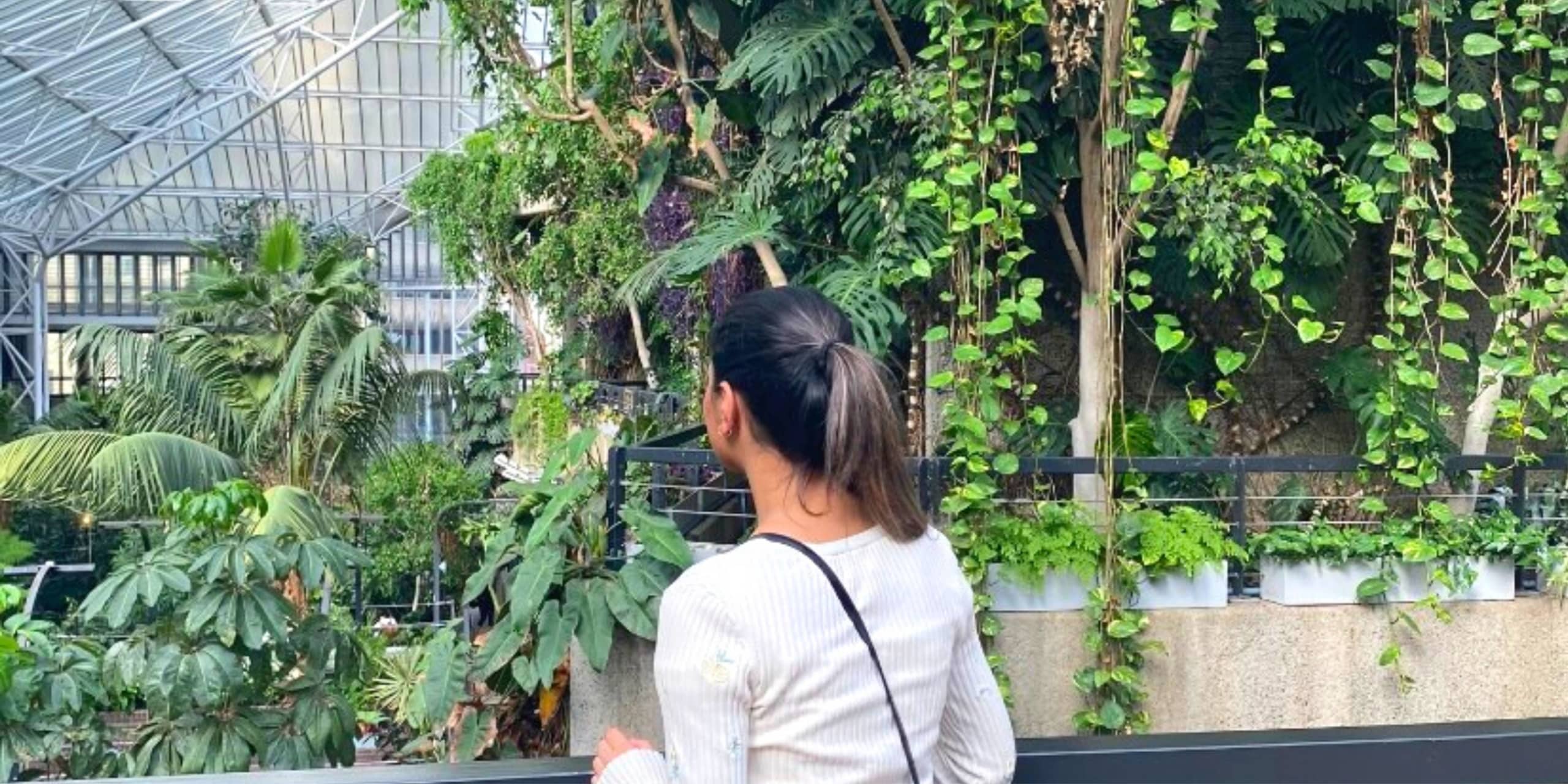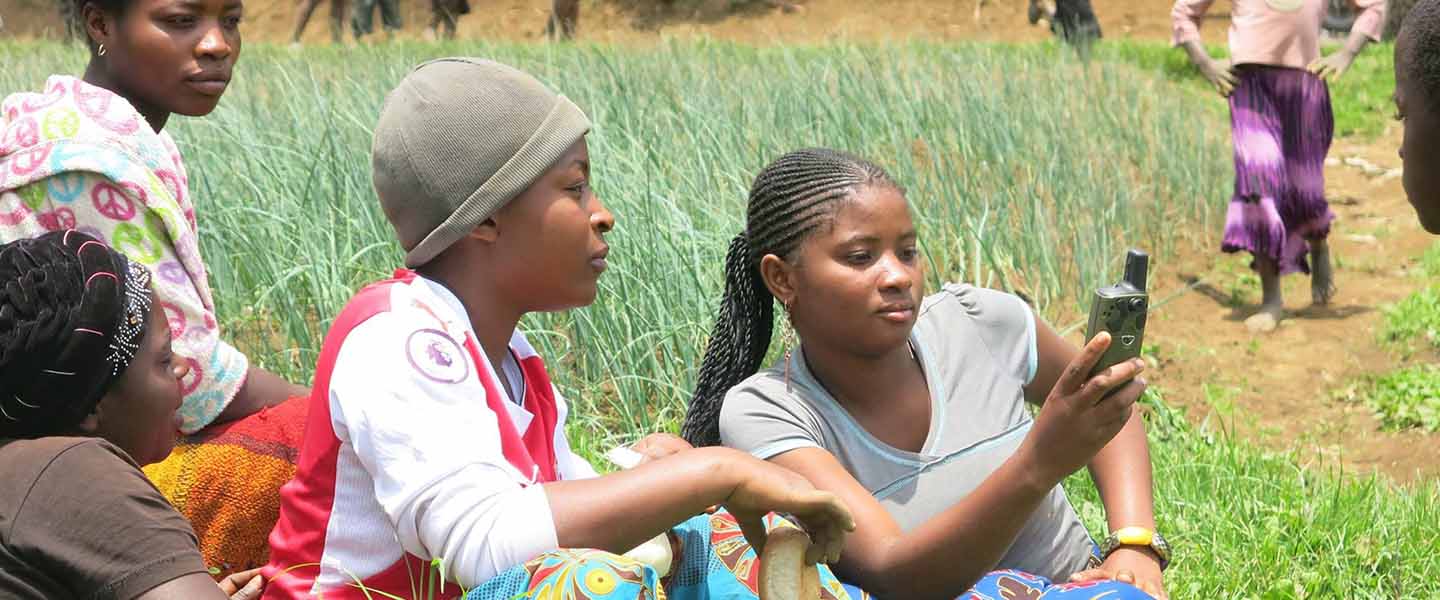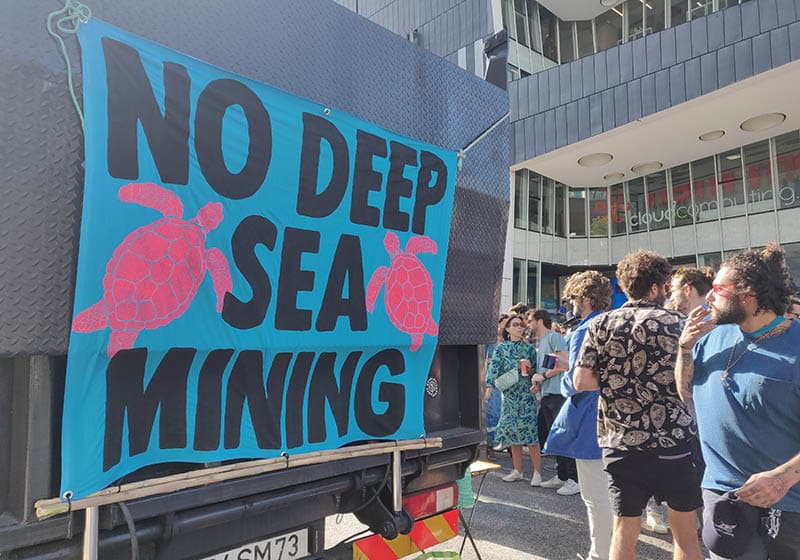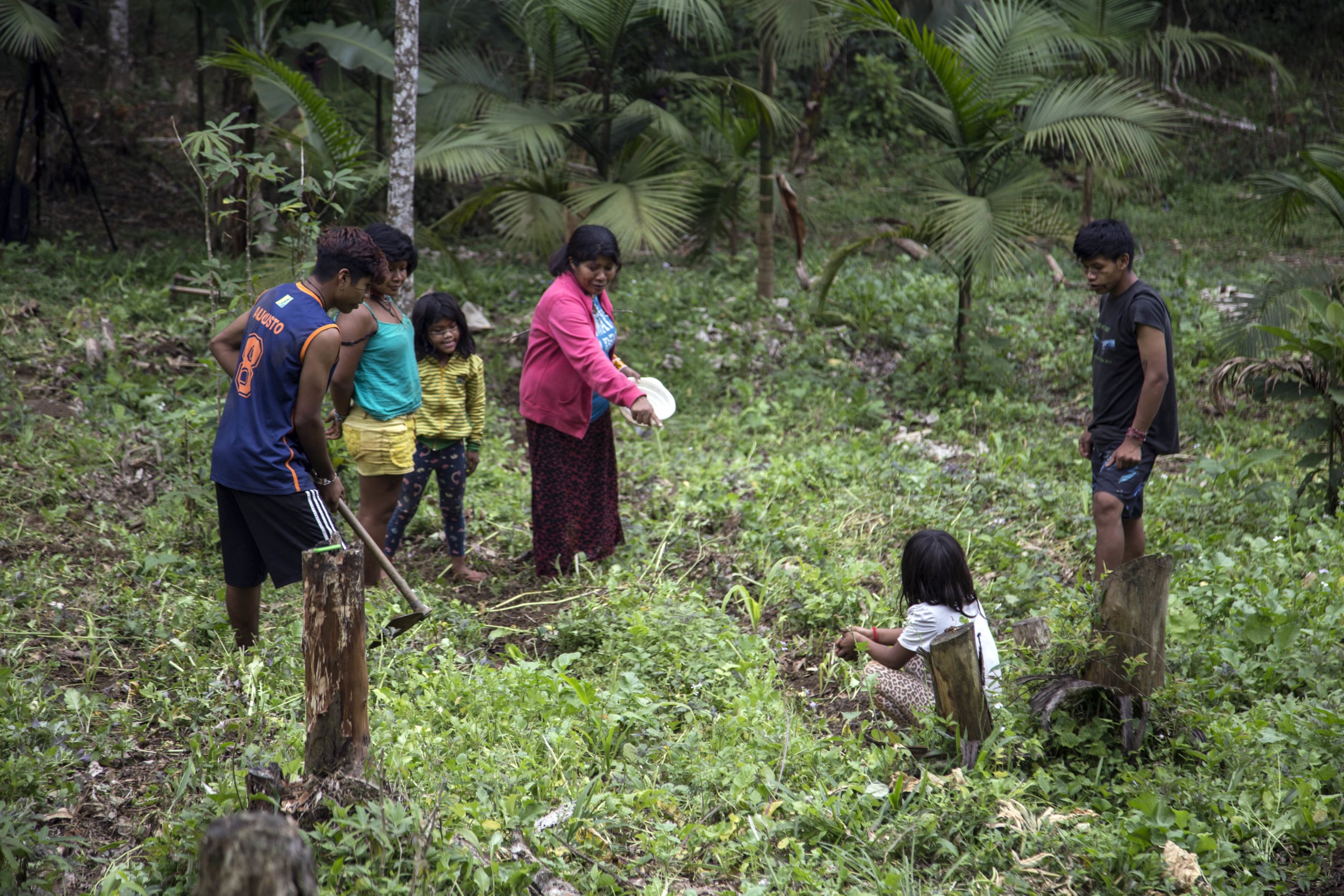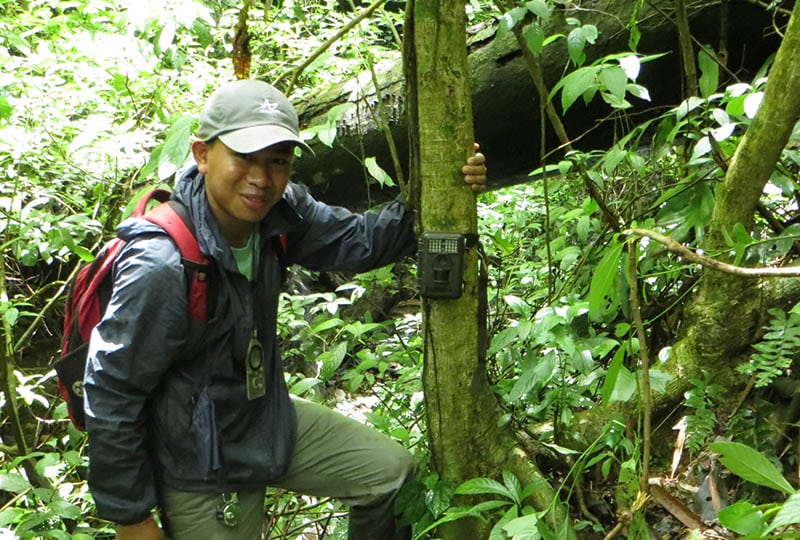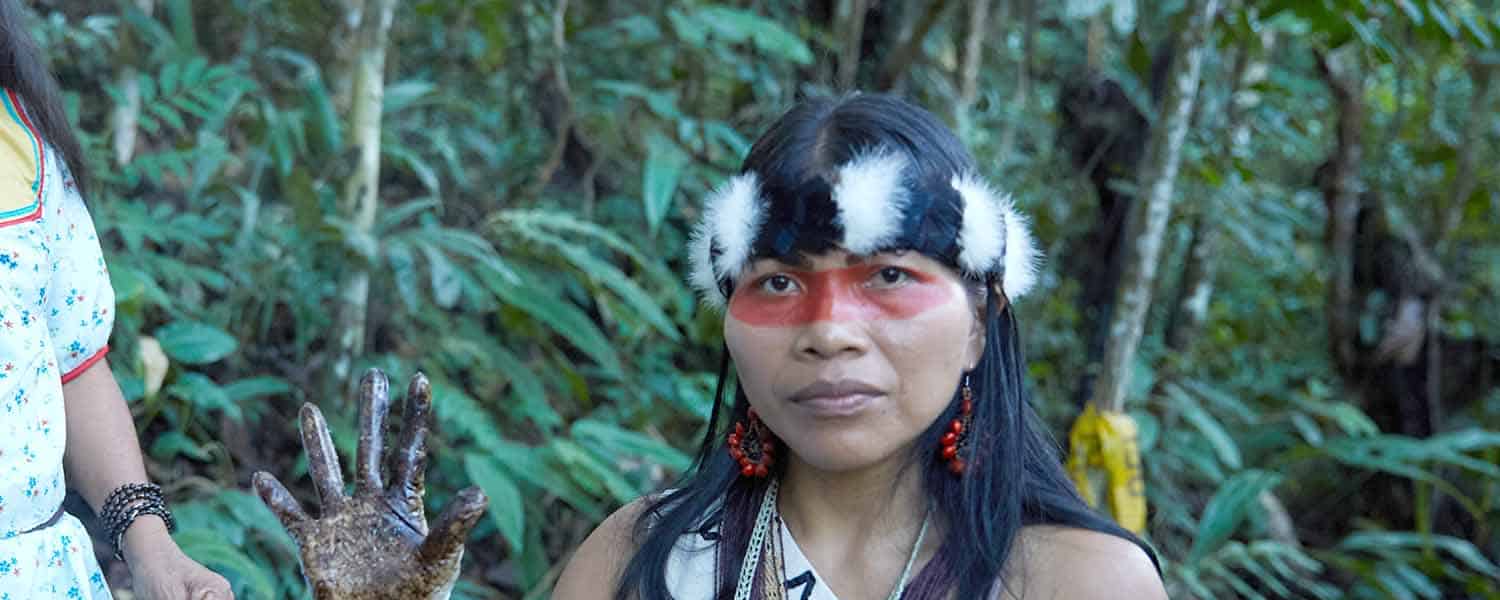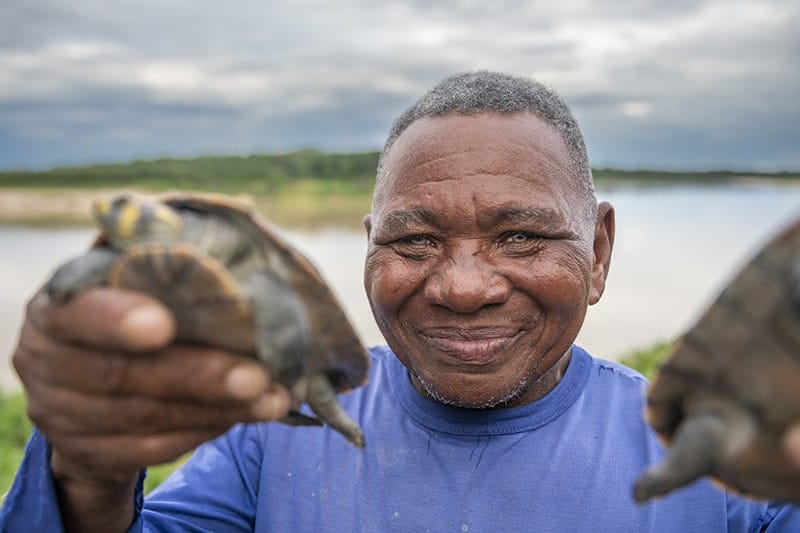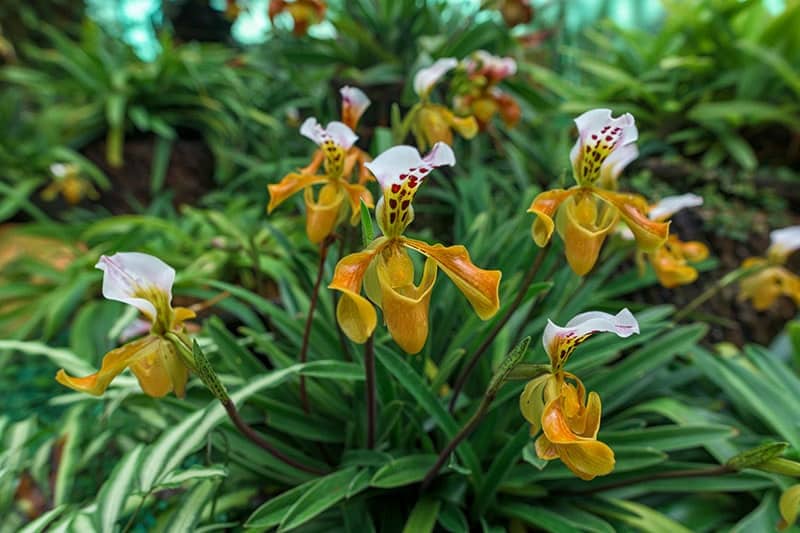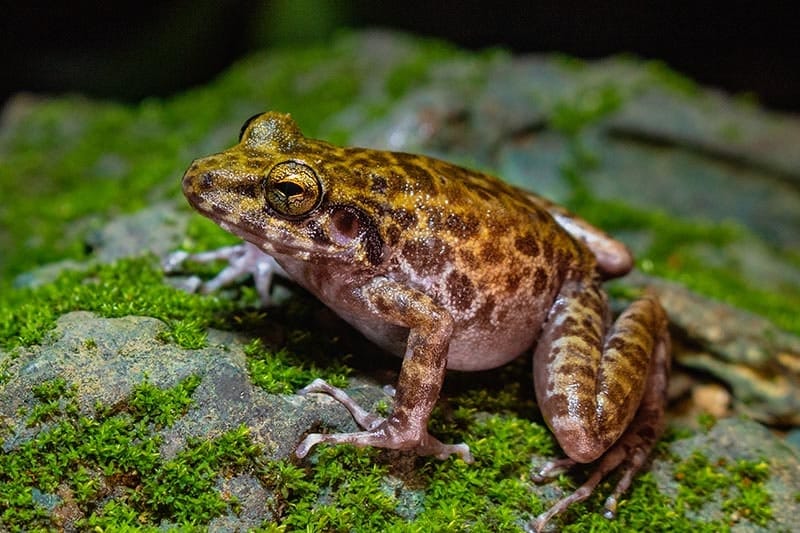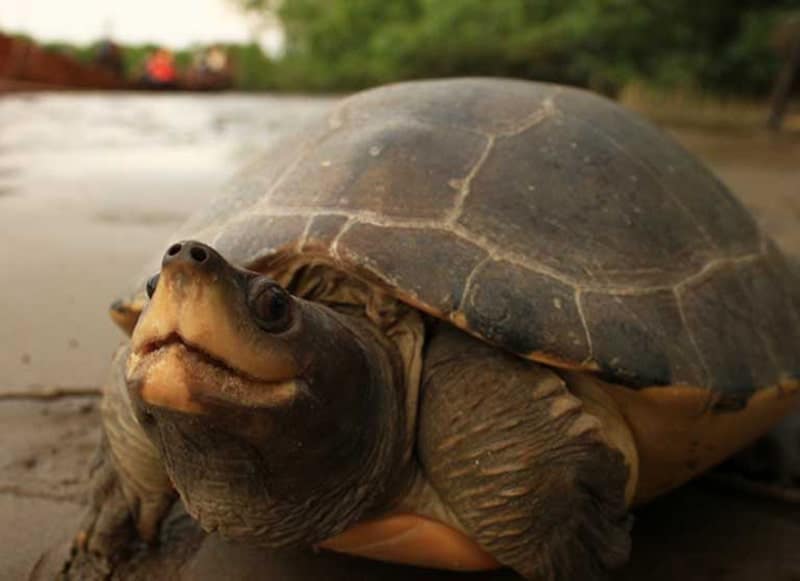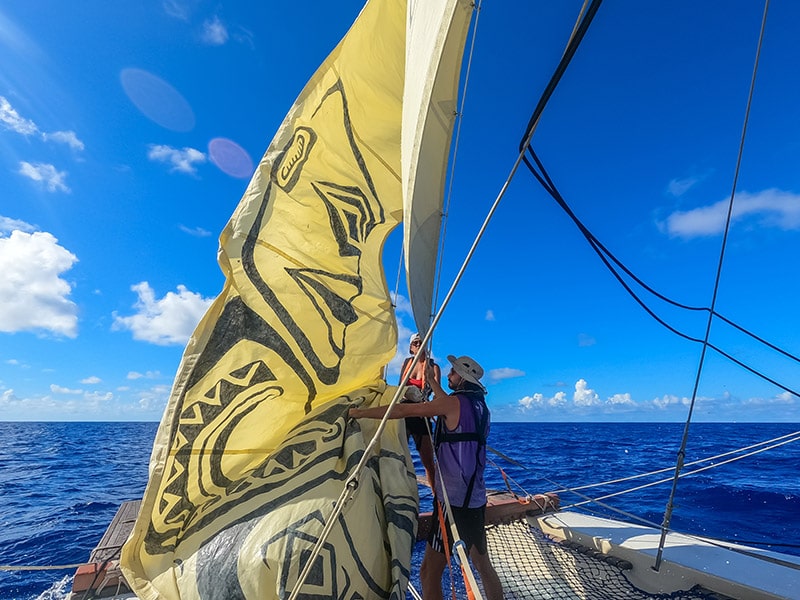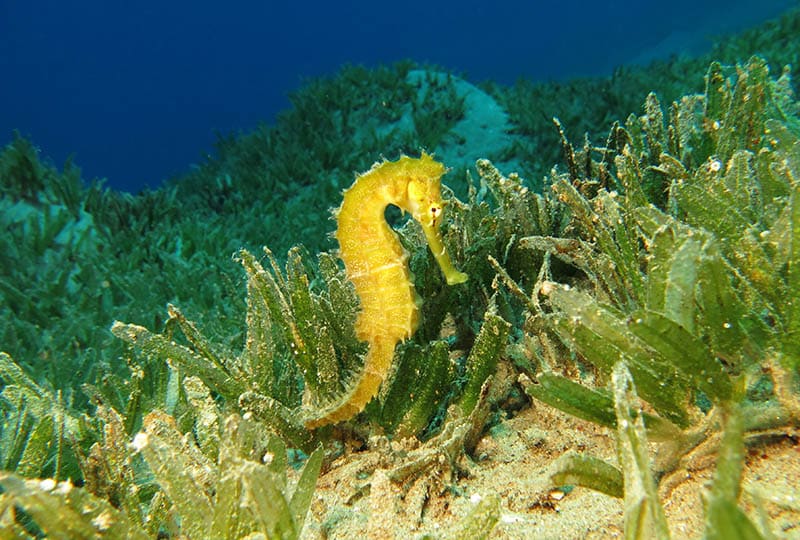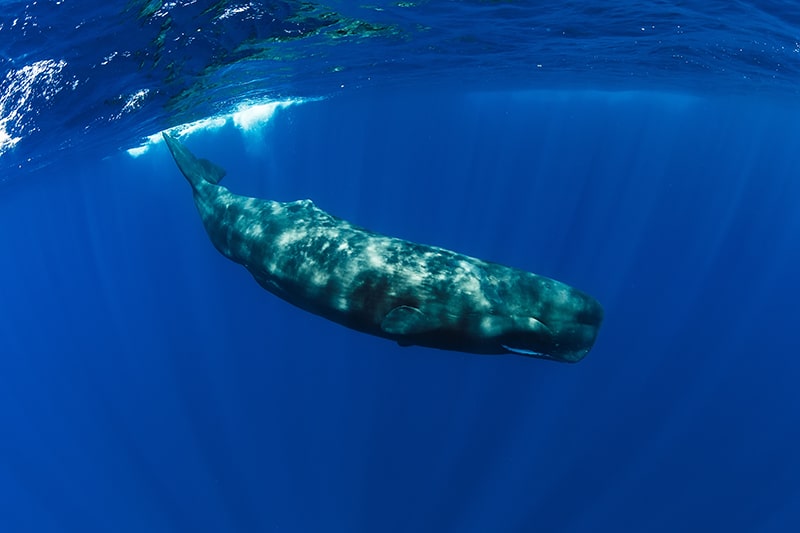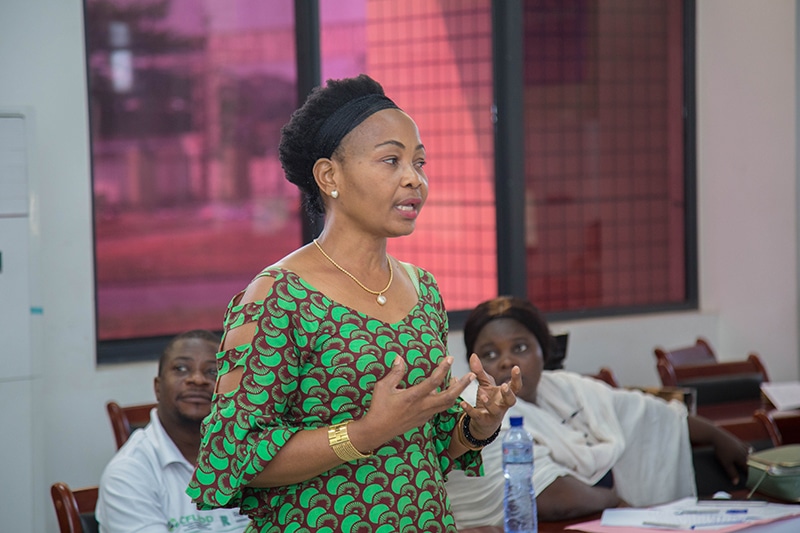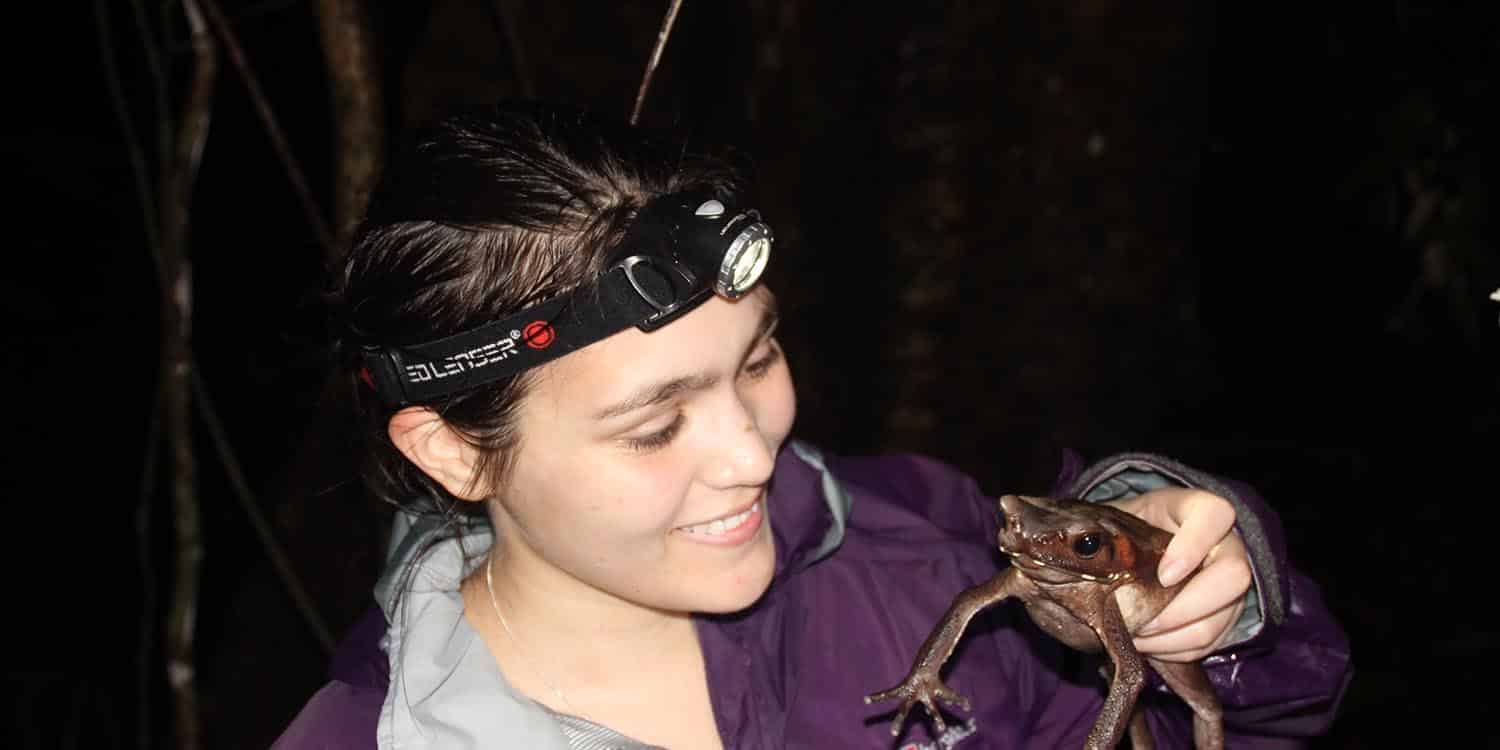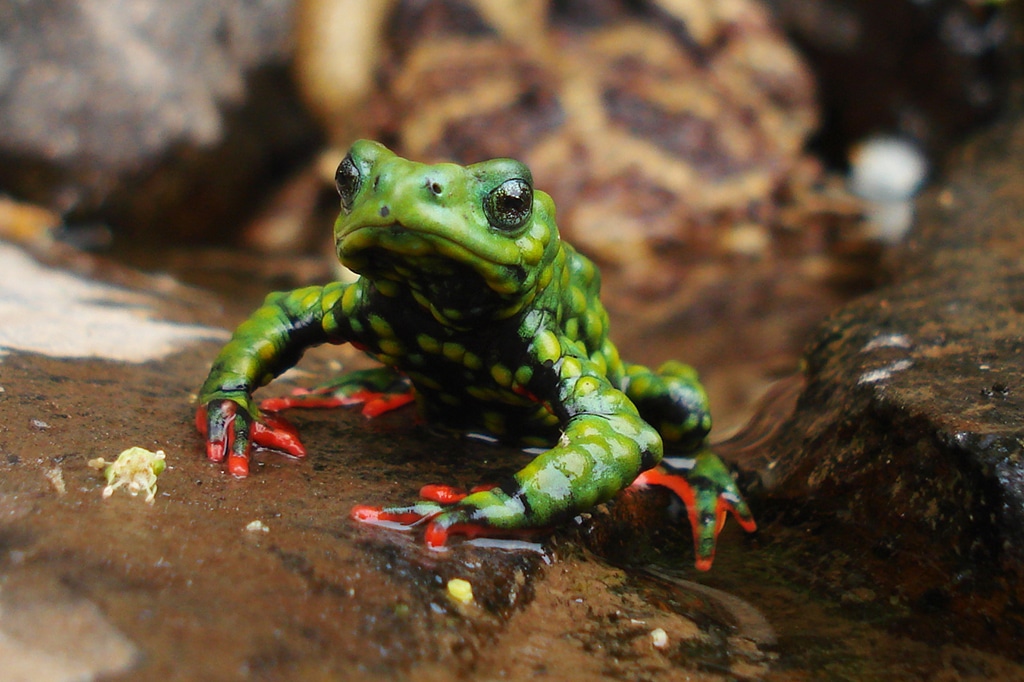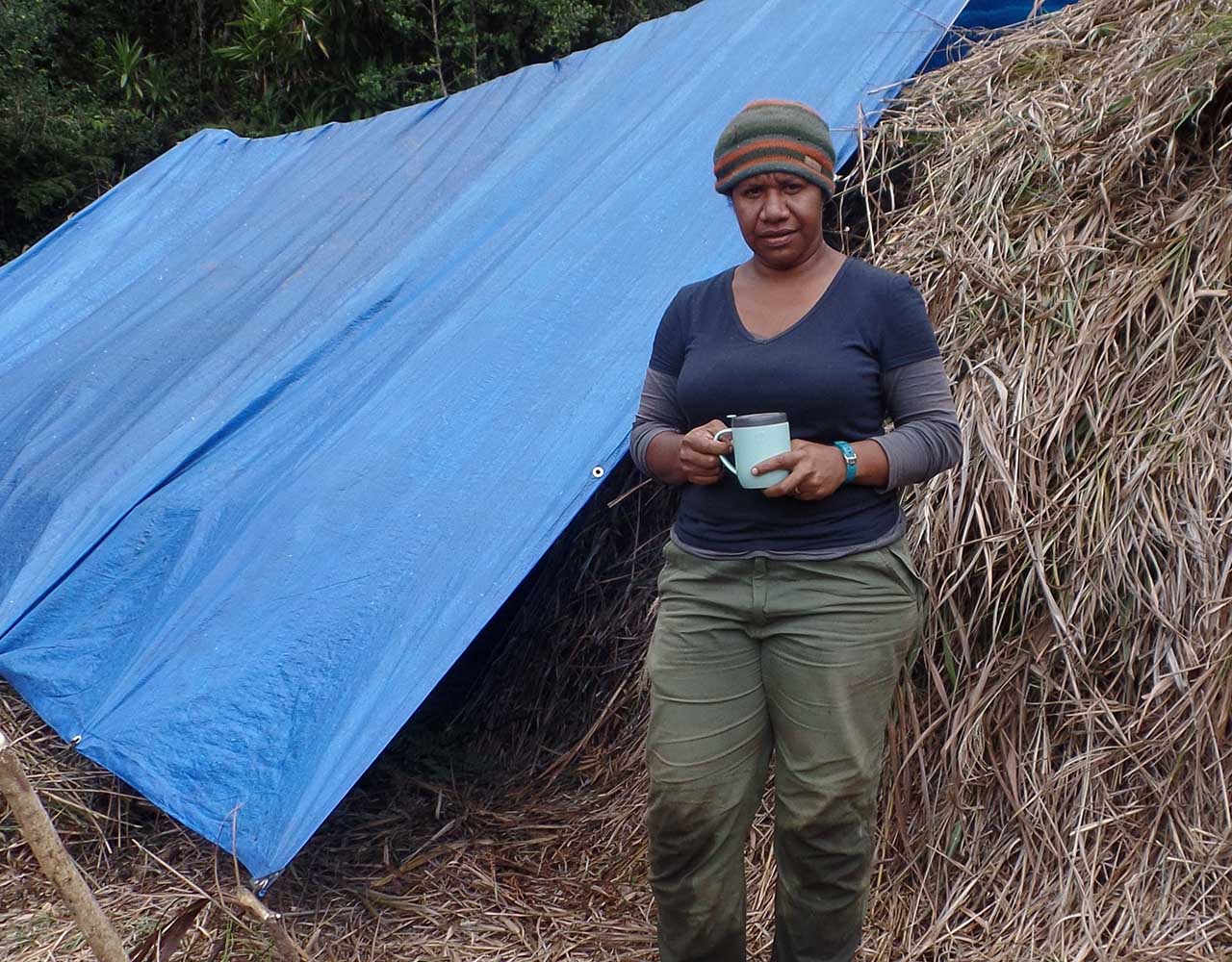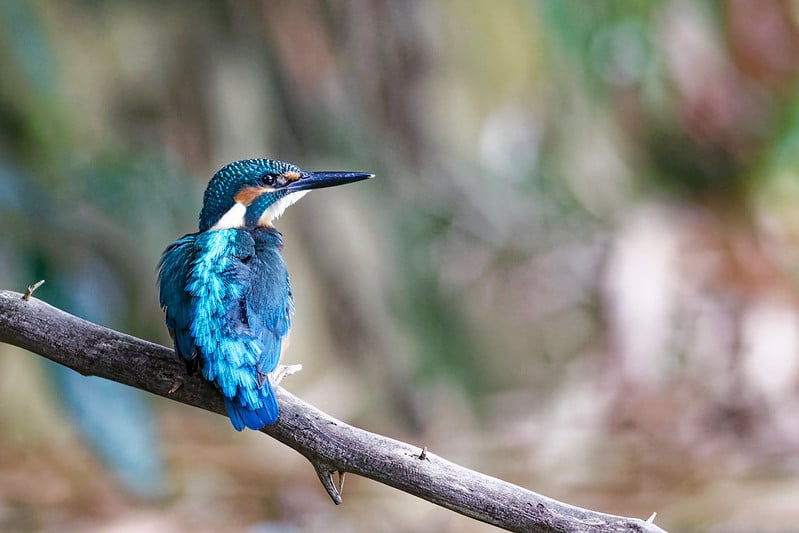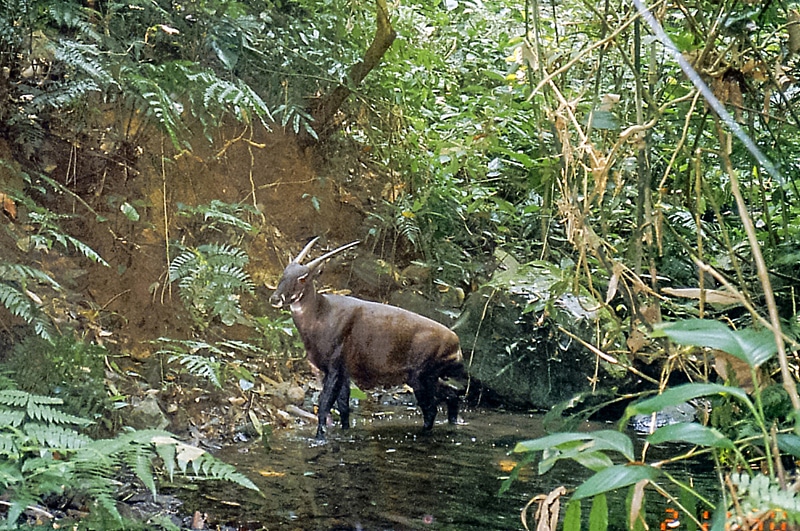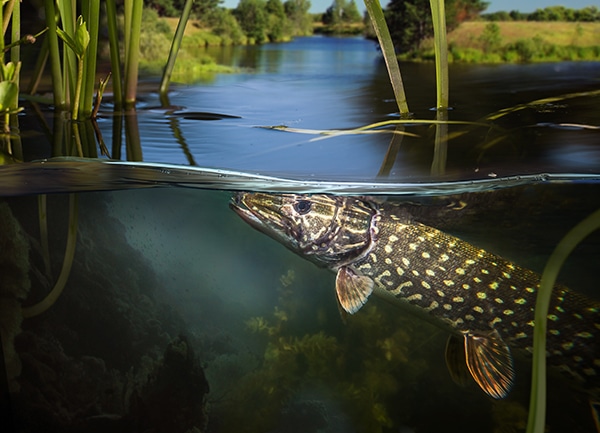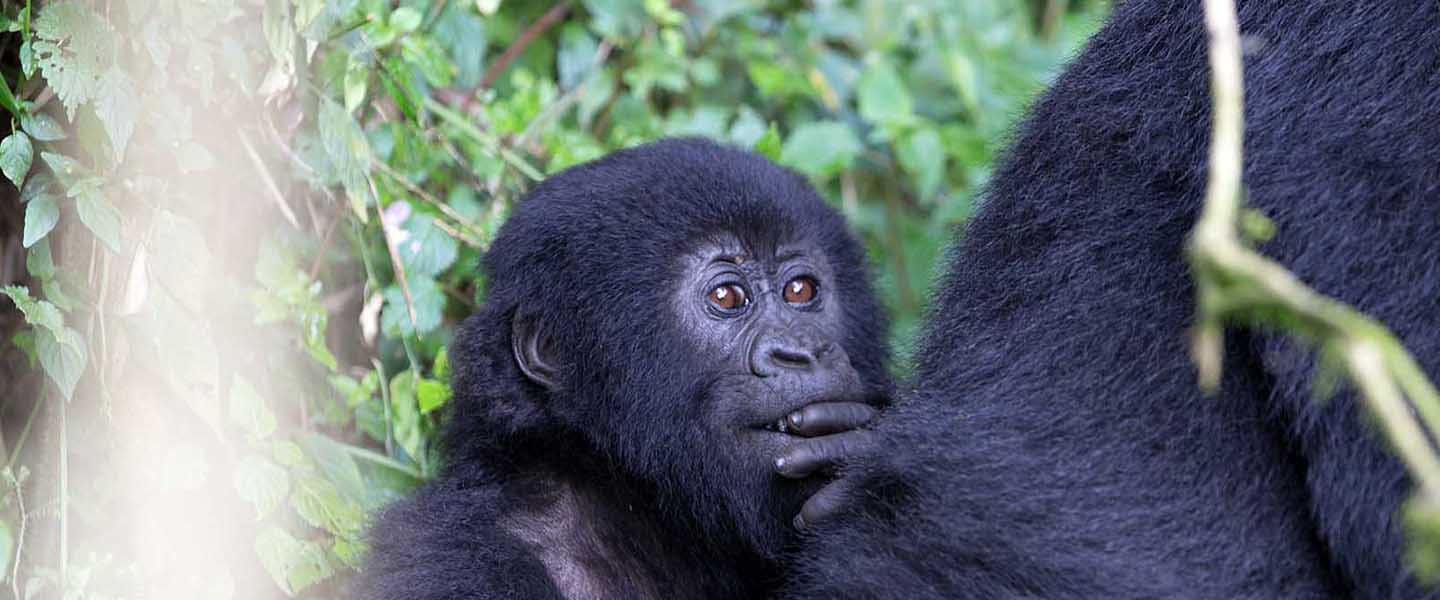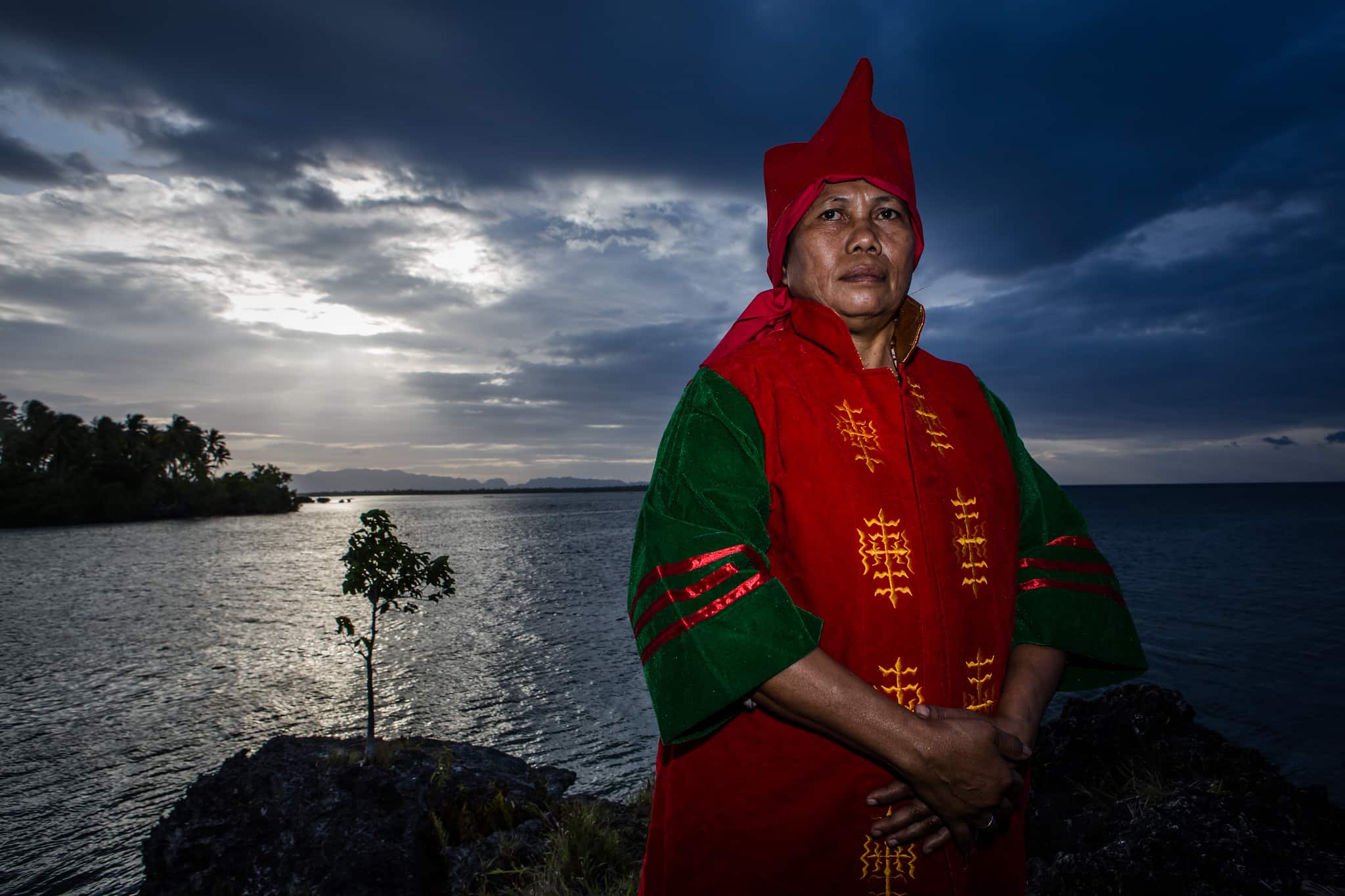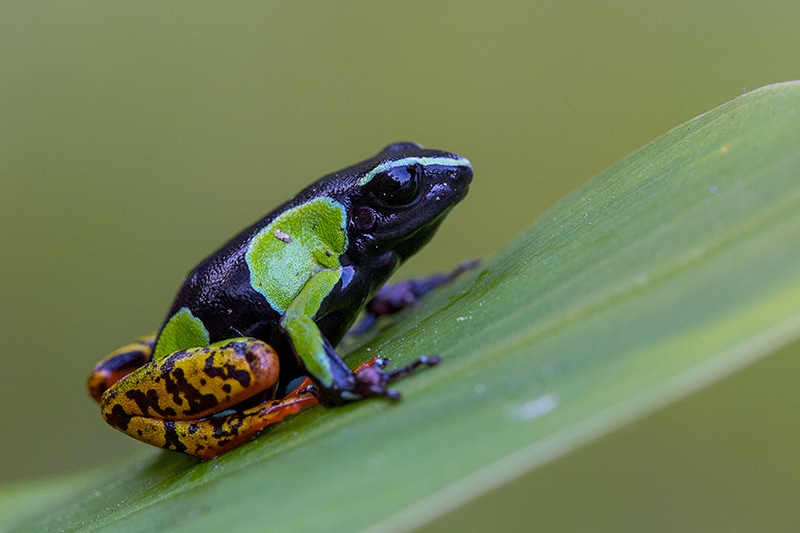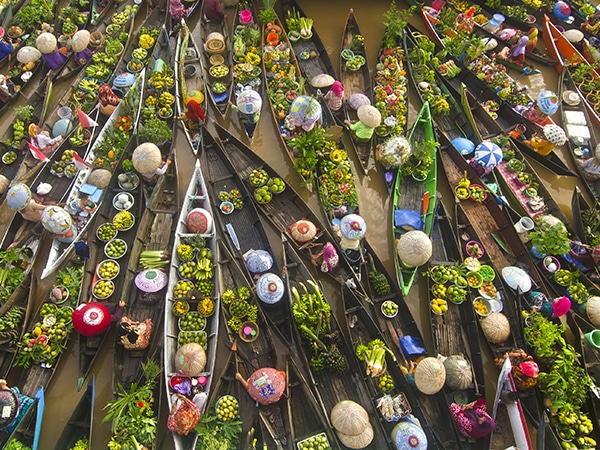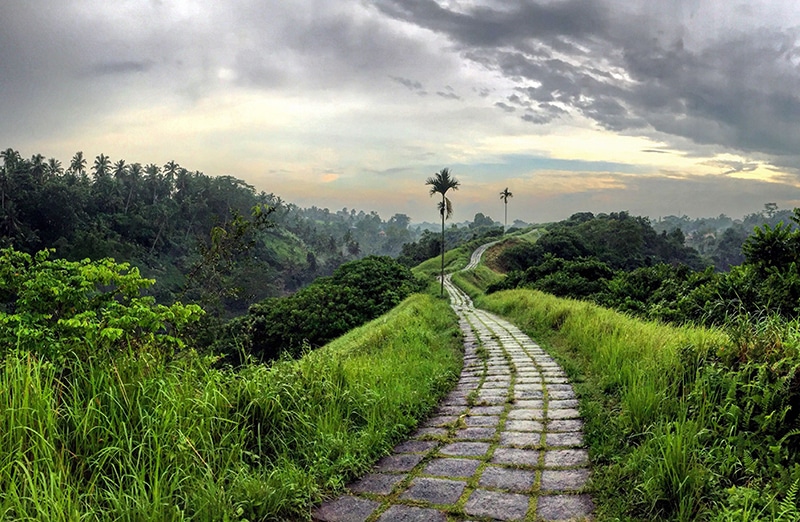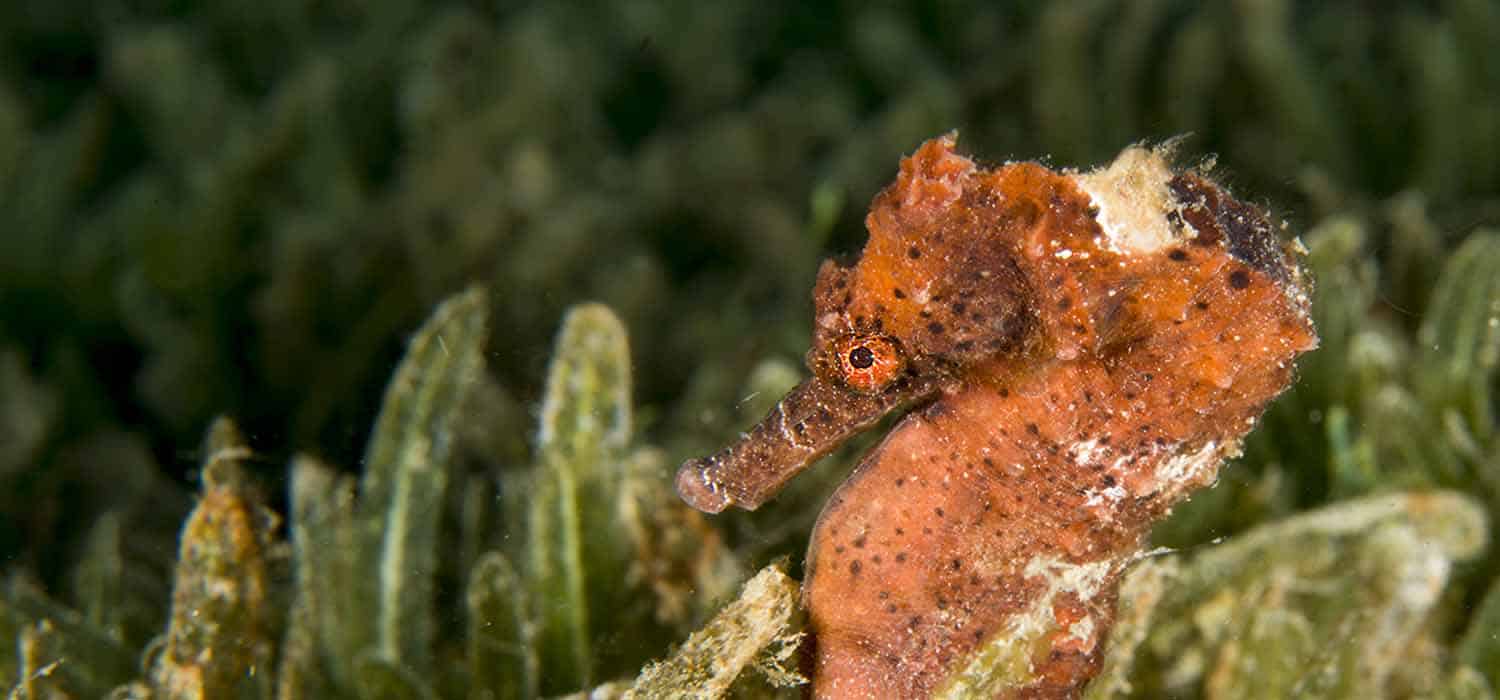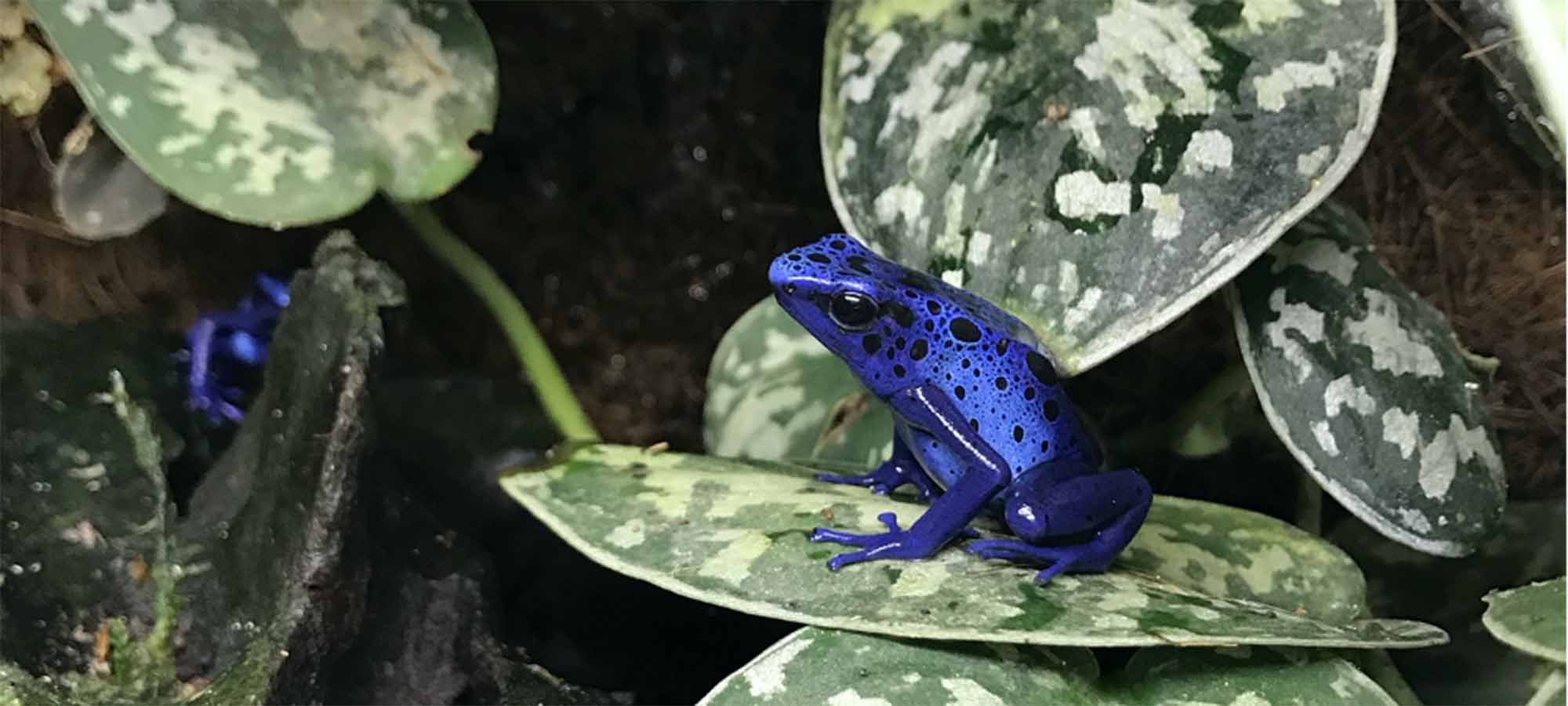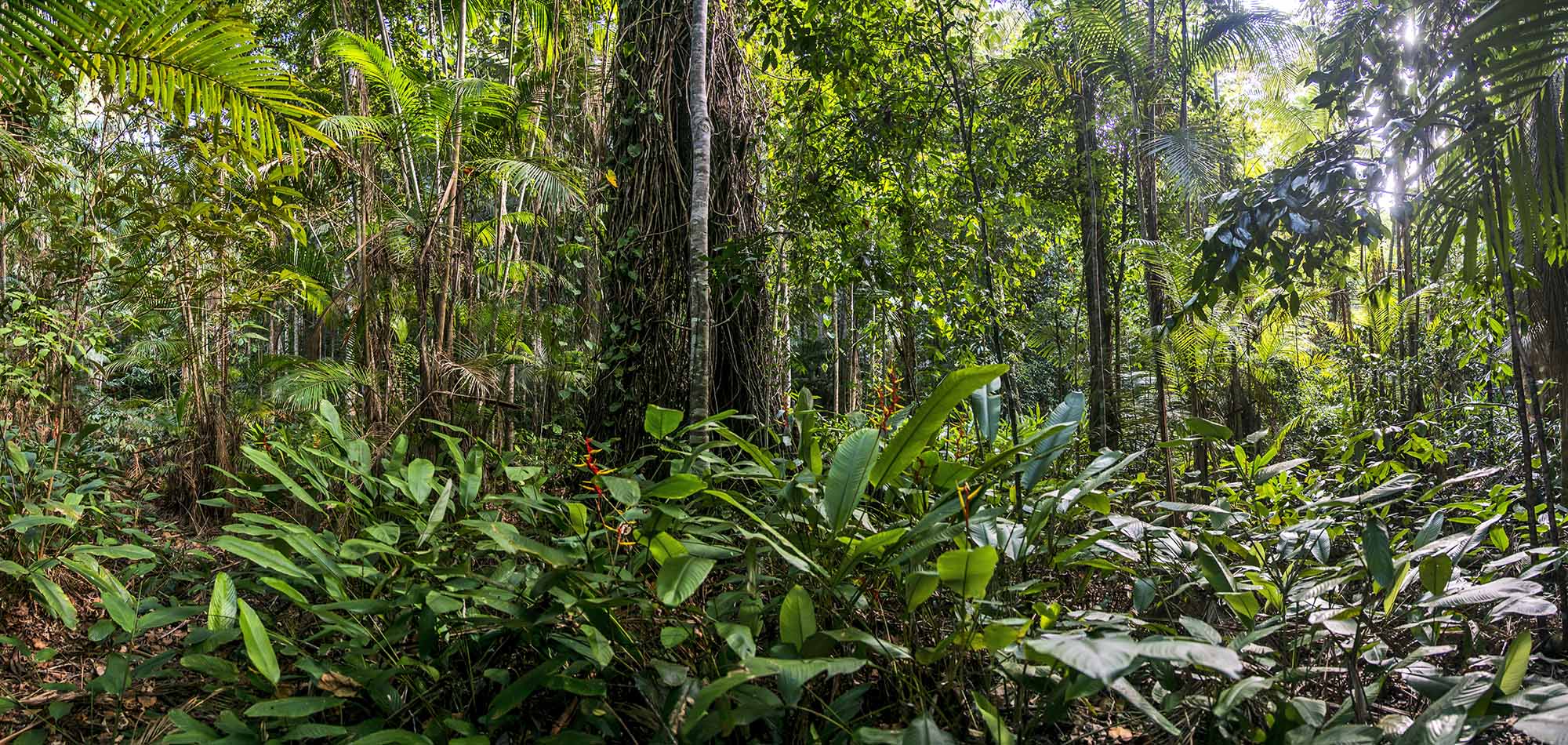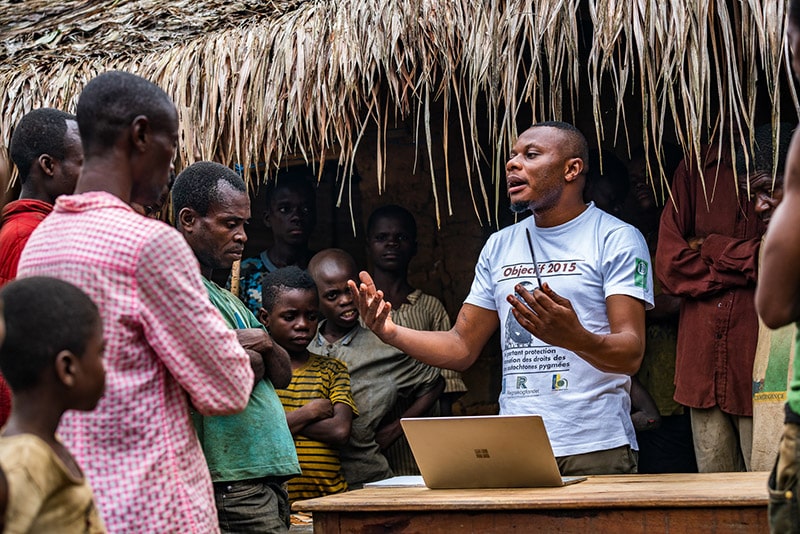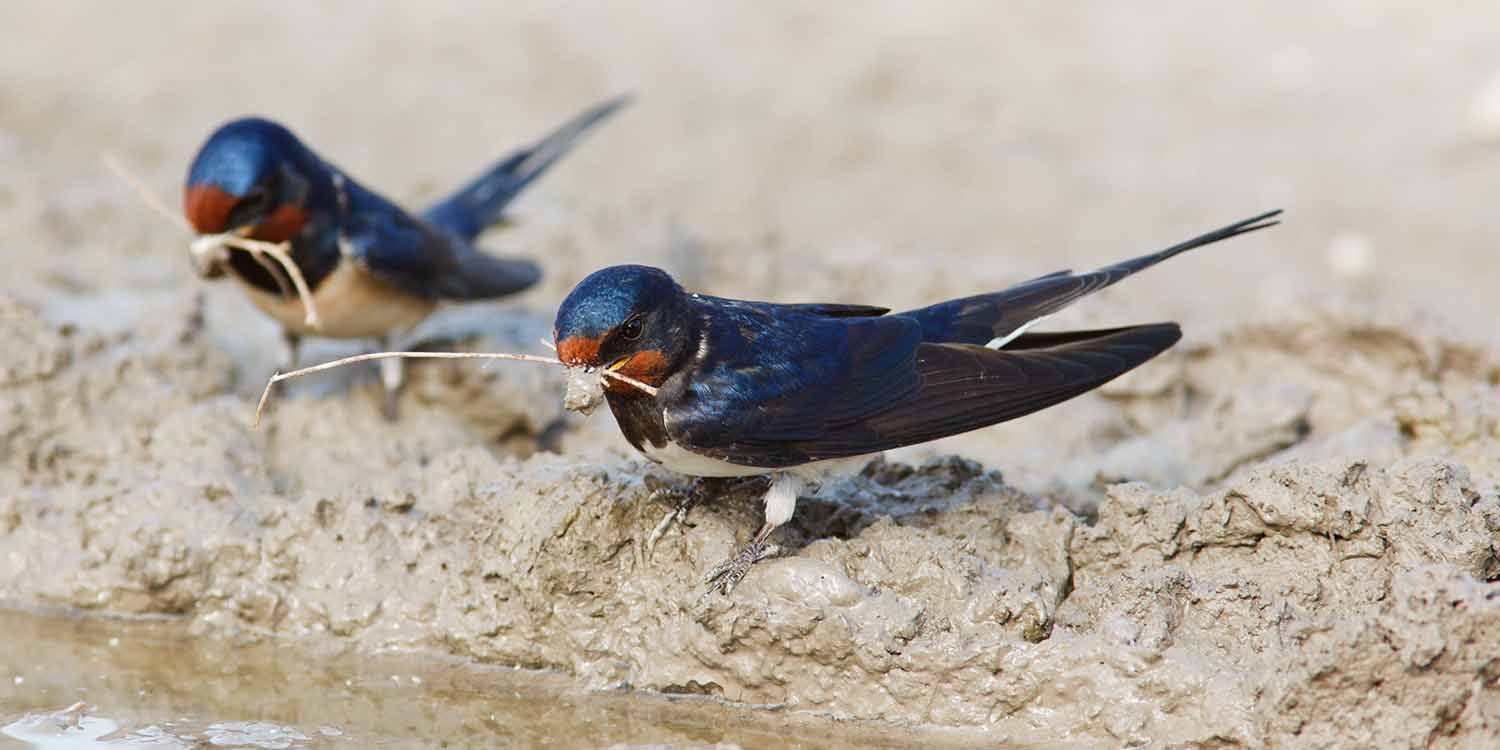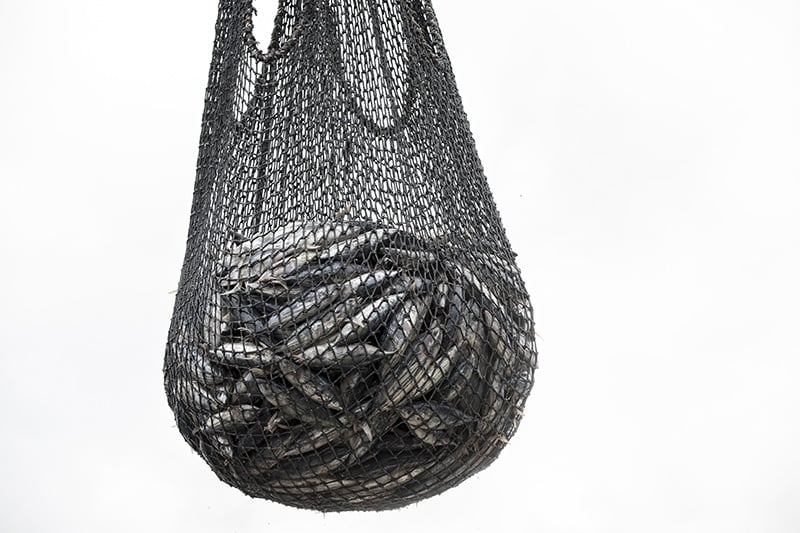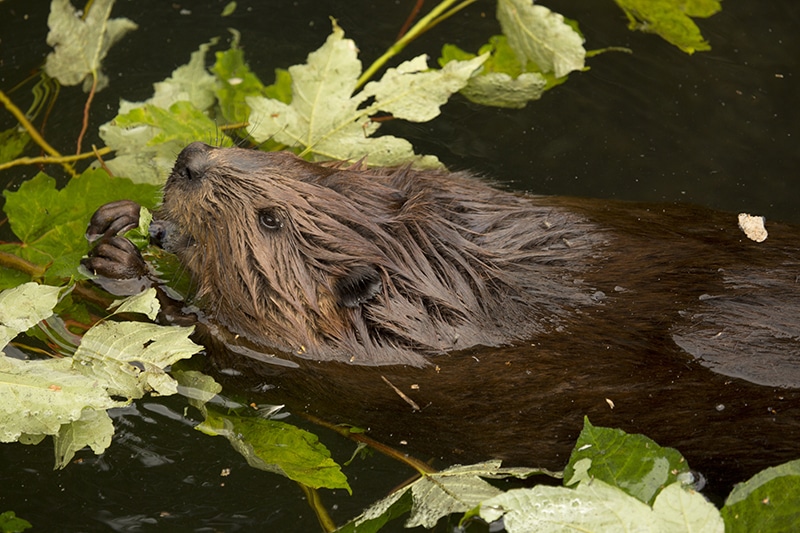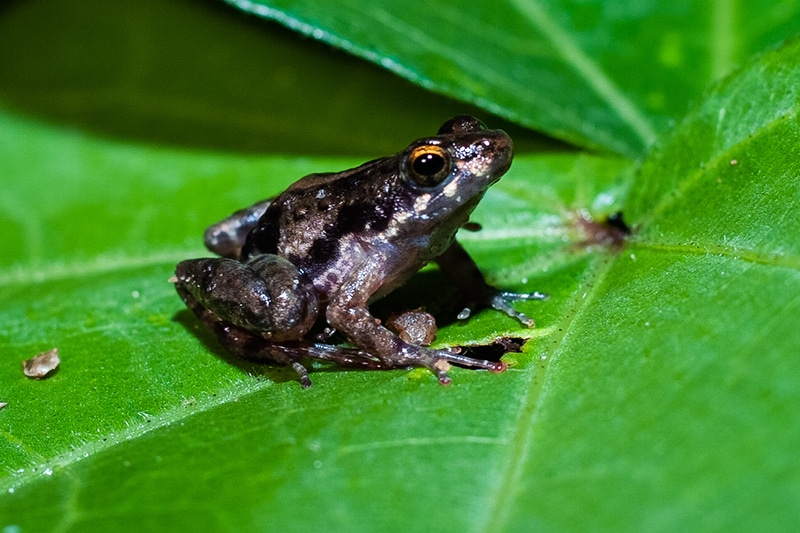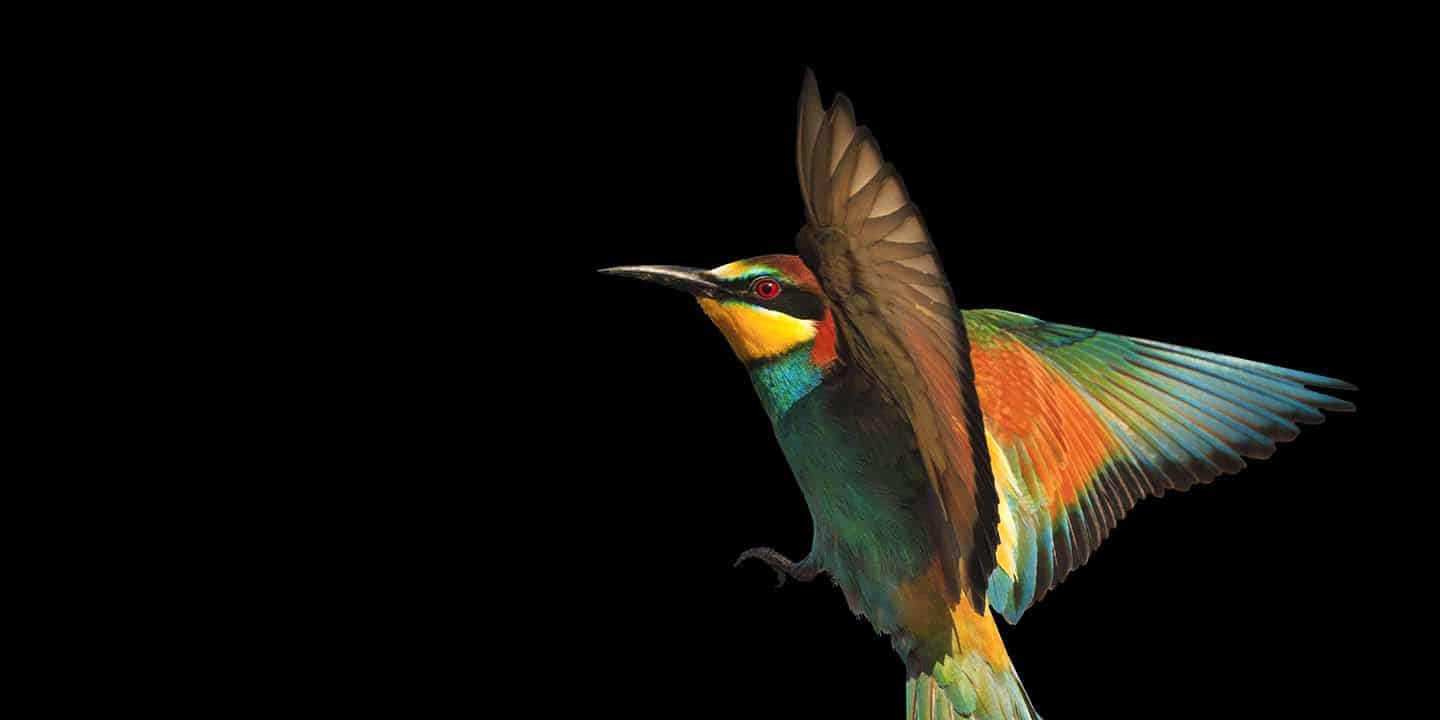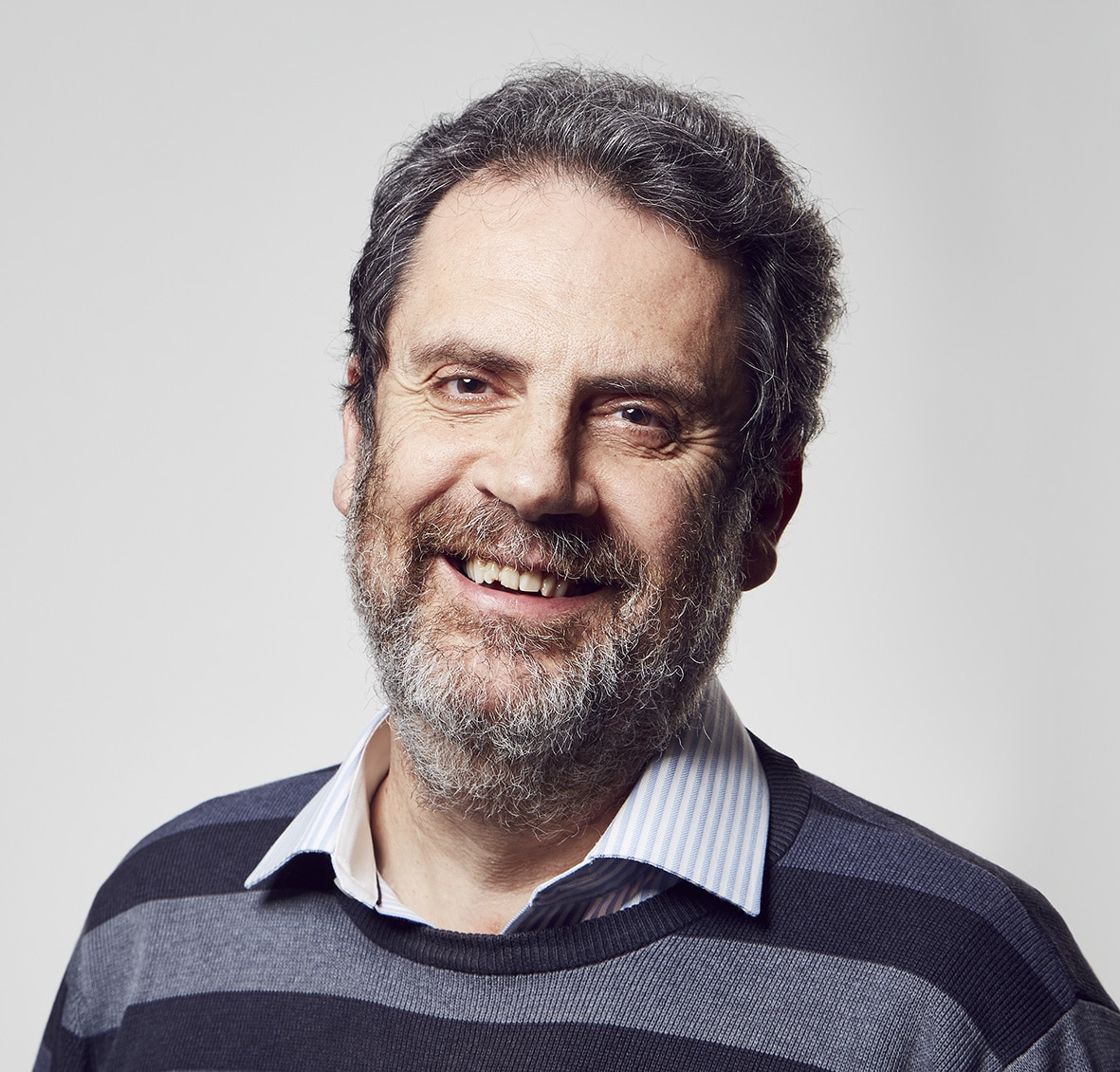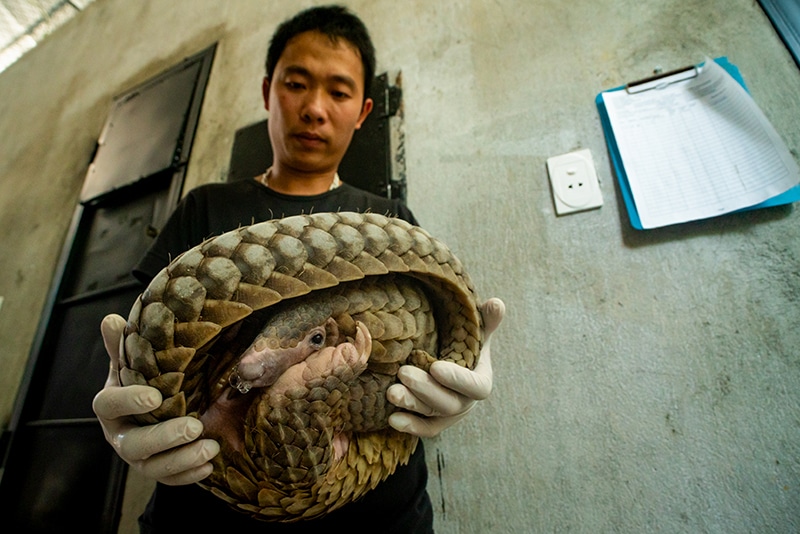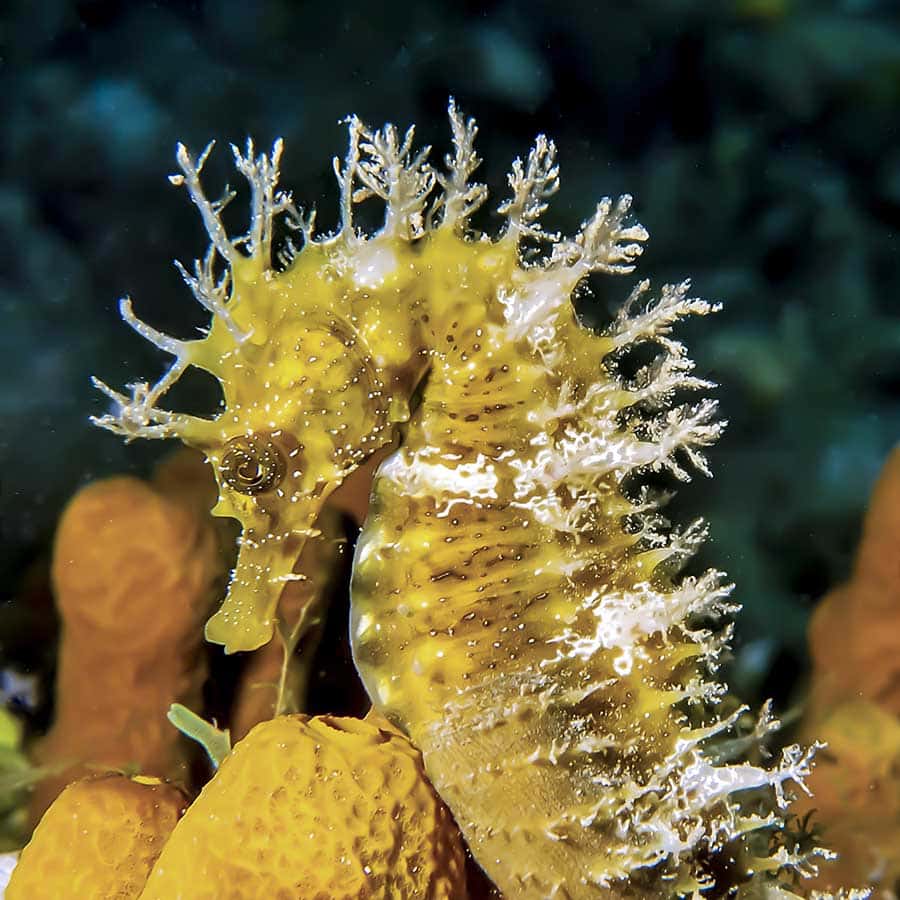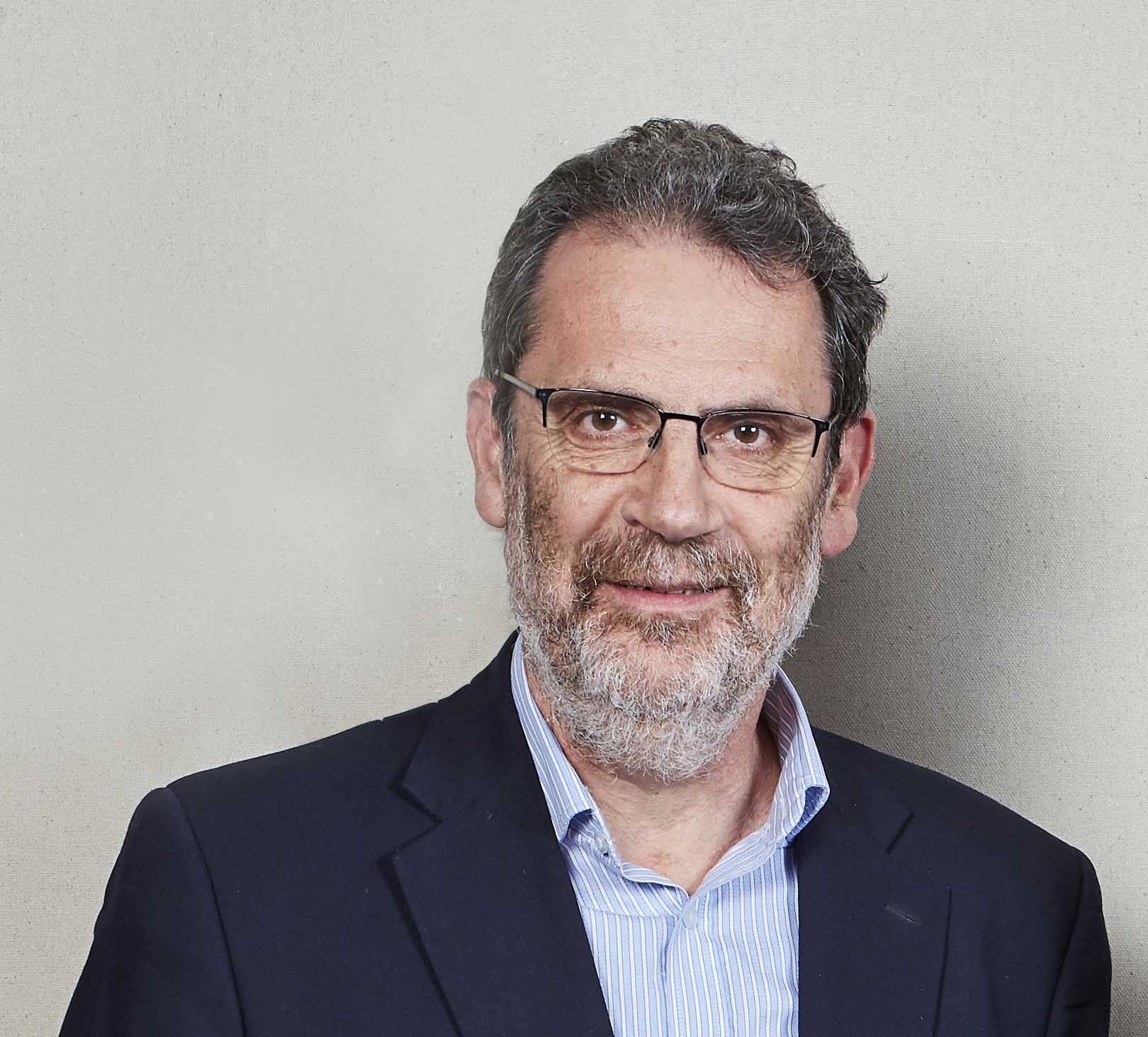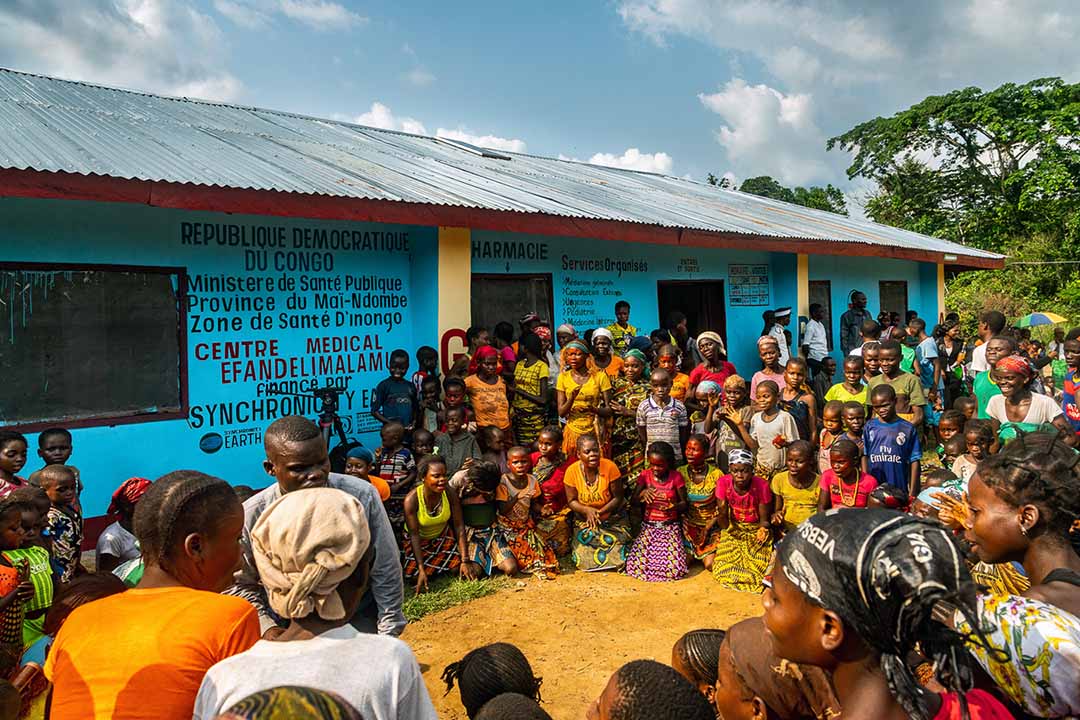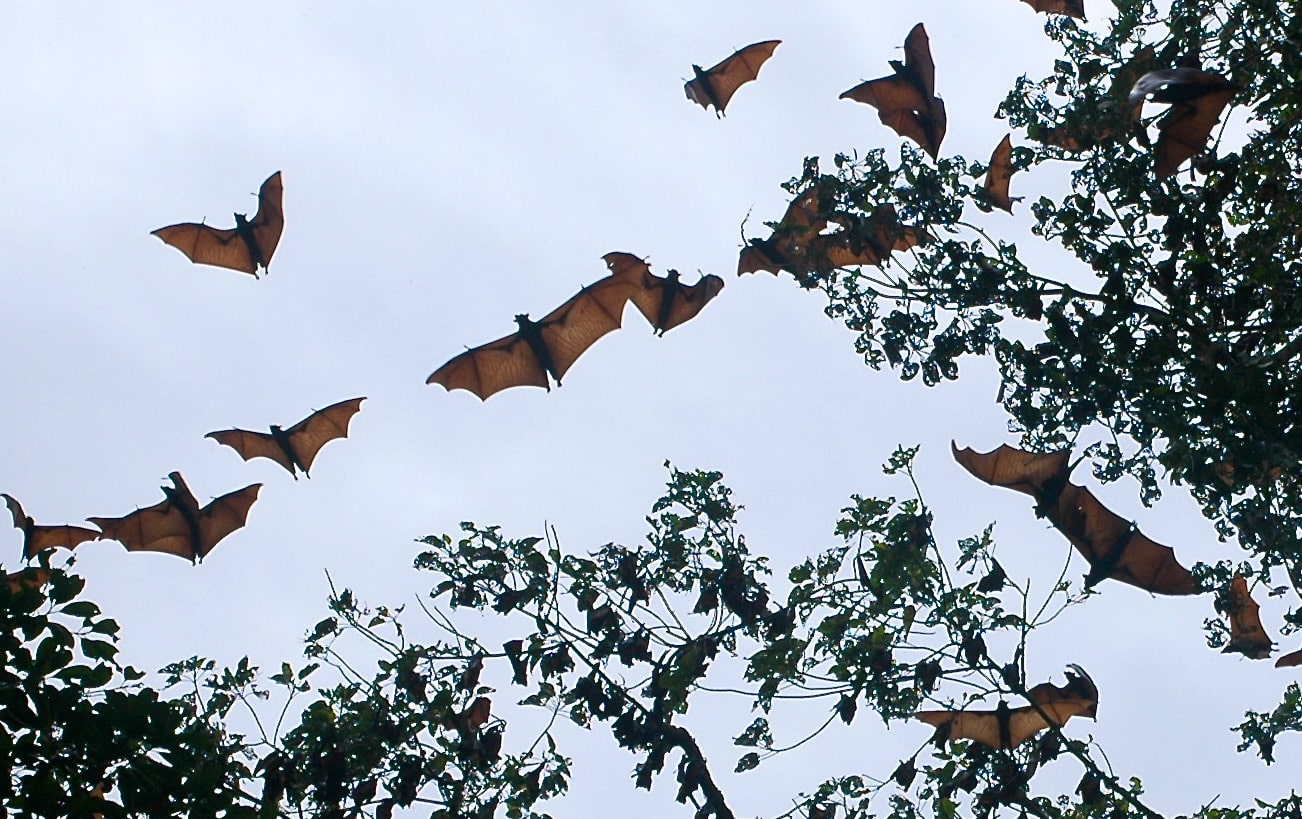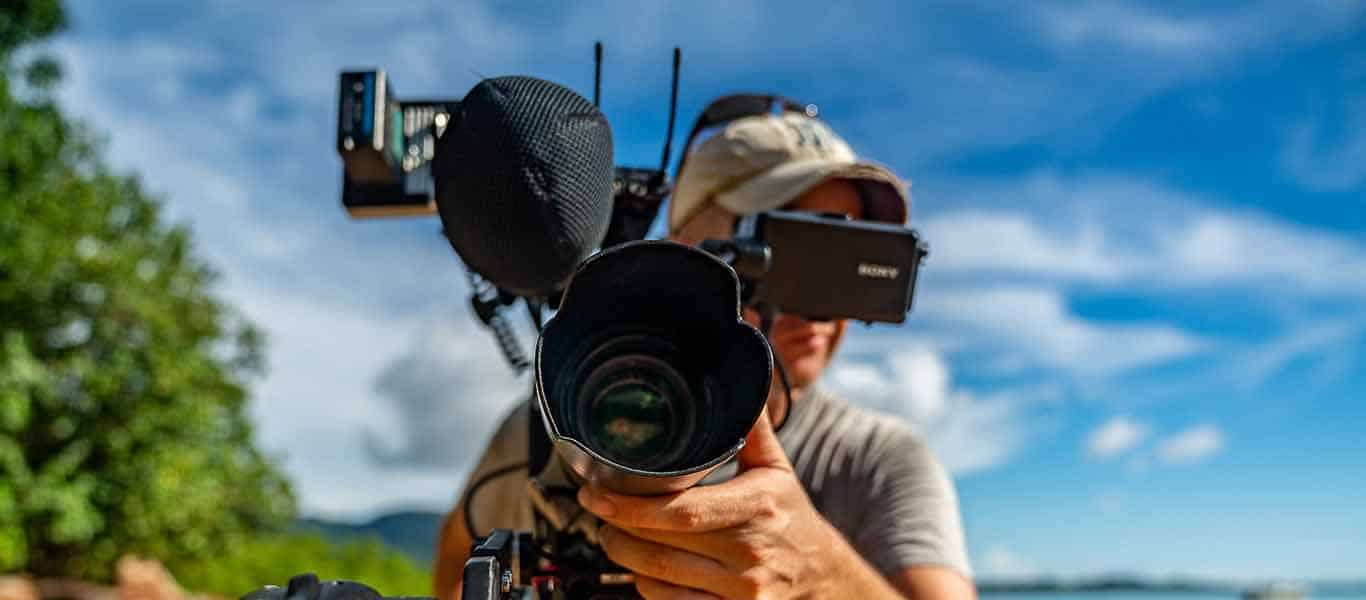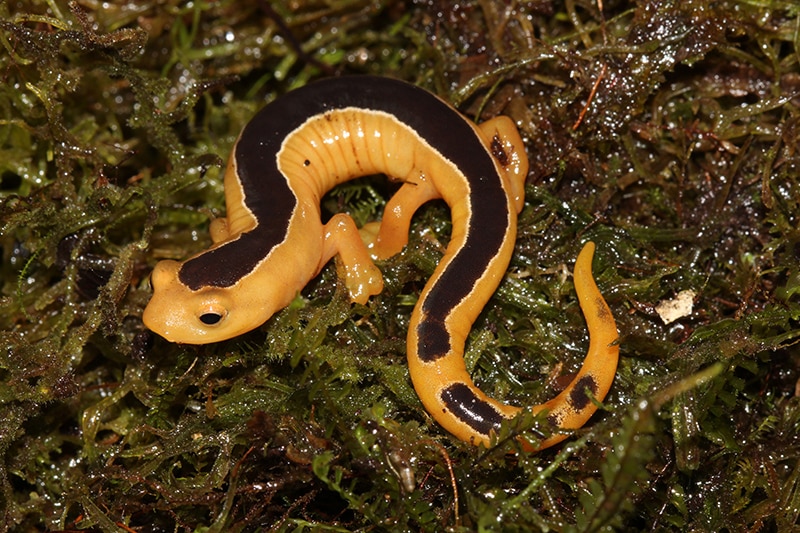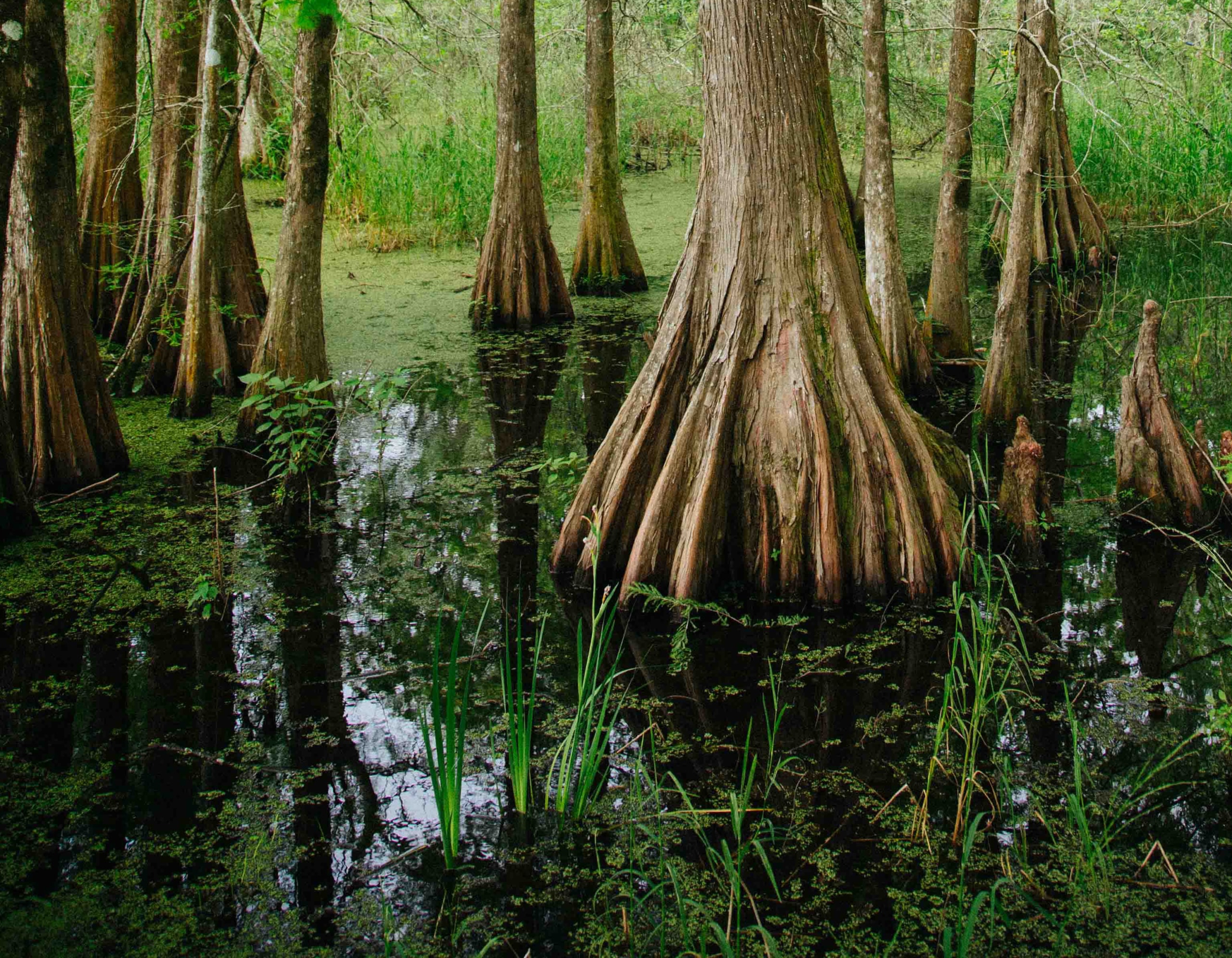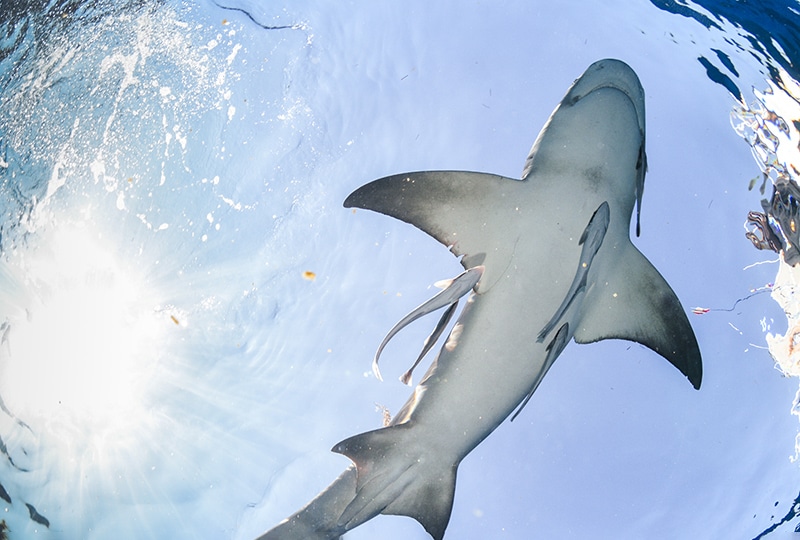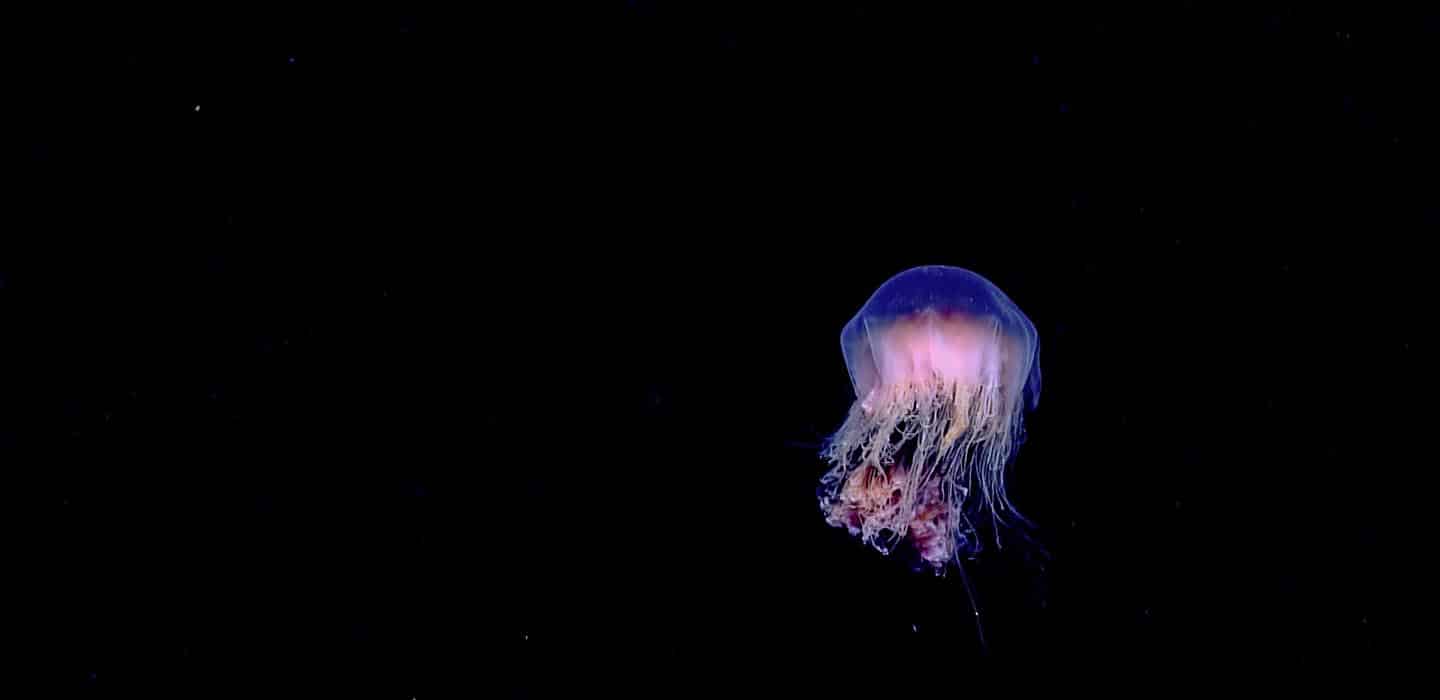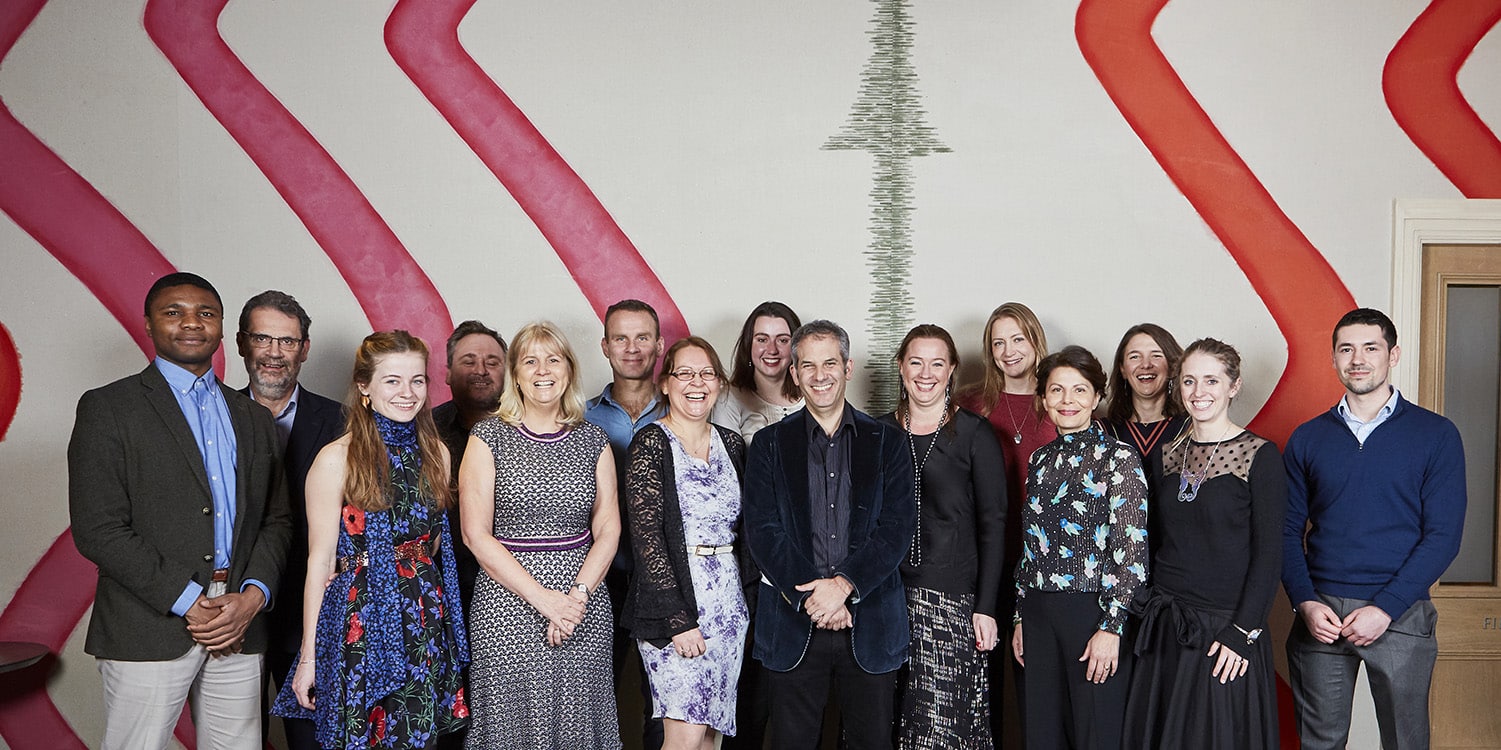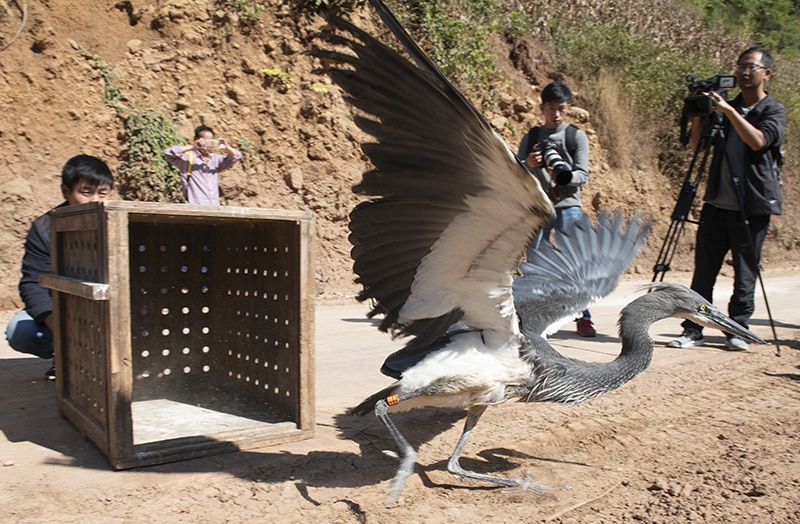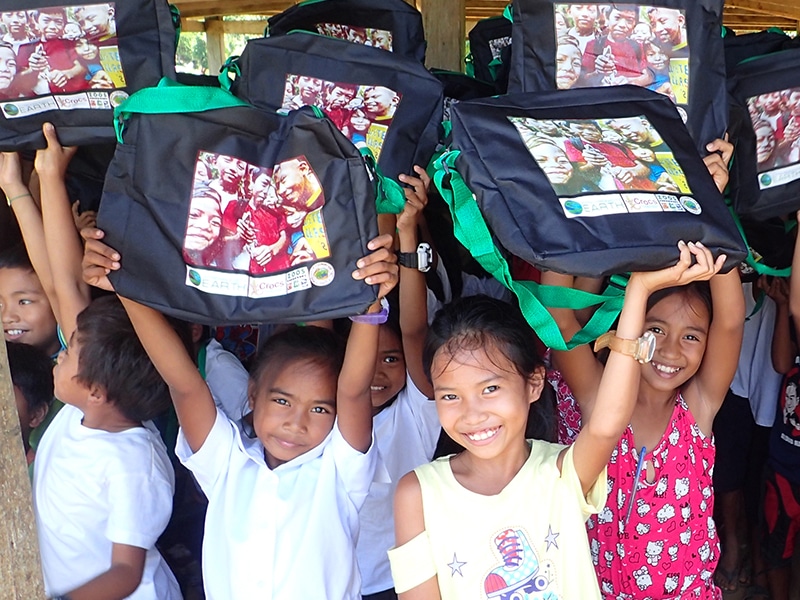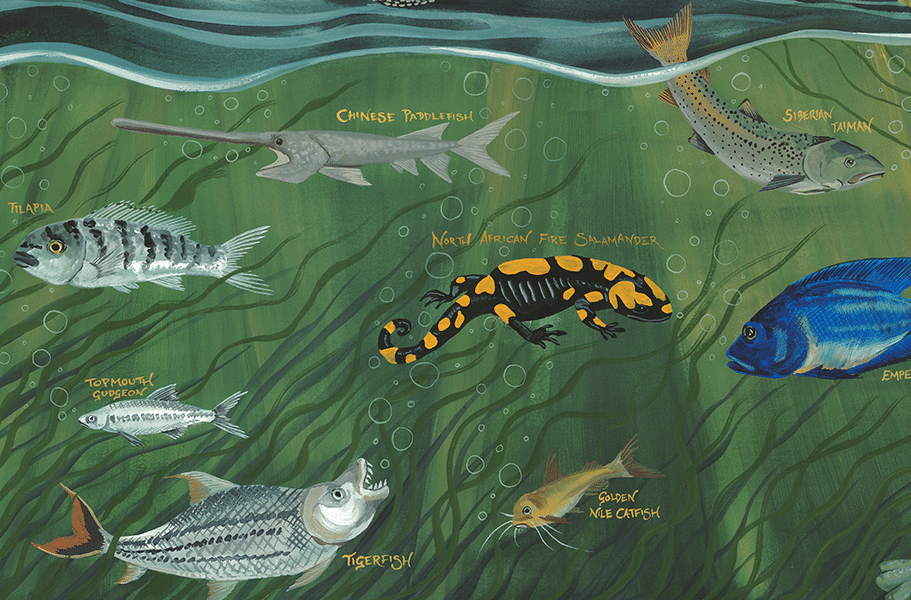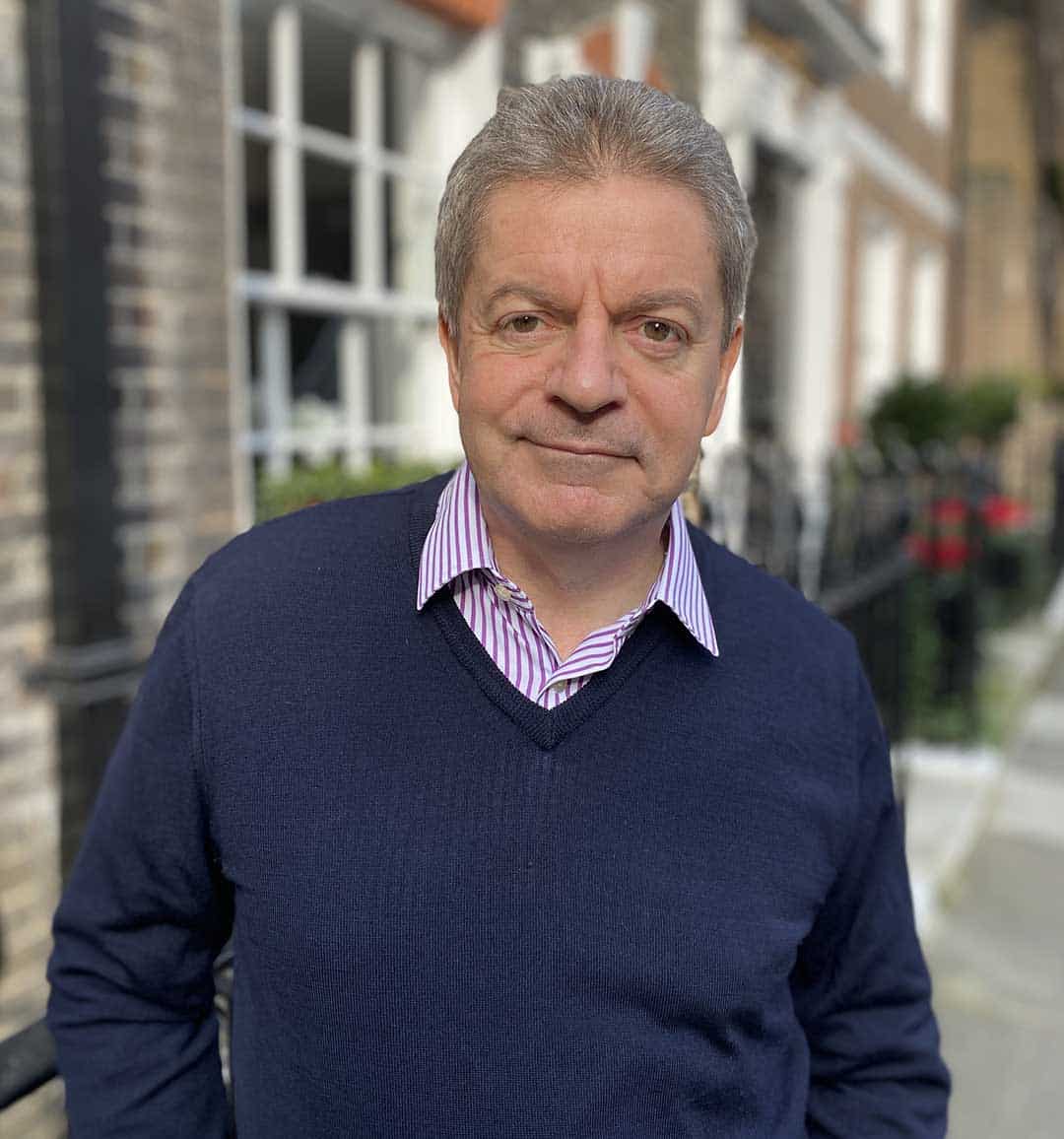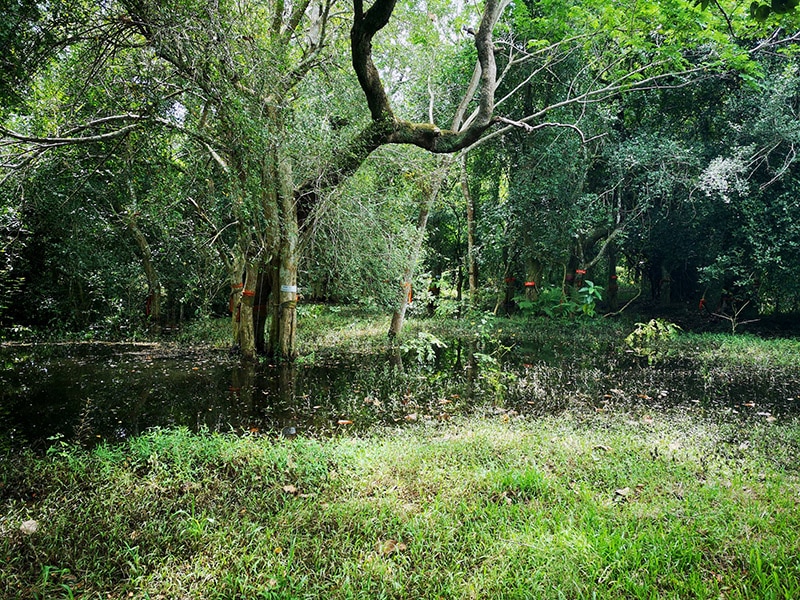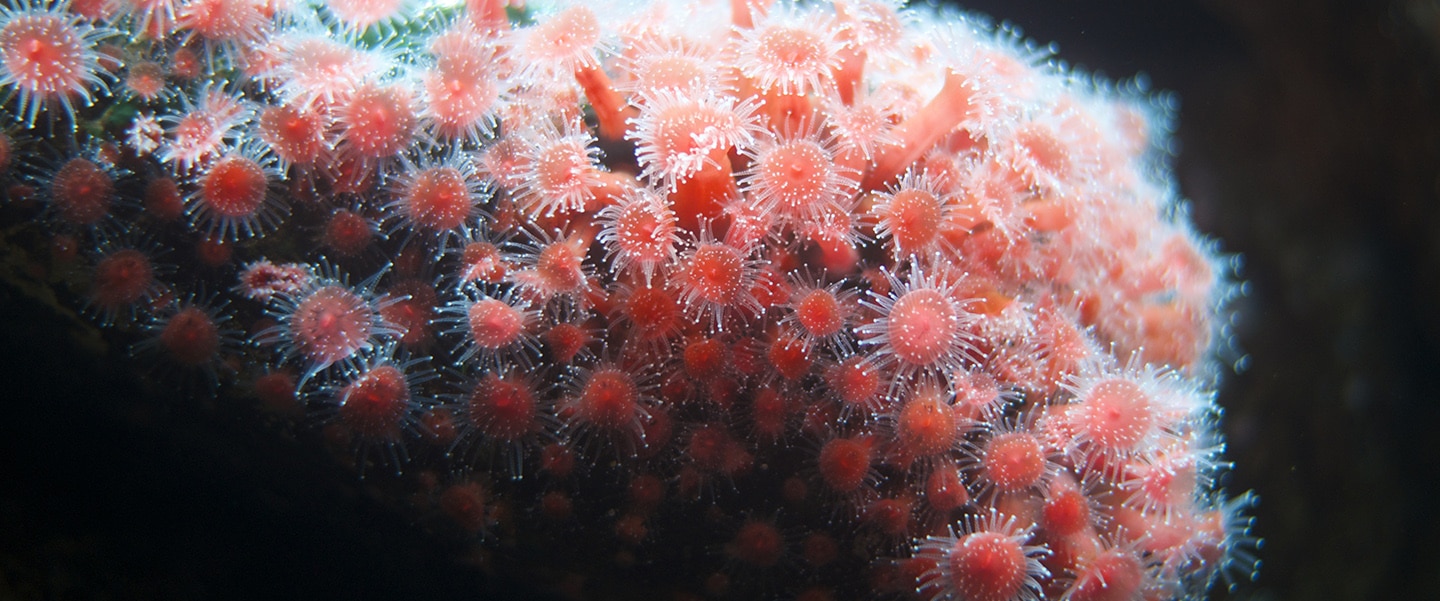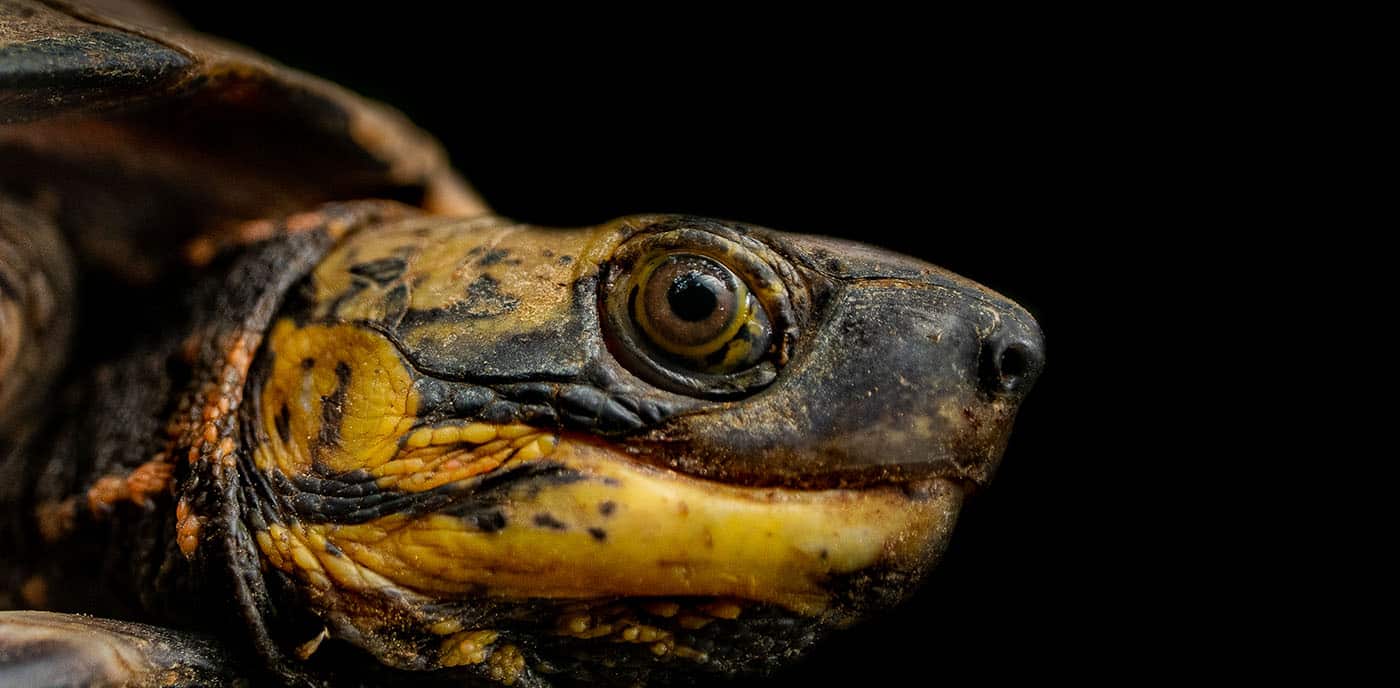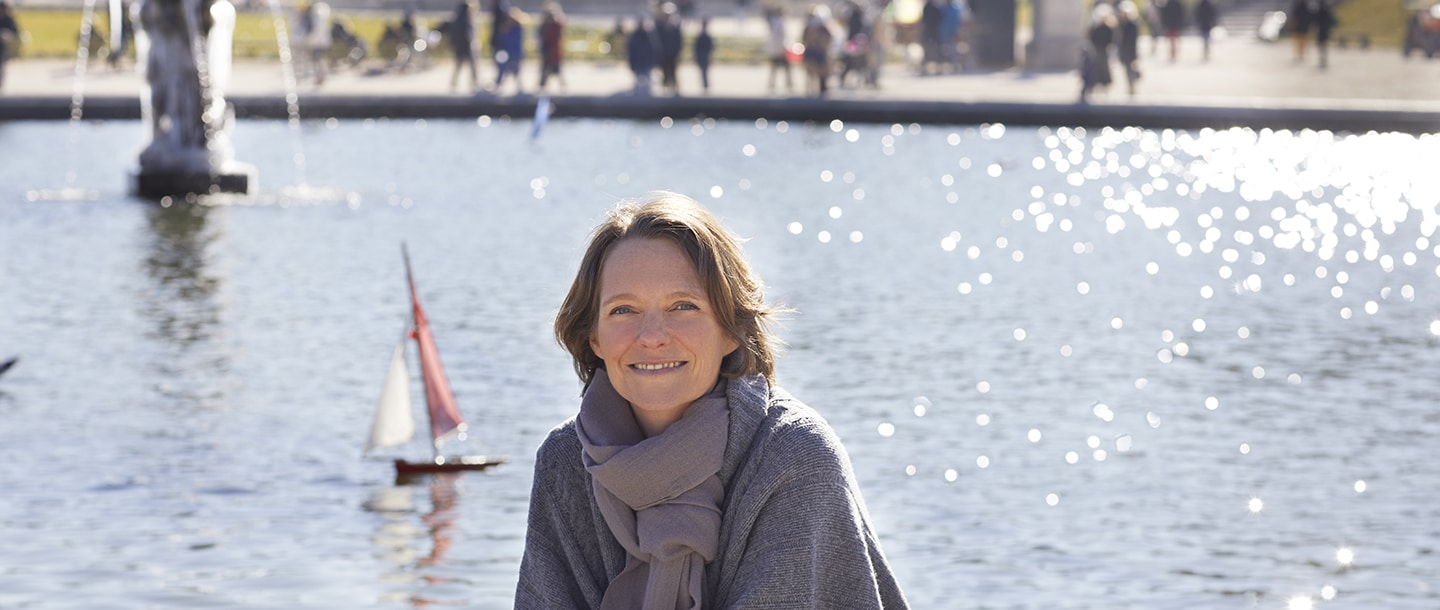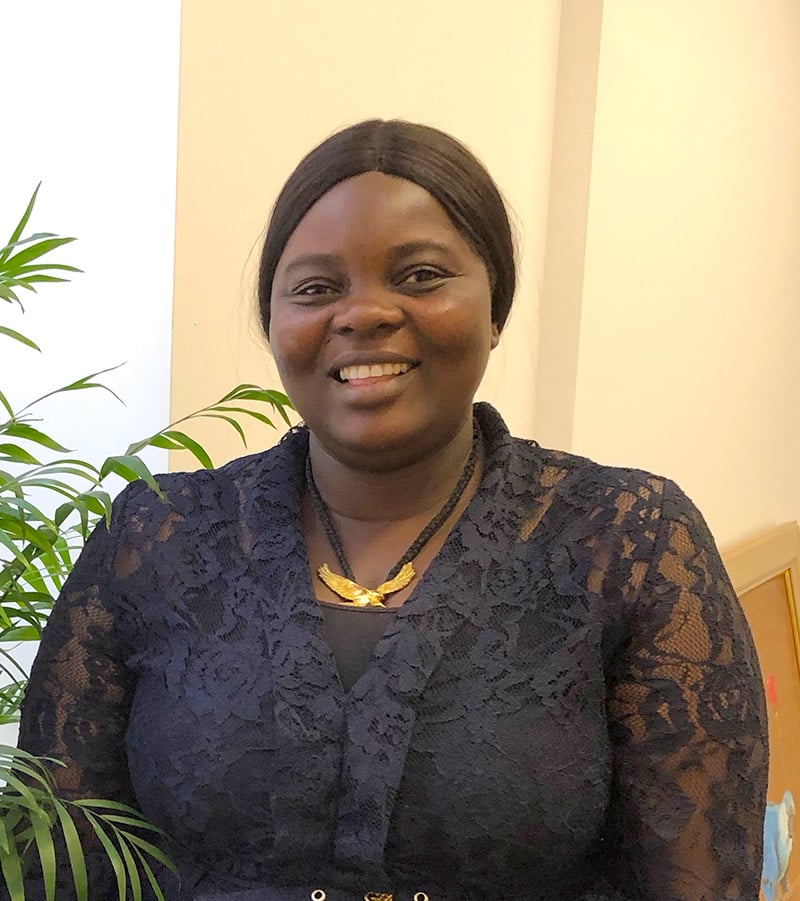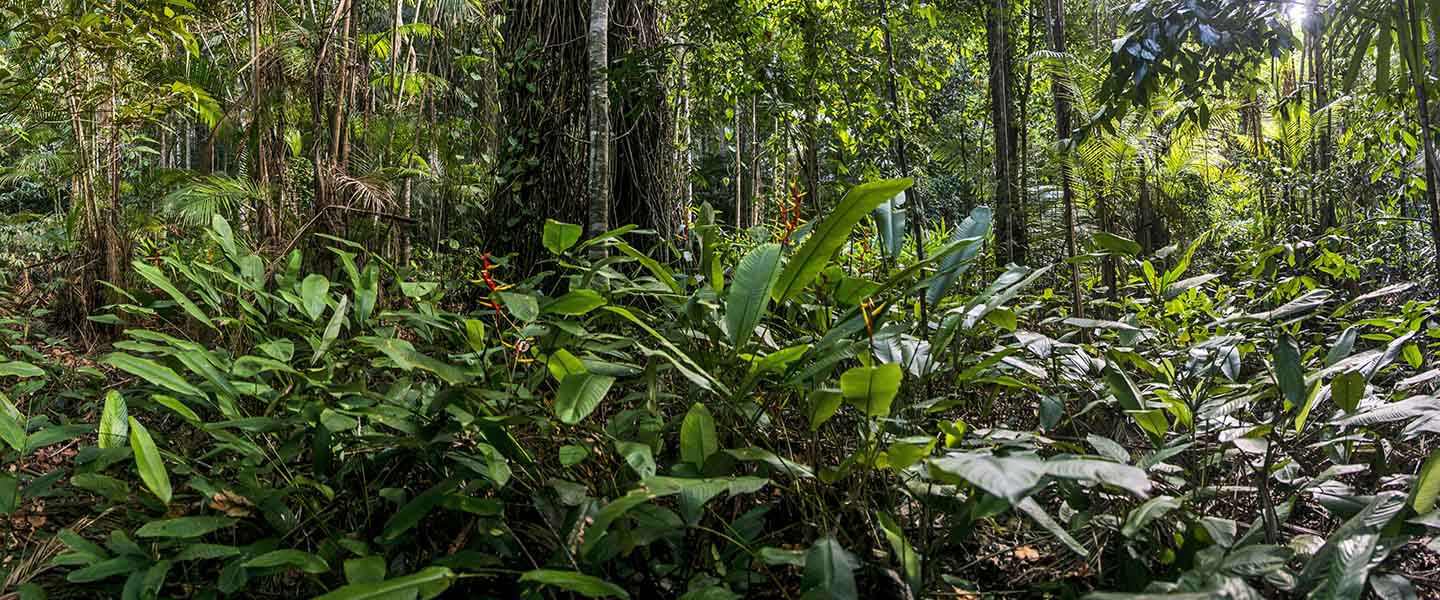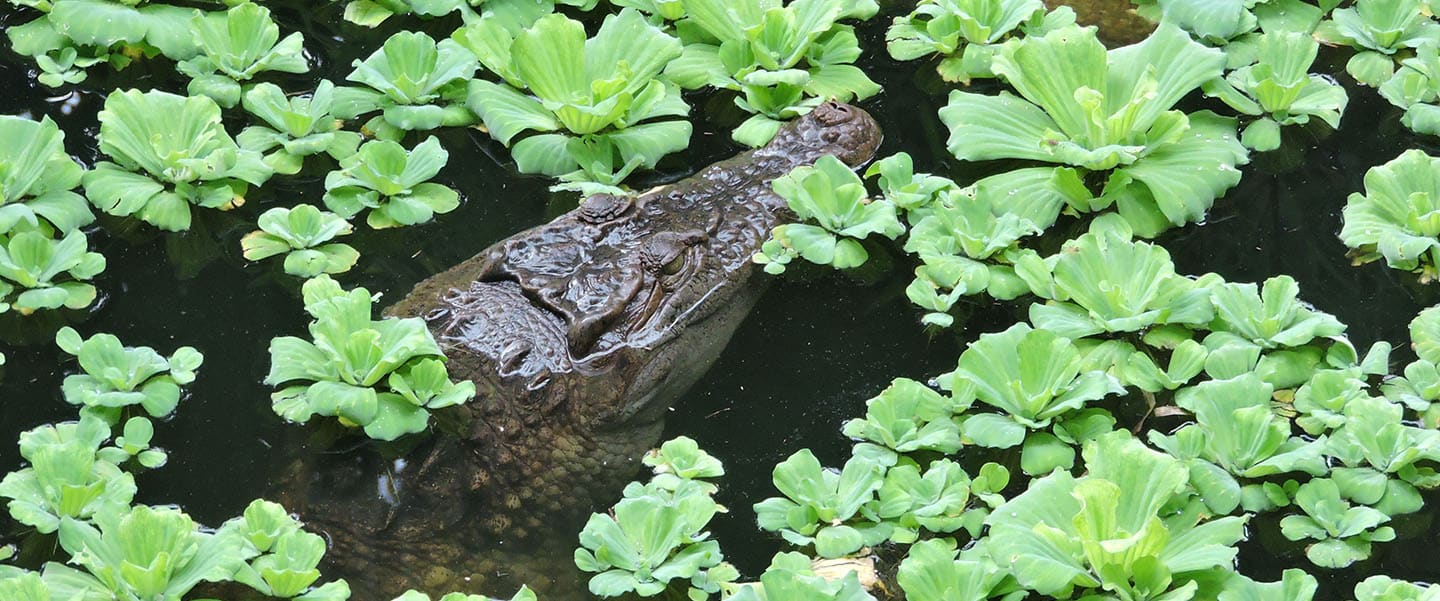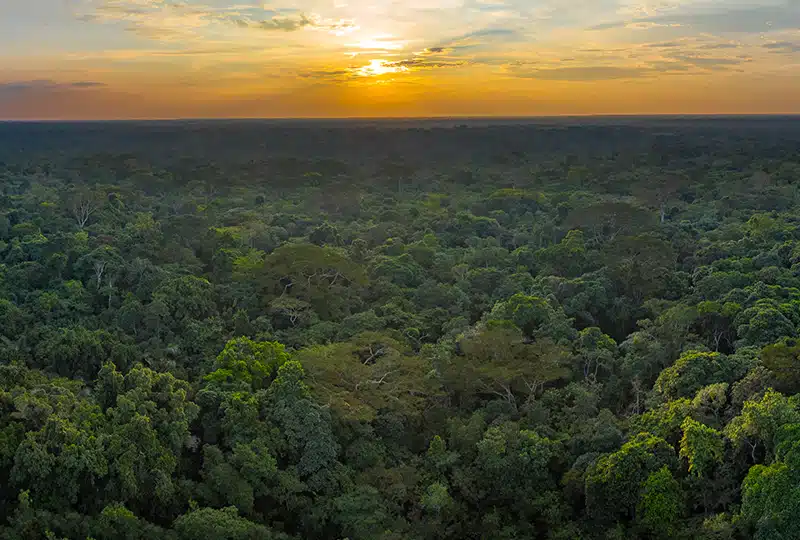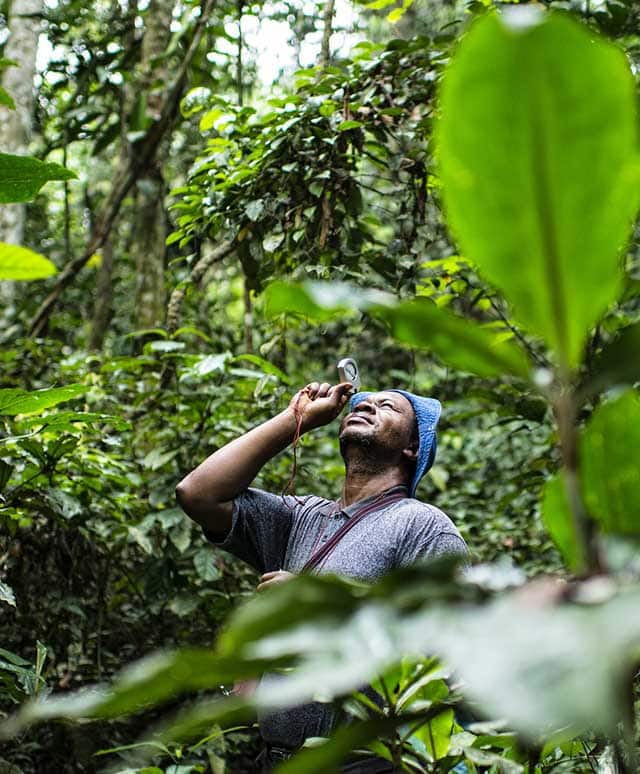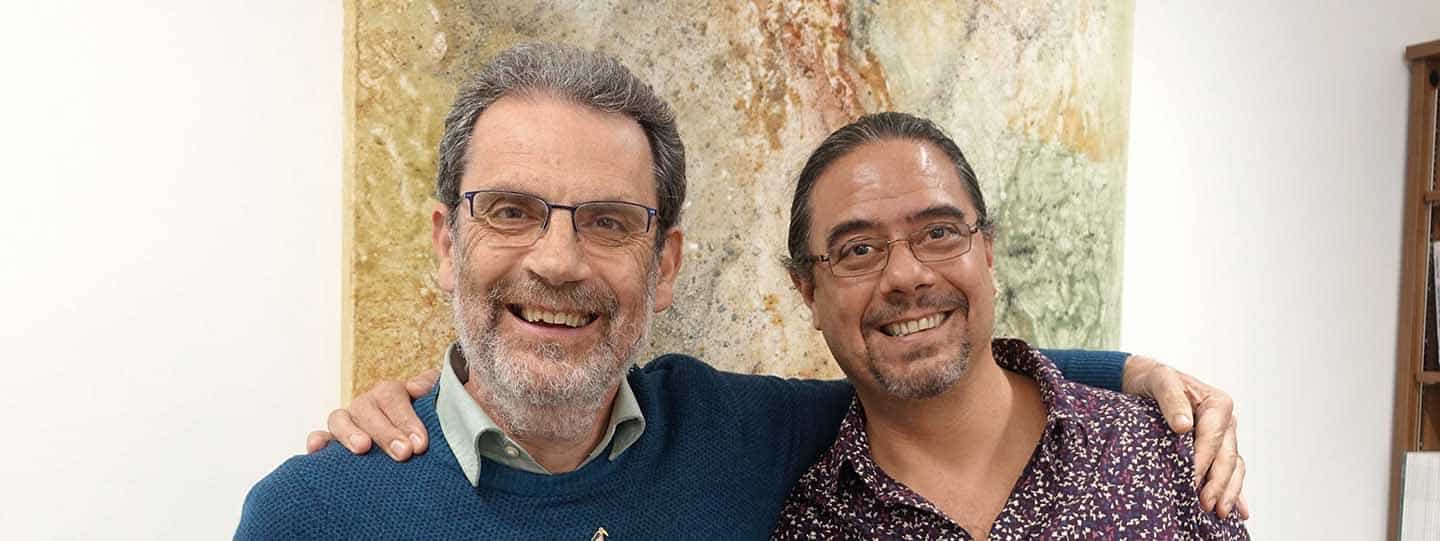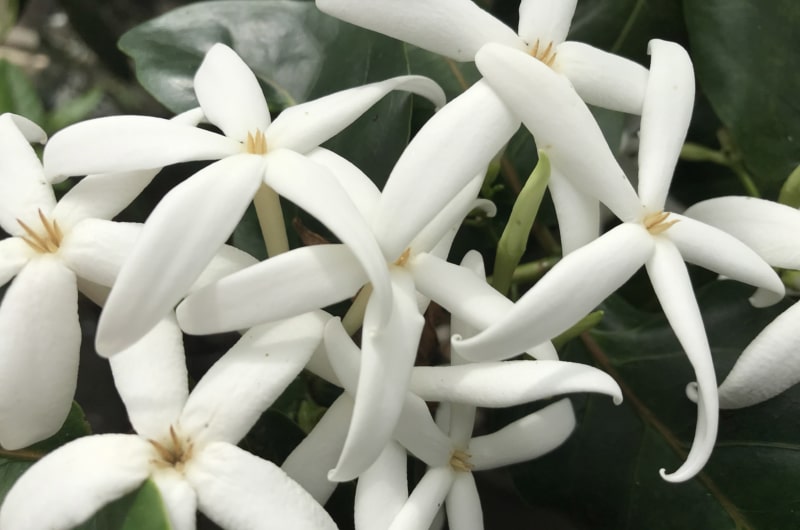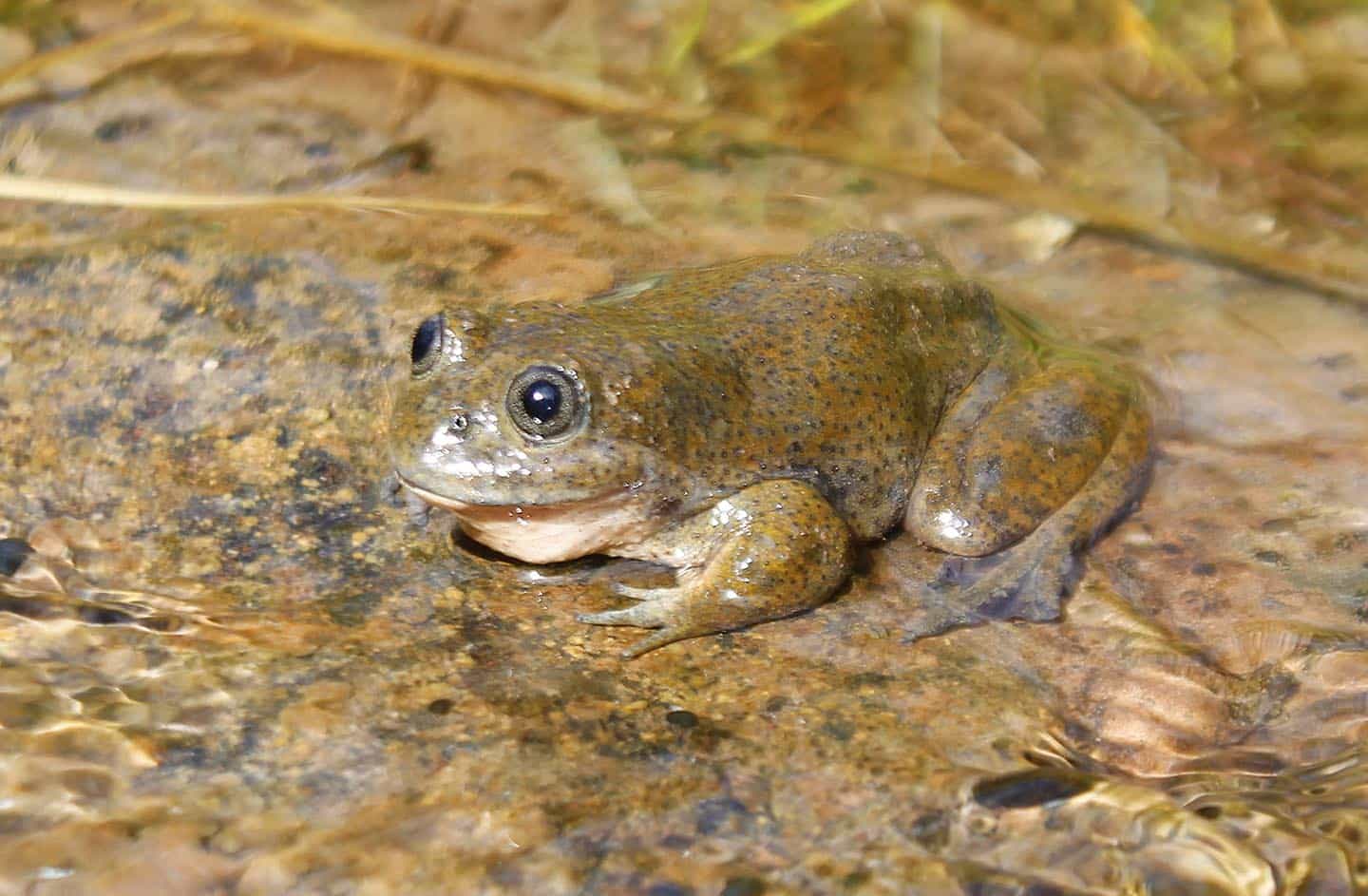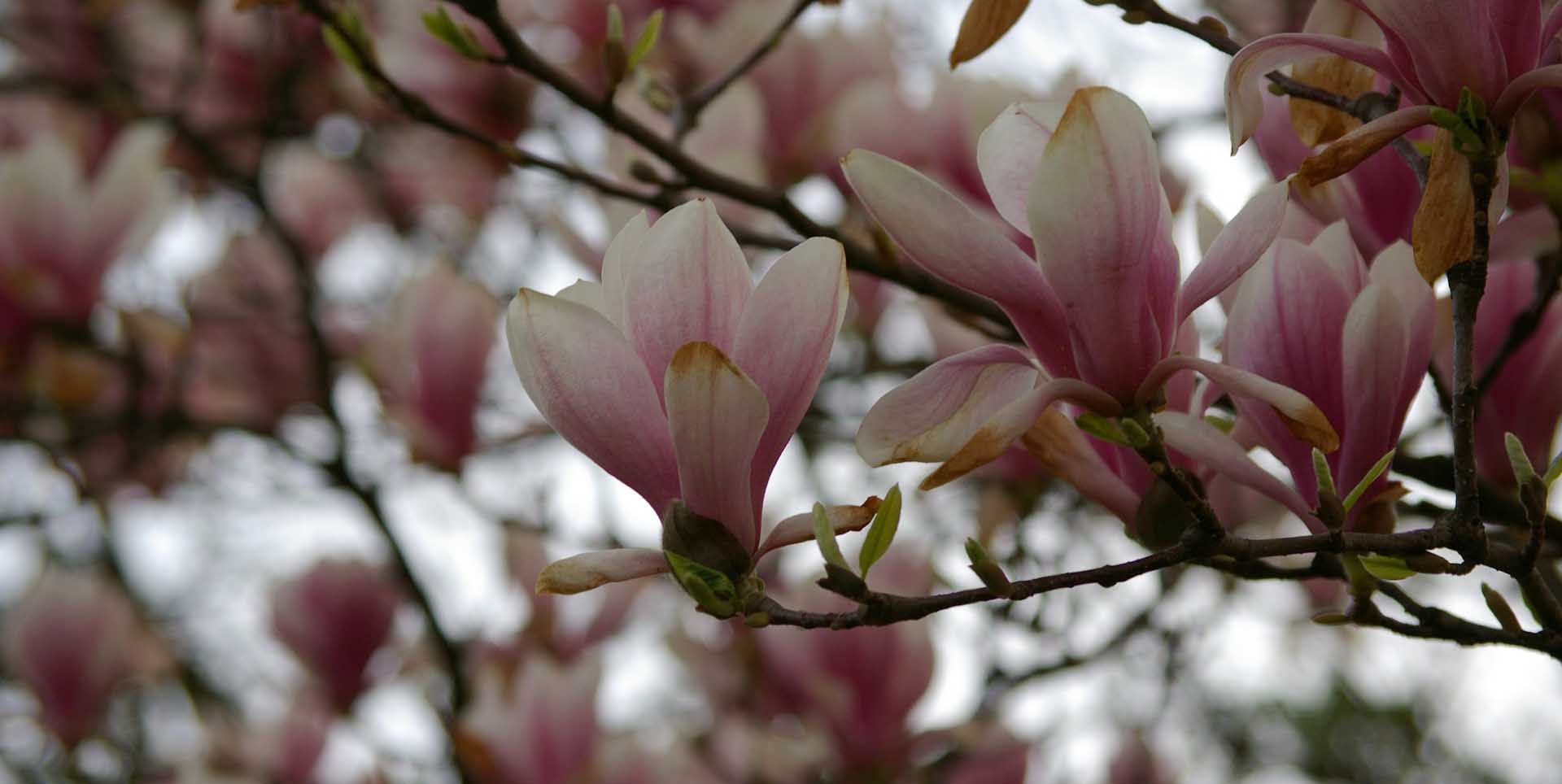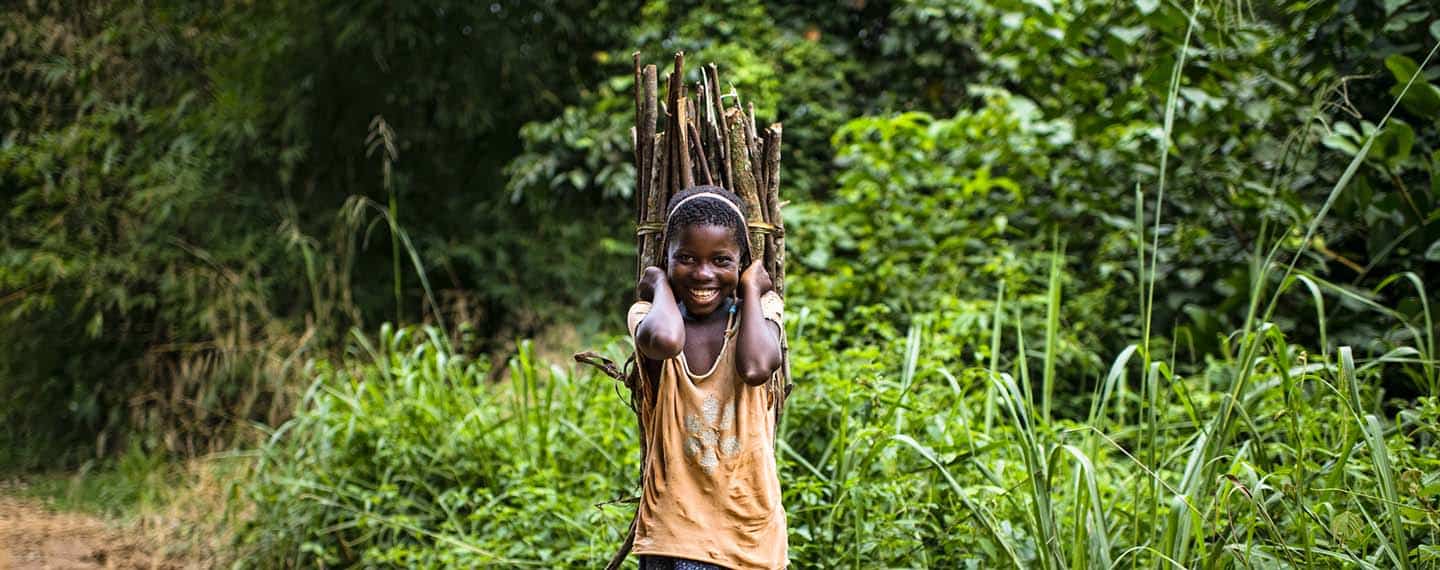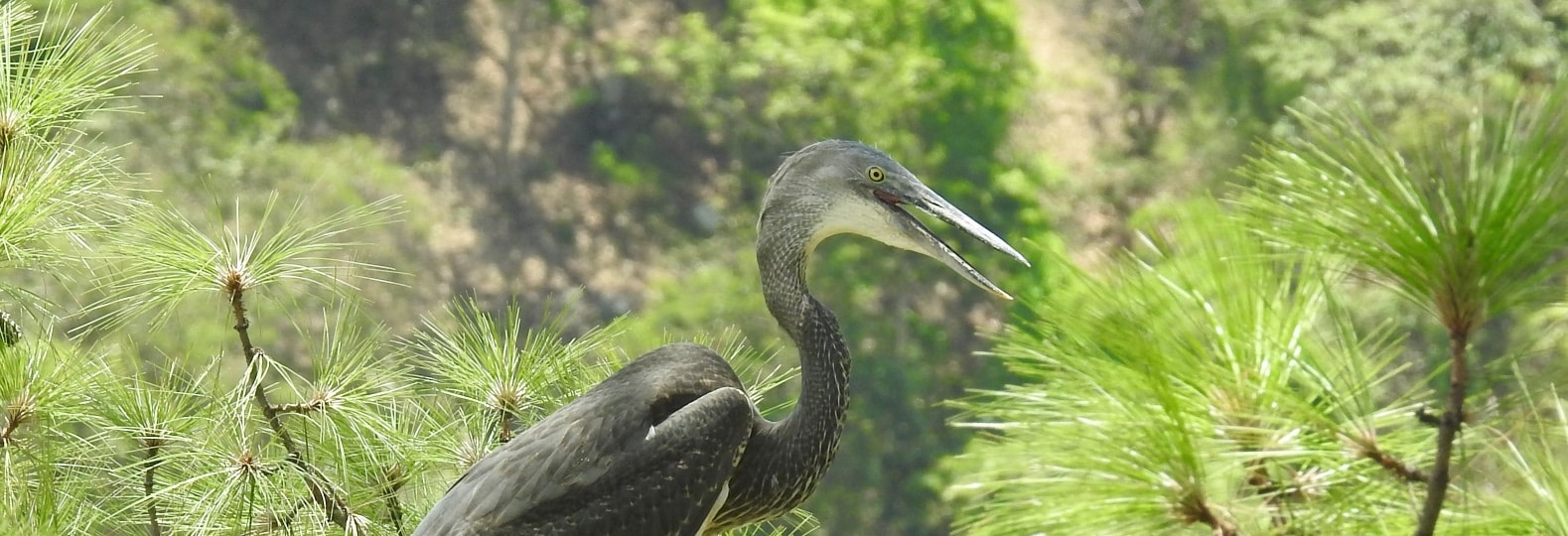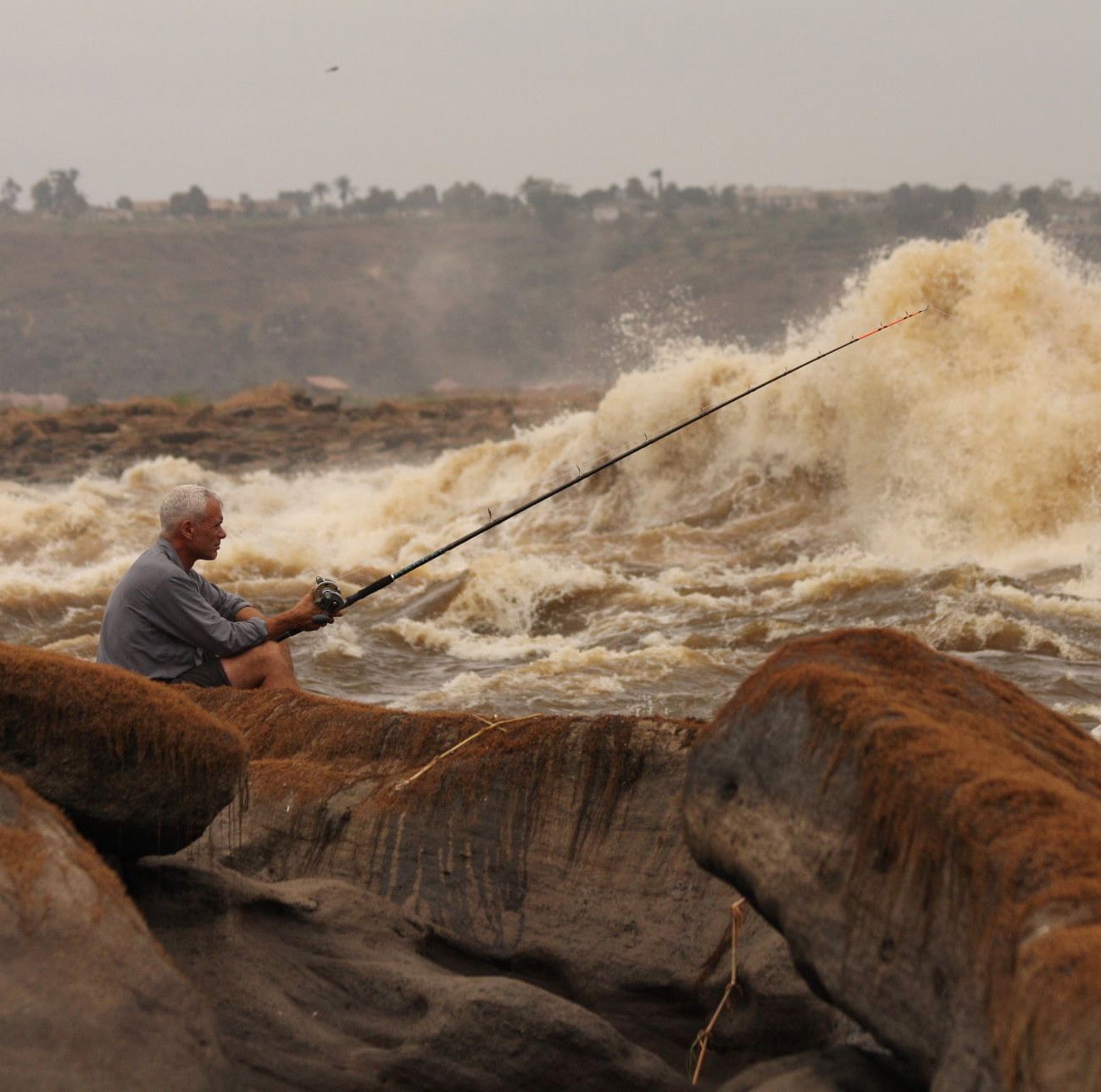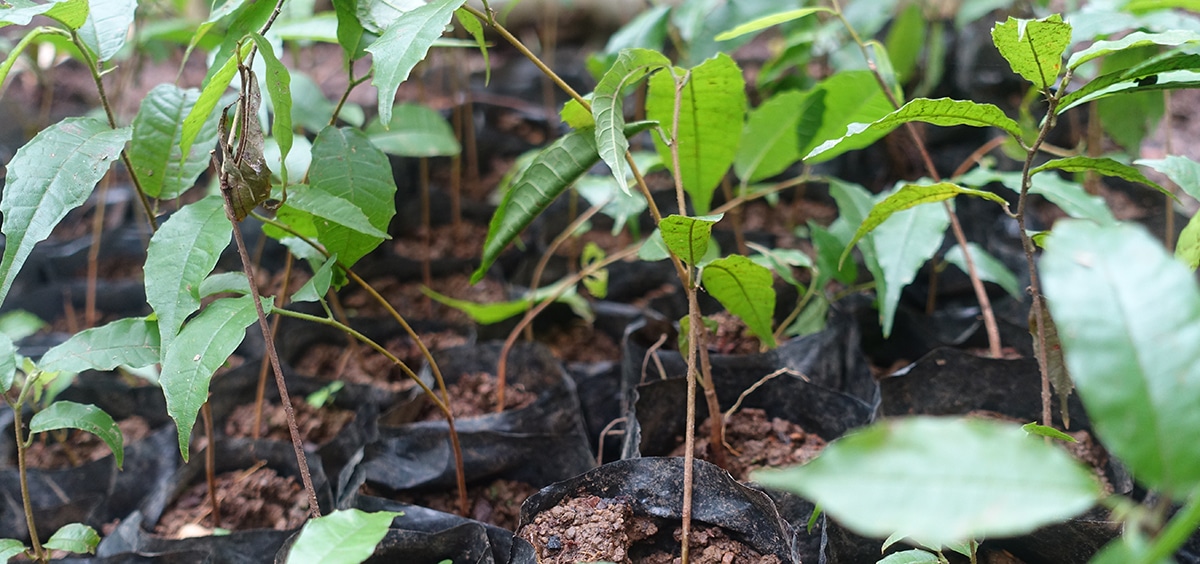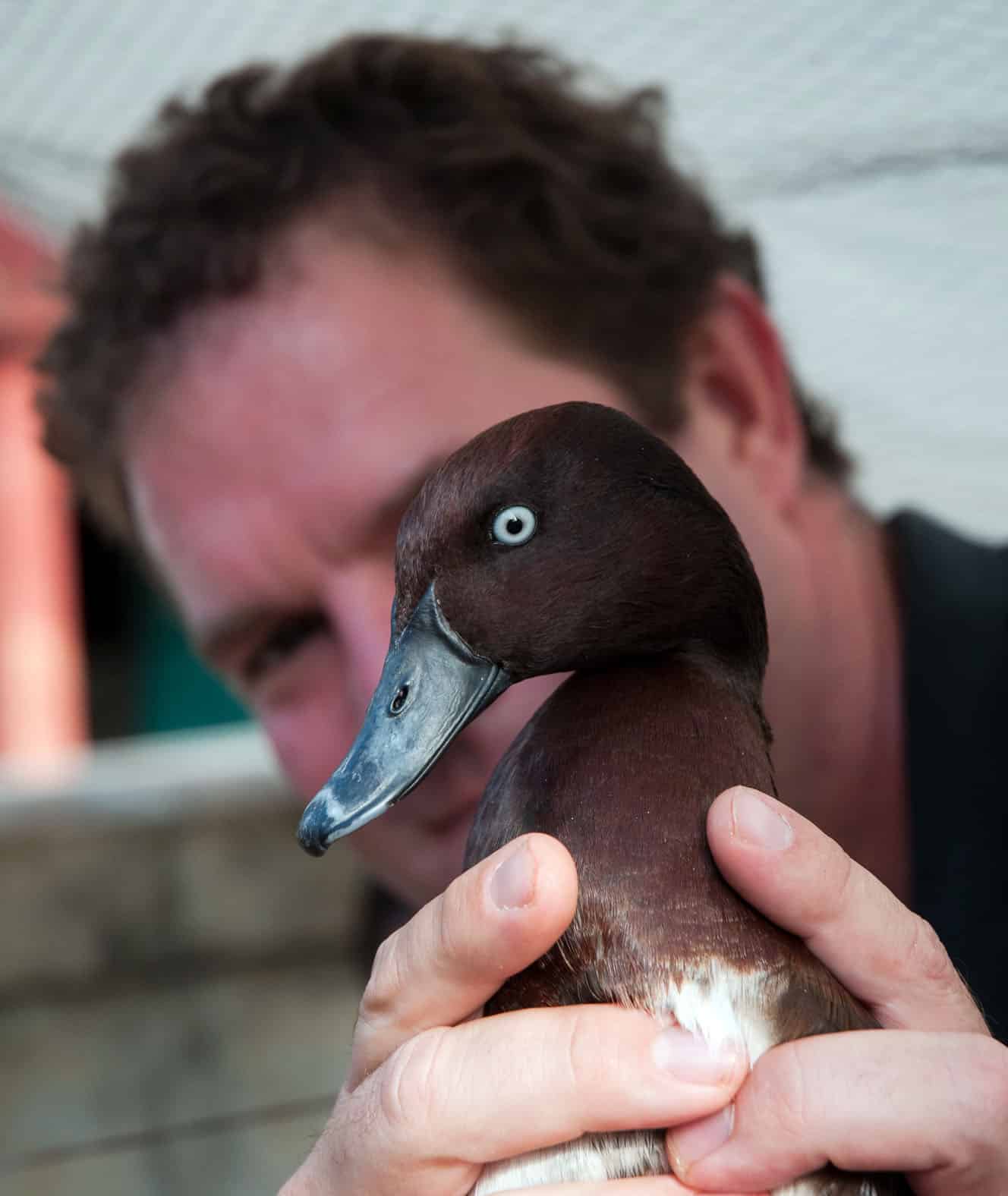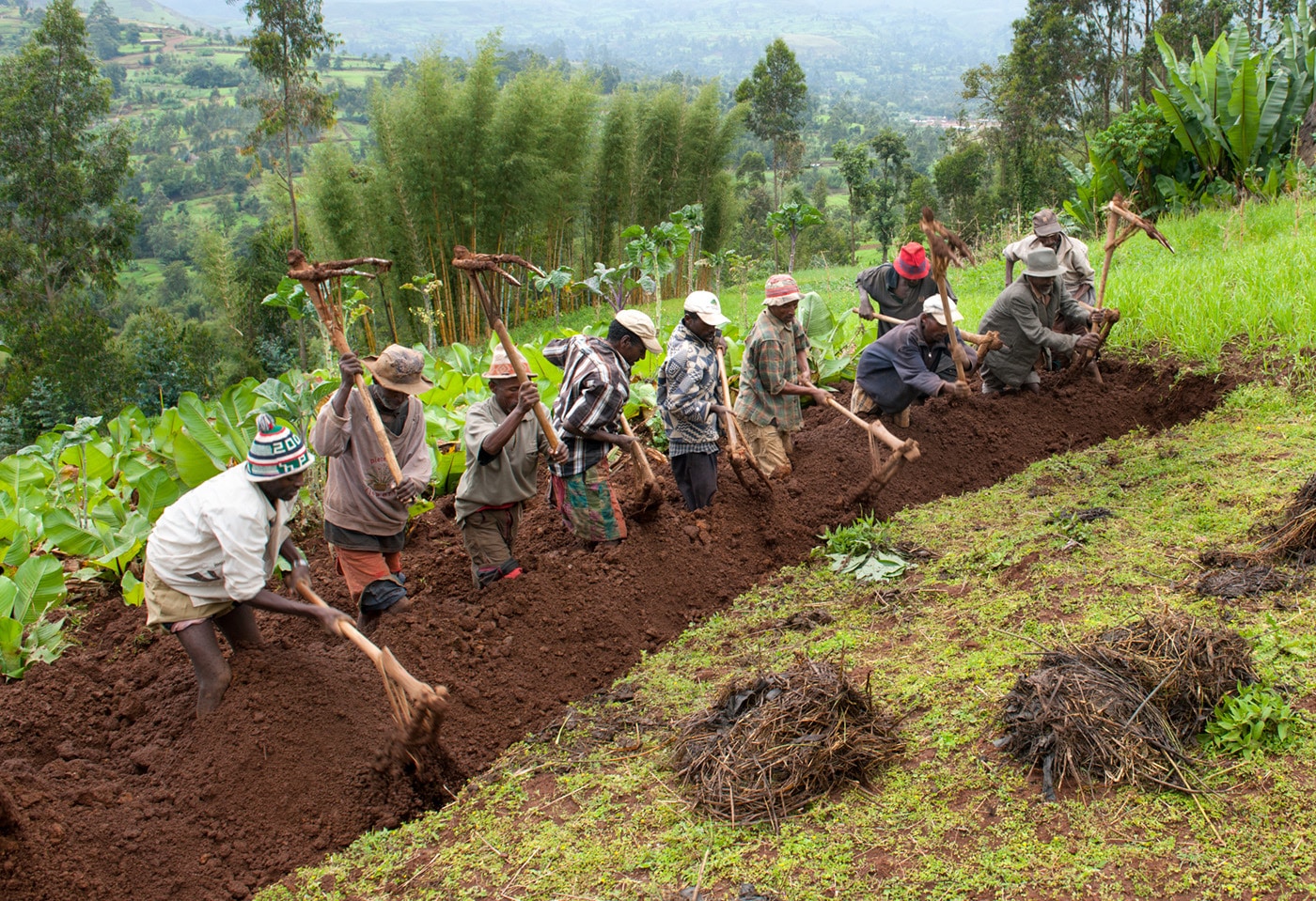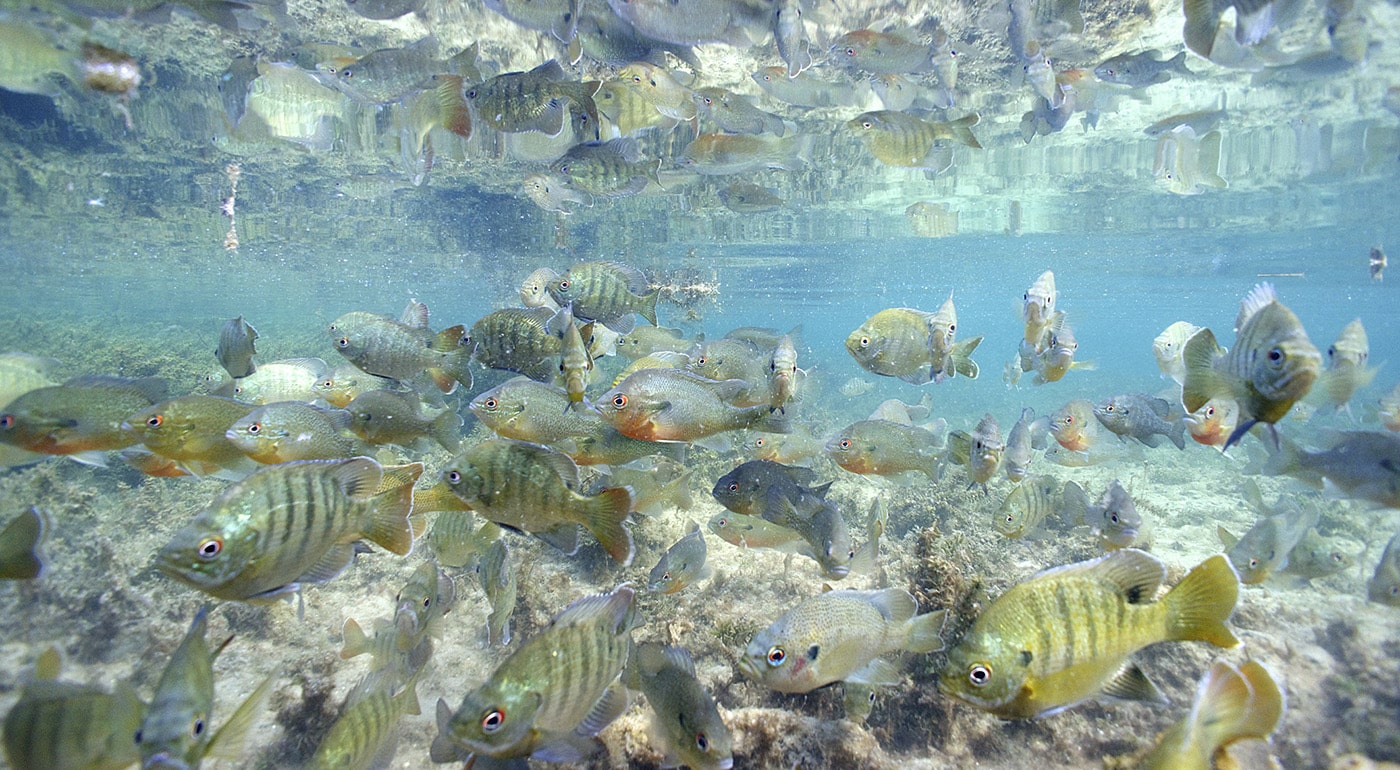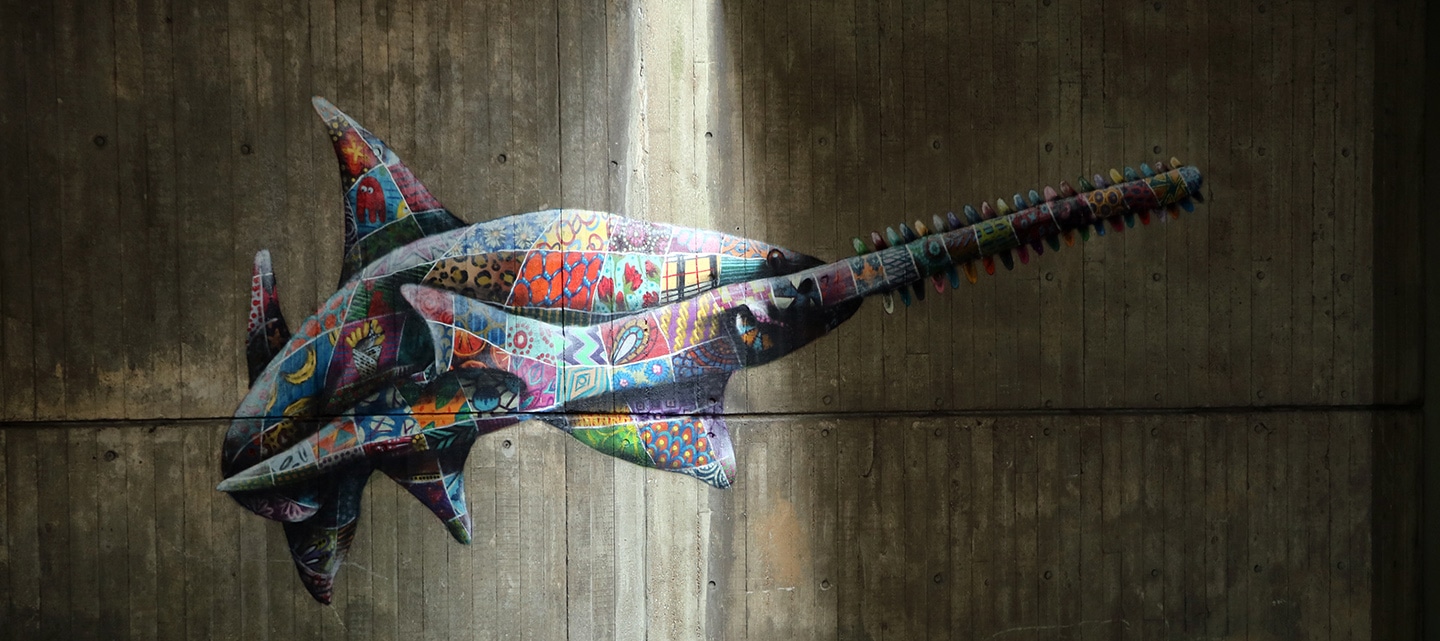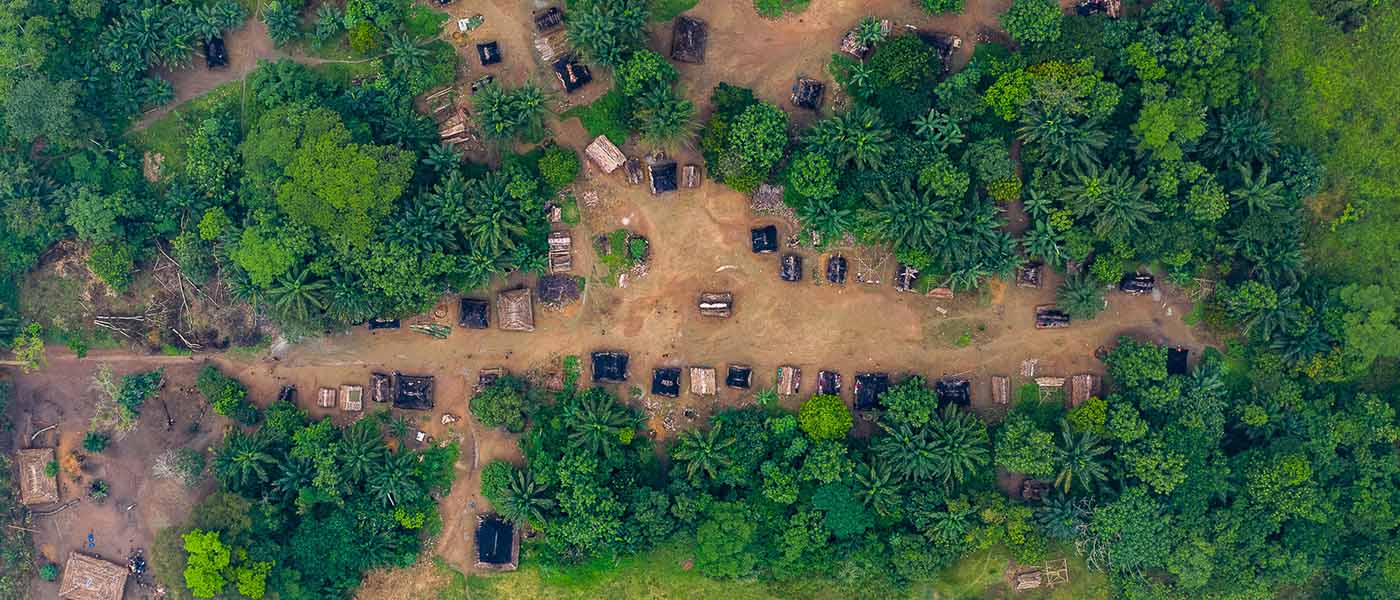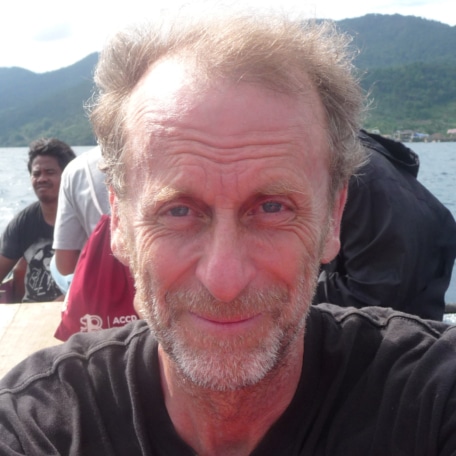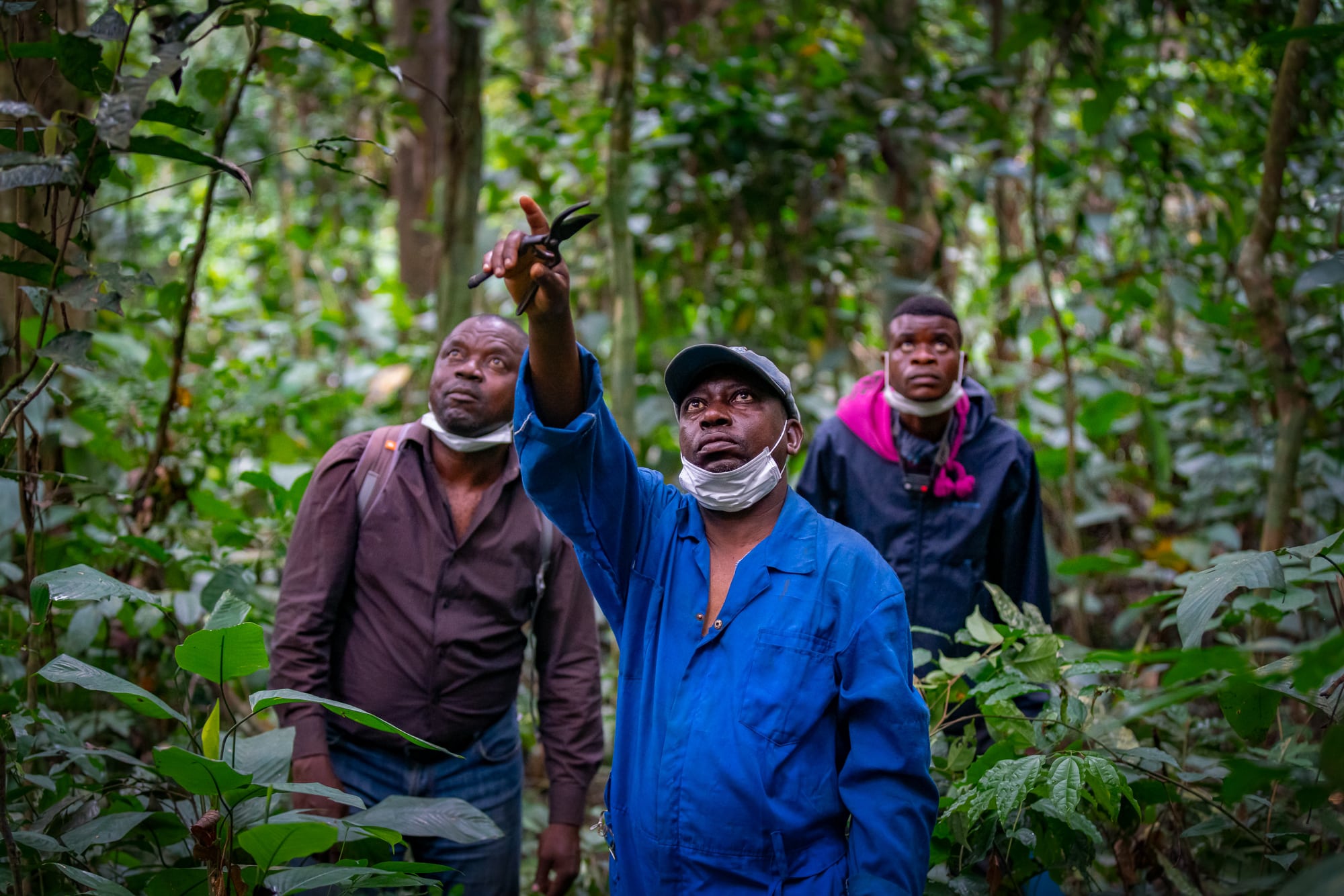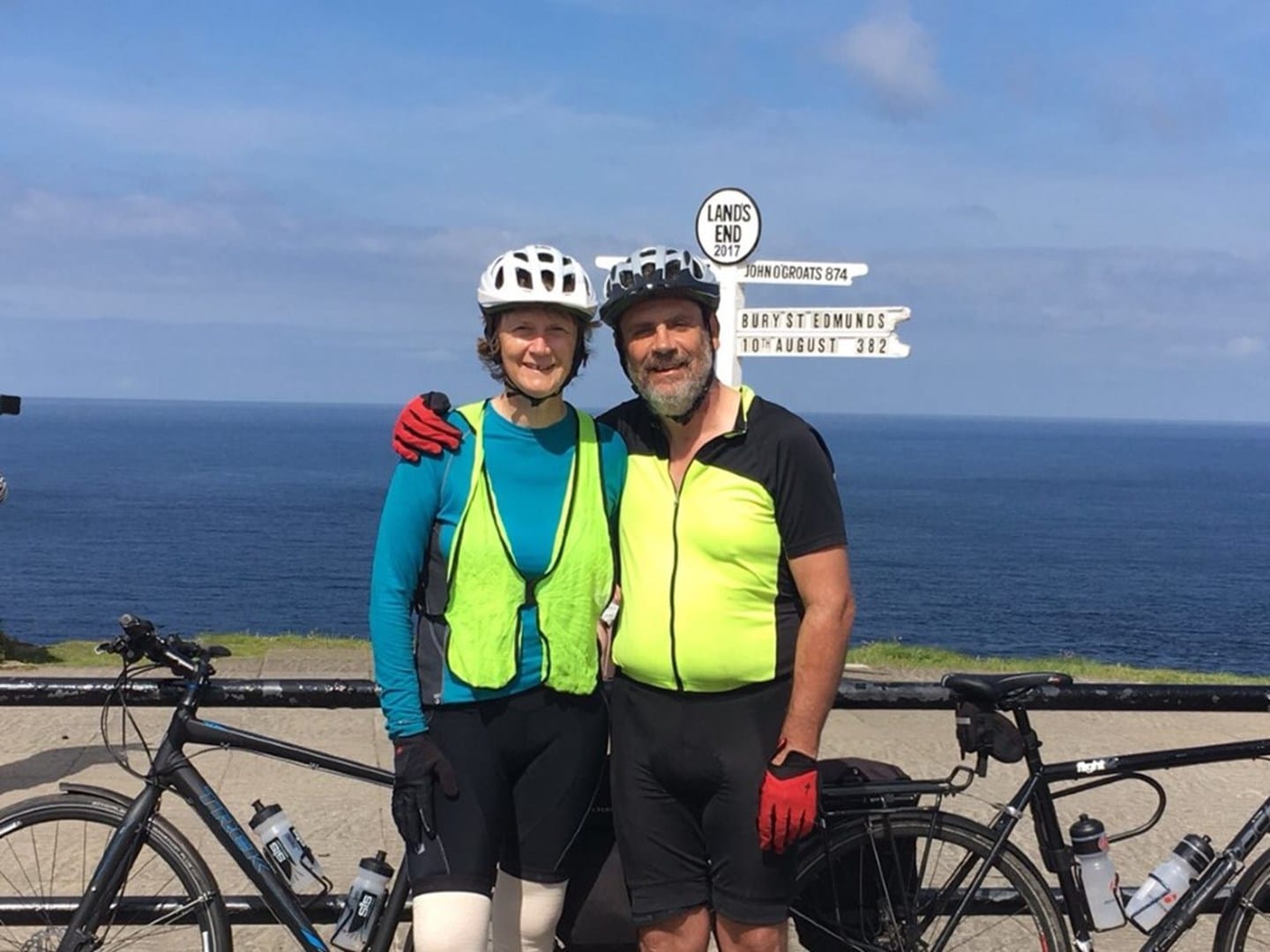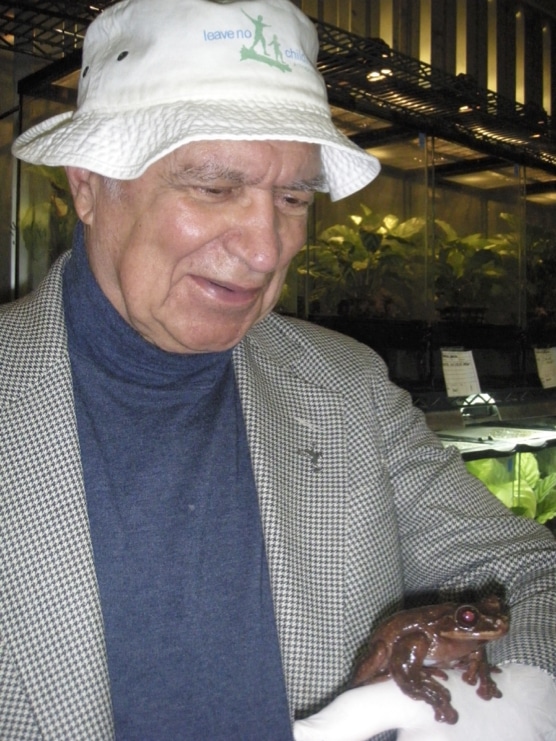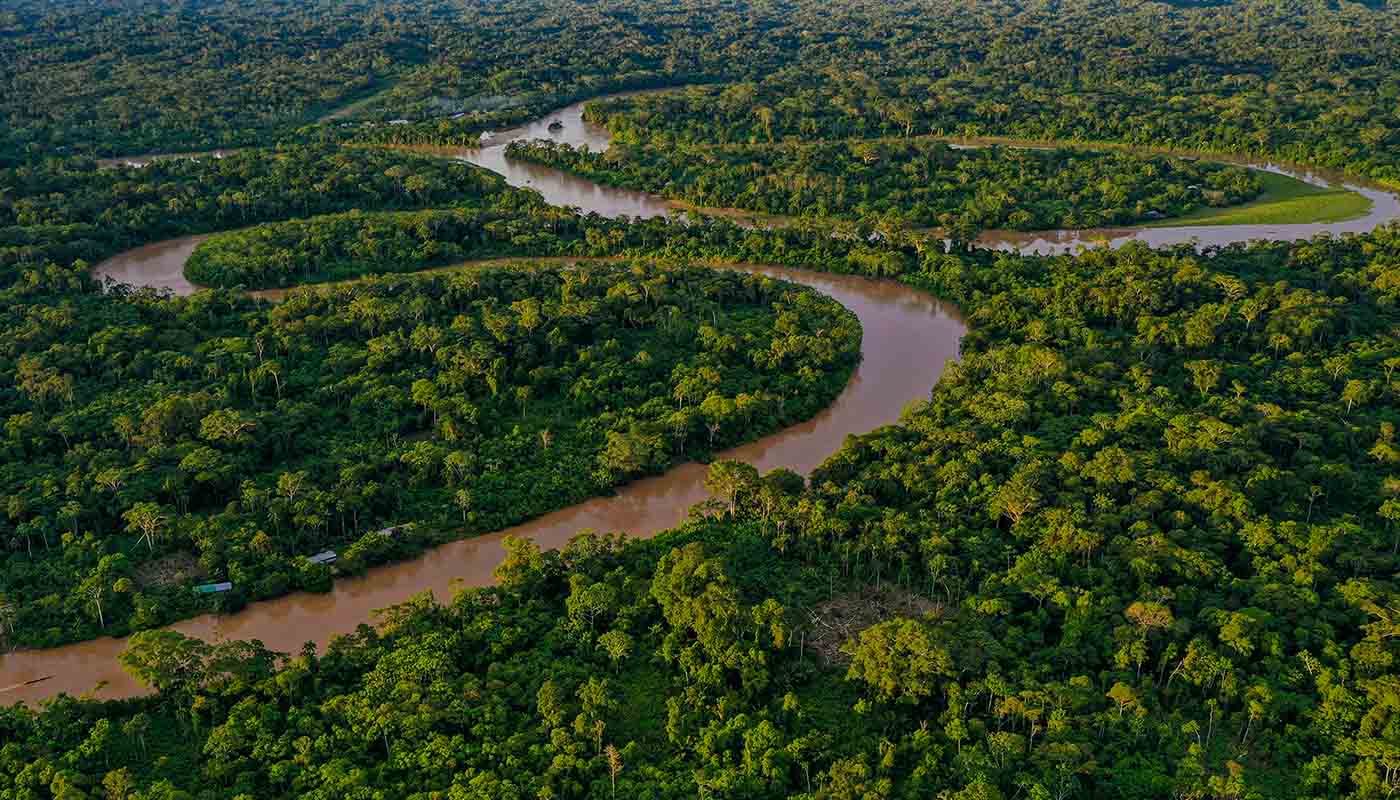Our news, views and stories
Our news, views and stories
Stories that matter
Stories help us to make sense of the world. In conservation, the stories are often familiar – powerless local communities fighting a losing battle against big corporate greed destroying or stealing their land; yet another species being pushed ever closer to the brink of extinction while we look on, powerless to do anything to stop it; the slightly eccentric field scientist dedicating a life to understanding and conserving one small, mysterious species that most people have never heard of…
We have all these and more. But we also want to bring you stories of success and stories of hope. Conservation really does work, when it’s done well. Change can happen and we want to see more of it.
We draw inspiration from the people we work with – conservationists on the frontline, dedicated researchers, artists, activists, enlightened funders, and many more.
Our Stories
Learn more about the partners we fund and support, read interviews with our allies and dive deeper into our work.
From pledges to action: Land tenure commitments take centre stage in London
The nature that upholds all life is protected every day by Indigenous Peoples and local communities around the world. T (...)
A window into Guarani M’byá food culture
Guarani peoples – native to Brazil, Argentina, Paraguay, Bolivia and Uruguay – were one of the first peoples contact (...)
Stewardship as culture and resistance: A freshwater perspective
Rivers cleanse our waters, birth new life, and carry generational stories of interrelatedness and resilience as they jou (...)
Bottom trawling: Fishing reform is possible
Sir David Attenborough’s 90th birthday brought the release of his latest film Ocean. It contained the first-ever foota (...)
“This is the reality”: What Indigenous leaders need us to hear
If we want to create a liveable future for all beings, it’s vital we listen to Indigenous voices, which too often go u (...)
Tall tails: Seven tadpole species you won’t believe
As we enter spring, new life starts to emerge, and that brings tadpole season. There is still a lot we don’t know abou (...)
How can philanthropy step up in light of cuts to overseas aid?
Following a roundtable discussion on how to provide better funding at the 16th Conference of the Parties (COP16) of the (...)
Announcing our new Co-Executive Directors
Having recently undertaken a recruitment process to strengthen and take forward the leadership of Synchronicity Earth, w (...)
Six success stories of 2024
As we start the new year, we look back at six conservation success stories from 2024, made possible thanks to our wonder (...)
Seven species bringing the freshwater biodiversity crisis to life
The first global assessment of freshwater species across multiple taxonomic groups has revealed that one quarter of the (...)
One quarter of freshwater life threatened by extinction
The first global assessment of freshwater animals across multiple taxonomic groups has revealed that one quarter of the (...)
Melanesian legends: Five species with deep cultural significance
The Kikori Delta is renowned for its ecological significance, rich biodiversity, and fascinating culture. Extensive mang (...)
15 years of Synchronicity Earth: An interview with our Co-Founders
As Synchronicity Earth celebrates 15 years since it was founded, Nina Seale speaks to our Co-Founders, Adam and Jessica (...)
Connecting to the culture of the Cook Islands
The Cook Islands are a group of 15 volcanic islands in the southern Pacific Ocean, making up a self-governing island cou (...)
From passion to action: My internship in conservation
Johnathon Miller-McCall initially joined the Synchronicity Earth team as one of our Summer Interns – an internship tha (...)
From pledges to practice: How can environmental funding be more effective?
It’s Time. This was the theme of New York Climate Week 2024. For us, as part of the Good Funding Hub, that means ‘It (...)
The Indigenous resistance protecting Ecuador’s rivers
Ecuador is the only country which recognises nature’s right to exist and thrive in its constitution. It is one of the (...)
Championing local voices on community forestry
In early June, Kinshasa in the Democratic Republic of Congo was the host city for the Congo Basin Forest Partnership’s (...)
Endangered encounters: A hornbill love story
The Visayan hornbill is a charismatic bird with a long decorative bill which looks like it has been carved by hand. It c (...)
Funding the youth biodiversity movement
When it comes to discussing biodiversity loss and climate change, there is a lot of talk about the future. But right now (...)
The secret to conservation success: listening
Meet Sheherazade (Shera) and Asnim Alyoihana Lanusi (Anim), the two founders behind PROGRES Sulawesi, an organisation su (...)
Project Seagrass: Saving the unsung heroes of our coasts
In late Spring, a handful of Synchronicity Earth team members visited our partner Project Seagrass in West Wales to see (...)
From primate scientist to youth activist: Meet Swetha Stotra Bhashyam
Serving as the Global South Focal Point for the Global Youth Biodiversity Network (GYBN) from 2018 to 2023, Swetha Stotr (...)
Investing in the people who will save species
We speak to Nerissa Chao, director of the IUCN SSC Asian Species Action Partnership (ASAP), about their new strategy and (...)
The RACE Report: Ethnic diversity and the environment sector
As conservationists, we cherish biodiversity. We understand that an ecosystem is strongest, most resilient to change, an (...)
Meeting partners where they are – a Vietnam photo story
To properly respond to partners' needs, we must understand the increasingly complex contexts they face. Our Asian Specie (...)
Good news from the DRC!
The type of environment news that makes the headlines can be disheartening. But when we take a closer look, there are so (...)
Climate disaster hits southern Brazil, thousands displaced
Entire cities in southern Brazil have been flooded as a climate catastrophe has struck Rio Grande do Sul. Two of our par (...)
Funding Together: Pooling resources for conservation
For environmental philanthropy to reach the places it is most needed and be most effective, better collaboration among f (...)
Celebrating women in conservation
Women play an immensely important role in the conservation world. From contributing ground-breaking research, to upholdi (...)
How a small Cameroonian organisation saved 20,000 ha of tropical rainforest
The bad news came through at their weekly team meeting: a new decree (N°2019/4562 of 11 November 2019) had been issued, (...)
The funding dilemma: How do we turn pledges into action?
In 2021, at the COP26 climate summit in Glasgow, a group of environmental conservation donors made a historic $1.7 billi (...)
In it for the long haul: Protecting 16,000 km2 of EU seabed
Wildlife corridors through oil palm plantations. Local communities saving the world’s rarest crocodile from extinction (...)
Why local conservation challenges require local solutions
In the second part of the series, we continue our interview with Julie Gagoe Tchoko and Merline Touko Tchoko, two sister (...)
Five success stories of 2023
When it comes to preserving nature, it can feel like there is an overwhelming amount of work to do, but the new year bri (...)
Pathways to change in the Congo Basin
In this interview, we spoke to Julie Gagoe Tchoko and Merline Touko Tchoko, two sisters from Bafang in the Uper Nkam dep (...)
In it for the long haul: Transforming the crocodile from villain to hero
Wildlife corridors through oil palm plantations. Local communities saving the world’s rarest crocodile from extinction (...)
Podcast: Miriam Supuma talks about Papua New Guinea
Our Biocultural Diversity Programme Manager Miriam Supuma spoke to Mongabay’s Mike DiGirolamo about why Papua New Gui (...)
Podcast: Nina Seale talks about conservation storytelling
Our Communications Manager Nina Seale spoke to Dr Nick Askew, Director of Conservation Careers, about her career in con (...)
One last chance to find the saola
The saola is the world’s rarest large mammal. It hasn’t been recorded since a trail camera captured an image of one (...)
In it for the long haul: Bringing biodiversity to oil-palm country
Wildlife corridors through oil palm plantations. Local communities saving the world’s rarest crocodile from extinction (...)
Towards better climate funding: centring Indigenous Peoples and local communities
“Money earmarked for Indigenous people that sits in a bank because of worries about Indigenous ‘capacity’ is wate (...)
Hope for amphibians: the comeback stories
As many as 222 amphibian species could already have gone extinct, and 2,873 are in danger of extinction, says the second (...)
Amphibian extinctions: forgotten today, gone tomorrow
As many as 222 amphibian species could already have gone extinct, and 2,873 are in danger of extinction, says the second (...)
The overlooked extinction crisis: amphibians
As many as 222 amphibian species could already have gone extinct, and 2,873 are in danger of extinction, says the second (...)
The wildlife illustrator shortlist
In July 2023, we put out a call for an illustrator to help bring a handful of extinct species to life. We received a hug (...)
Email exclusive: Follow the Atlantic Forest expedition
Our partner Instituto Curicaca have launched an expedition across the Atlantic Forest in the far south of Brazil, with o (...)
From the field: gallery of photos fresh from our conservation partners
Enjoy a behind-the-scenes peek at the images in our Programmes Team inbox with stories fresh from our partners about con (...)
In it for the long haul: Saving the giant squeaker frog
Wildlife corridors through oil palm plantations. Local communities saving the world’s rarest crocodile from extinction (...)
Recognising the power of the youth movement: the Chrysalis Youth Fund
We are very excited to announce the launch of Synchronicity Earth’s new fund to support the emerging leaders of the yo (...)
A career in conservation: an interview with Julie Thomas
Our Head of Conservation Programmes, Julie Thomas, joined the Synchronicity Earth team in January, 2023. In this intervi (...)
Five takeaways from my conservation internship
“I never thought I’d ever have a role in the environmental sector, but now I have a range of new skills and a much (...)
The freshwater opportunity: preserving the waters which connect us
What do rivers mean to you? For Hugo Costa, deep in the Amazon, the seasons of the Juruá River can define the food you (...)
How a literature degree prepared me for a career in conservation
Claire Adler came to Synchronicity Earth with a lifelong interest in conservation, a lot of anxiety about climate chang (...)
Amphibians and culture III: restoring positive narratives in India and South Africa
Amphibians occupy a complex place in cultures around the world. Throughout history, these vibrant, shape-shifting creatu (...)
Amphibians and culture II: mutual flourishing in Central and South America
Amphibians occupy a complex place in cultures around the world. Throughout history, these vibrant, shape-shifting creatu (...)
Amphibians and culture I: European superstition and ambivalence
Amphibians occupy a complex place in cultures around the world. Throughout history, these vibrant, shape-shifting creatu (...)
Inland waters: it is time to prioritise the waters of life
In the United Nations biodiversity agreement, freshwater ecosystems were finally included as ‘inland waters’ in the (...)
A victory for our ocean, 20 years in the making
The high seas, or regions of the ocean beyond national borders, make up 50 per cent of earth’s area. They are home to (...)
The myth of green hydropower
Large dams are disastrous for freshwater ecosystems. From preventing salmon migrations, to flooding niche river ecosyste (...)
Meet our Latin America affiliate, Grace Iara Souza
Over the past 18 years, Dr Grace Iara Souza has developed a deep understanding of the impacts of global environmental go (...)
A long-term commitment to our ocean: the Neptune Fund
There is an urgent need for increased long-term funding to support effective ocean conservation action. Mainstream ocea (...)
Snapshots from a global biodiversity conference
The world's largest and most important global gathering on biodiversity convened in Montreal, Canada, in December 2022. (...)
Indigenous youth at COP27: From the village to the world
Clique aqui para ler este artigo no original em português. Most of the media coverage of COP27, held in November 2022 (...)
Five success stories from 2022
With the UN Convention on Biological Diversity’s new agreement dominating conservation headlines, it can be easy to (...)
Towards a flourishing future
As we approach the end of 2022, our Co-Founder Jessica Sweidan gives her thoughts on a year of growth and progress for S (...)
Our connection with the ocean
The ocean is intrinsically entwined with our experience of the world, influencing our climate, our air, our food, our e (...)
Making history: Conservation in the Congo Basin with Bihini Won wa Musiti Jean
When Bihini Won wa Musiti Jean began working in forest conservation in the Congo Basin back in 1982, in Central and West (...)
Changing how I see the world
Synchronicity Earth Trustee Catherine Bryan describes how her perception of the world around her has shifted since she m (...)
Rivers – overlooked and undervalued allies in the age of the climate crisis
What role do rivers play in your life? For billions of people around the world, they are – literally – their source (...)
Email exclusive: Keep them in the running
Staff member Michael Edmondstone will be running the London Marathon dressed as an overlooked and underfunded species. B (...)
Rethinking African conservation funding
“The most important things in the world that need doing cannot be done by large organizations. They will be done by ma (...)
A job in the environment sector? I never thought of it until now…
In March 2022, Reefah Chowdhury began working with us as part of the Race for Nature's Recovery (R4NR) programme. She j (...)
On a learning journey to support locally-led conservation
Sophie Grange-Chamfray, Synchronicity Earth Knowledge and Learning Manager, reflects on what she has learnt through her (...)
Reflections from the United Nations Ocean Conference
Anna Heath (left) with Camille Rivera from Oceanus Conservation. How to scale up action for the ocean? This was the foc (...)
What is agroforestry?
The agroecological systems of farmers, growers, and Indigenous Peoples everywhere have shaped and cared for landscapes f (...)
Champions of the Endangered
On June 2022, Synchronicity Earth and the Ellen Fund invited friends, partners, and beyond to share stories which celebr (...)
An interview with Nemonte Nenquimo
Nemonte Nenquimo is an Indigenous leader of the Waorani people in the Ecuadorean Amazon province of Pastaza, one of the (...)
The new and improved Ocean Programme sets sail
Our High and Deep Seas Programme has been focused on these two overlooked areas of marine conservation for seven years. (...)
Placing trust at the heart of environmental philanthropy
With a wave of new pledges of large grants to environmental organisations, as funders, we need to reflect on how our phi (...)
The glass slipper of the greenhouse: what is the cost of the orchid trade?
The protection of endangered plants is often overlooked in the world of conservation. But not only is the conservation (...)
Not forgotten any longer: the Gigantes forest frog
Pria Ghosh introduces one of our Amphibian Programme partners: Project Palaka, the first amphibian conservation programm (...)
Painting a new future for a Critically Endangered terrapin
SatuCita Foundation is one of the newest partners in Synchronicity Earth’s Asian Species Programme with a particular (...)
Four conservation stories from 2021 to make you smile
2021 has presented many challenges for conservation, with COVID-19 continuing to prevent safe engagement with communitie (...)
An overlooked ecosystem: seagrass meadows
When we think about important habitats, we often imagine a coral reef, a tropical rainforest or maybe the African savann (...)
In search of secret wildlife Part IV: The ocean depths
Continuing our ‘In search of secret wildlife’ series, Nina Seale dives into the mysteries surrounding marine ecolog (...)
My World Conservation Congress was in Kinshasa
Cliquez ici pour lire cet article en français. Merline Touko Tchoko, Cameroonian communications expert and Synchronici (...)
Meet Dr Pria Ghosh
Pria Ghosh joined the Synchronicity Earth research team in October 2020. With her expertise in amphibian conservation an (...)
In search of secret wildlife Part III: The power of knowledge
Hundreds of new species are discovered across the diverse tree of life around the world every year. Every single discove (...)
An Interview with Miriam Supuma
Miriam Supuma has been working for over ten years with conservation organisations in Papua New Guinea, a country that co (...)
Engaging the finance sector on biodiversity
When it comes to the ‘E’ in ‘ESG’ (Environmental, Social and Governance), impact on biodiversity is often overlo (...)
In search of secret wildlife Part II: The saola
Continuing our ‘In search of secret wildlife’ series, following our blogpost on lost fishes, Nina Seale tells the s (...)
In search of secret wildlife Part I: Lost fishes
As our partner Shoal announce an exciting quest to find the world’s ten ‘most wanted’ lost species of freshwater f (...)
Flying the nest…
It is with sadness, but also pride and our full support that we wish Katy Scholfield well in her new role at Arcus Found (...)
Indigenous lifeways for a flourishing Earth
The latest in our series of Deeper Thinking webinars focused on the concept of Flourishing Diversity, which lies at the (...)
The Amphibian Conservation Fund – catalysing support for amphibians
Synchronicity Earth, in collaboration with Fondation Segré and Oak Foundation, is delighted to launch the Amphibian Con (...)
Recognising the rights of rivers
Rivers are the planet’s arteries of life and are intrinsically linked to human well-being, history, culture, spiritual (...)
A new Biocultural Diversity Programme
The Biocultural Diversity Programme (formerly the Flourishing Diversity Programme) is a new Synchronicity Earth programm (...)
What can I do for nature? Four Steps for the Earth
One of the most common questions asked of environmentalists is ‘What can I do?’. The answer is different for every i (...)
How do we grieve for our natural world?
Synchronicity Earth CEO, Kirsty Schneeberger, reflects on the notion of grieving for nature and how 2020 has brought sad (...)
Confronting chytrid: the fight to save the world’s amphibians
In the 20th century, a new infectious disease emerged and caused an unprecedented environmental catastrophe. Chytridiomy (...)
Beyond carbon: nature’s big moment
For the third in our series of Deeper Thinking webinars, Beyond Carbon: nature’s big moment, we had the privilege of l (...)
Guardians of nature in the Congo Basin
Sophie Grange-Chamfray, Knowledge & Learning Manager at Synchronicity Earth, dives into the importance of local comm (...)
Making finance work for nature
Our global economic system relies on a wide range of financial services to operate. From bank loans to public offerings (...)
Funding destruction: we need to talk about fisheries subsidies
Fishing for human consumption is thought to be the biggest driver of biodiversity loss in our oceans, according to the (...)
The state of freshwater: reasons for hope
The state of biodiversity has been in the news again these past few weeks, with high-profile reports like the Global Bi (...)
The home of a frog orchestra
An Interview with Dr Caleb Ofori-Boateng, Founder of Herp Conservation Ghana Dr Caleb Ofori-Boateng was the first formal (...)
Where do we go from here?
The profound impact of the COVID-19 pandemic on our health, economies and societies has stimulated much discussion aroun (...)
A new chapter for Dr Simon Stuart
Dr Simon Stuart, our Director of Strategic Conservation, will step into a new role as Executive Director of A Rocha Inte (...)
Joining the dots: How can conservation help prevent future global disasters?
We were delighted to host two extraordinary conservationists, Razan Khalifa Al Mubarak and Steven Broad, for Synchronici (...)
A driving force for ocean conservation
An Interview with Dr Amanda Vincent, winner of the Indianapolis Prize, 2020 Dr Amanda Vincent has been a driving force f (...)
Dr Simon Stuart is awarded the 2020 Blue Planet Prize
We are delighted to report that our Director of Strategic Conservation, Dr Simon Stuart, has been awarded the 2020 Blue (...)
Same disease, different challenges
Around the world, the COVID-19 pandemic is taking a terrible toll: lives are being lost and families devastated; there i (...)
Health and biodiversity Part II: Wild medicine
Enzymes from hot springs, toxins from frogs, and the many, many medicinal uses of plants. Following our piece on zoonoti (...)
Health and biodiversity Part I: Wild diseases
As the COVID-19 pandemic has put both our health systems and our relationship with nature in the spotlight, Nina Seale i (...)
Turning a lens on community-based conservation
Chris Scarffe is an environmental filmmaker who has been lucky enough to work in some of Earth’s most unique and diver (...)
Sleeping Children of the Mountains: Guatemala’s rare and secretive amphibians
Synchronicity Earth is proud to announce a new partner for our rapidly developing Amphibian Programme: Foundation for Ec (...)
If we’re going to talk climate, we need to talk conservation
2020 is a big year for climate action. It is the start of a decade of climate action. But if we're talking climate, we n (...)
How can environmental films make an impact?
With public interest in environmental issues higher than it has been for years, it is important to maintain the momentum (...)
The last, great wilderness
An Interview with Dr Helen Scales Dr Helen Scales is a writer, marine biologist and broadcaster. She is currently writin (...)
Celebrating success in 2019
Our programmes have continued to go from strength to strength in 2019. Thanks to our generous donors and supporters, we (...)
Every heron counts: an international effort to save one bird
When it is estimated that only 60 of a species still exist in the wild, every single individual is important. Gemma Goo (...)
Home is where the heart is: the true meaning of community conservation
The Mabuwaya Foundation is a conservation organisation based in Isabela province, in Northern Luzon, the Philippines. Th (...)
What the hell is water?
On the week of Synchronicity Earth’s tenth anniversary, Founder Jessica Sweidan reflects on the cultural shifts toward (...)
A voice for nature in the world of finance
Simon Ruddick is the founder and current Chairman of Albourne Partners, a major player in the financial services industr (...)
The forests of freshwater
Freshwater habitats are not just rivers, and conserving freshwater species can be done hand-in-hand with local fisheries (...)
“The ocean is bearing the brunt of the climate crisis” says open letter to UK leaders urging ocean protection
In response to the Intergovernmental Panel on Climate Change (IPCC) Special Report on the Ocean and Cryosphere in a Chan (...)
Innovative partnerships and approaches for capacity building
Synchronicity Earth recently took part in a capacity building conference hosted at ZSL London Zoo. Katy Scholfield, our (...)
An Interview with Claire Nouvian
In 2018, Claire Nouvian, Founder and Chair of BLOOM Association (BLOOM), was awarded the prestigious Goldman Environment (...)
Whose land is it anyway?
CFLEDD (Coalition of Women Leaders for the Environment and Sustainable Development) is a growing movement of women in th (...)
Why do we need conservation optimism?
Conservation Optimism is a global community dedicated to inspiring and empowering people around the world to make a diff (...)
A teenager’s perspective: What is a 21st century environmentalist?
For International Youth Day, work experience student George Yardley writes about the label of 'environmentalist' in the (...)
A crocodile success story (in pictures)
The Philippine Crocodile is one of the rarest and most endangered crocodiles in the world. Once found throughout the Phi (...)
Rubber plantation halts deforestation on the edge of one of Africa’s largest rainforests
The world’s largest rubber processor has called for a ‘cease and desist’ on deforestation in a rubber plantation a (...)
Funding better conservation, funding conservation better
Most people would agree that protecting the natural world for future generations should be high on our list of prioritie (...)
Modelling sustainability: an interview with Arizona Muse
Arizona Muse devotes much of her time – when she’s not modelling – to learning about and promoting the value of su (...)
Talking conservation with Simon Stuart and Jon Paul Rodríguez
Jon Paul Rodríguez is the current Chair of the International Union for Conservation of Nature Species Survival Commissi (...)
5 things you might not know about plants
This summer, thousands of people are streaming through the gates of Kew Gardens for the widely advertised Chihuly exhibi (...)
How to put a forgotten frog back on the map
Many conservation efforts are concentrated on the iconic threatened species: tigers, pandas and polar bears. Their famil (...)
Trees: an end to the means
We often think about trees as a means: a means to timber or to paper, as providers of oxygen or more recently, as a mean (...)
Joining forces to fund conservation where it’s most needed
Pooled funding - where several donors and foundations contribute funds to a central pot - can reduce the burden on small (...)
Lights, Camera, Heron!
Conservation Research Analyst Anna Heath on how a camera trap set up to capture images of one of the world's most iconic (...)
Conserving freshwater fish: an interview with Jeremy Wade
Jeremy Wade is a TV presenter, angler and author, best known for the series River Monsters and, more recently, Mighty Ri (...)
The Role of Philanthropy
There has been a lot of discussion in the media of late about the value and role of philanthropy. Is it well-directed? C (...)
Playing the long game to save the Madagascar pochard
The Madagascar pochard is a small, brown duck. If you saw one bobbing about on the surface of a local pond, you might n (...)
Agroecology for people and planet
An Interview with Daniel Moss, Executive Director of the Agroecology Fund (AEF). The Agroecology Fund began life as (...)
Shoal: refreshing freshwater conservation
An Interview with Mike Baltzer (Executive Director of Shoal) Mike Baltzer joined Shoal as its Executive Director (host (...)
Art at the zoo: working together for species on the EDGE
In July 2018, Synchronicity Earth teamed up with the ZSL EDGE of Existence team at London Zoo to bring in artist Louis M (...)
Embracing biological and cultural diversity
Dr Jerome Lewis is a Reader in Social Anthropology at University College London. He has undergraduate and doctoral degre (...)
Freshwater Conservation: An interview with Dr William Darwall
Dr William Darwall is Head of the International Union for Conservation of Nature (IUCN) Biodiversity Assessment and Know (...)
Interview with Isabelle Lackman: Protecting a Critically Endangered primate
Isabelle Lackman founded Hutan in Kinabatangan, Malaysian Borneo with her then husband Marc Ancrenaz in 1998 with the a (...)
A new Congo Basin Programme
This Autumn Synchronicity Earth launches its new Congo Basin Programme! The programme is the result of several years’ (...)
Cycling for Species
Simon Stuart and his wife Ann are nearing the end of their epic #Cycle4Species. If you’re UK-based and have been wonde (...)
Some Reflections on George Rabb
I first met George Rabb at Royal Botanic Gardens, Kew, in October 1985 when I was interviewed by an intimidating panel o (...)
Reimagining Philanthropy
An uncharitable view of the charitable sector is that it is unprofessional and ineffective. According to this perspectiv (...)
A new narrative for environmental philanthropy
"Let us not talk falsely now, for the hour is getting late…” Bob Dylan Environmental philanthropy is virtually nonex (...)
“Synchronicity Earth communicates on a level that is really embedded within science, but that uses art, entertainment, humour, passion to get people to realise that we are all connected and that what we do to nature, we do to ourselves. You want to get behind organisations that leave the planet in a better place; and Synchronicity Earth really ranks high on that score.”
– Sylvia Earle, Marine Explorer and founder of Mission Blue


